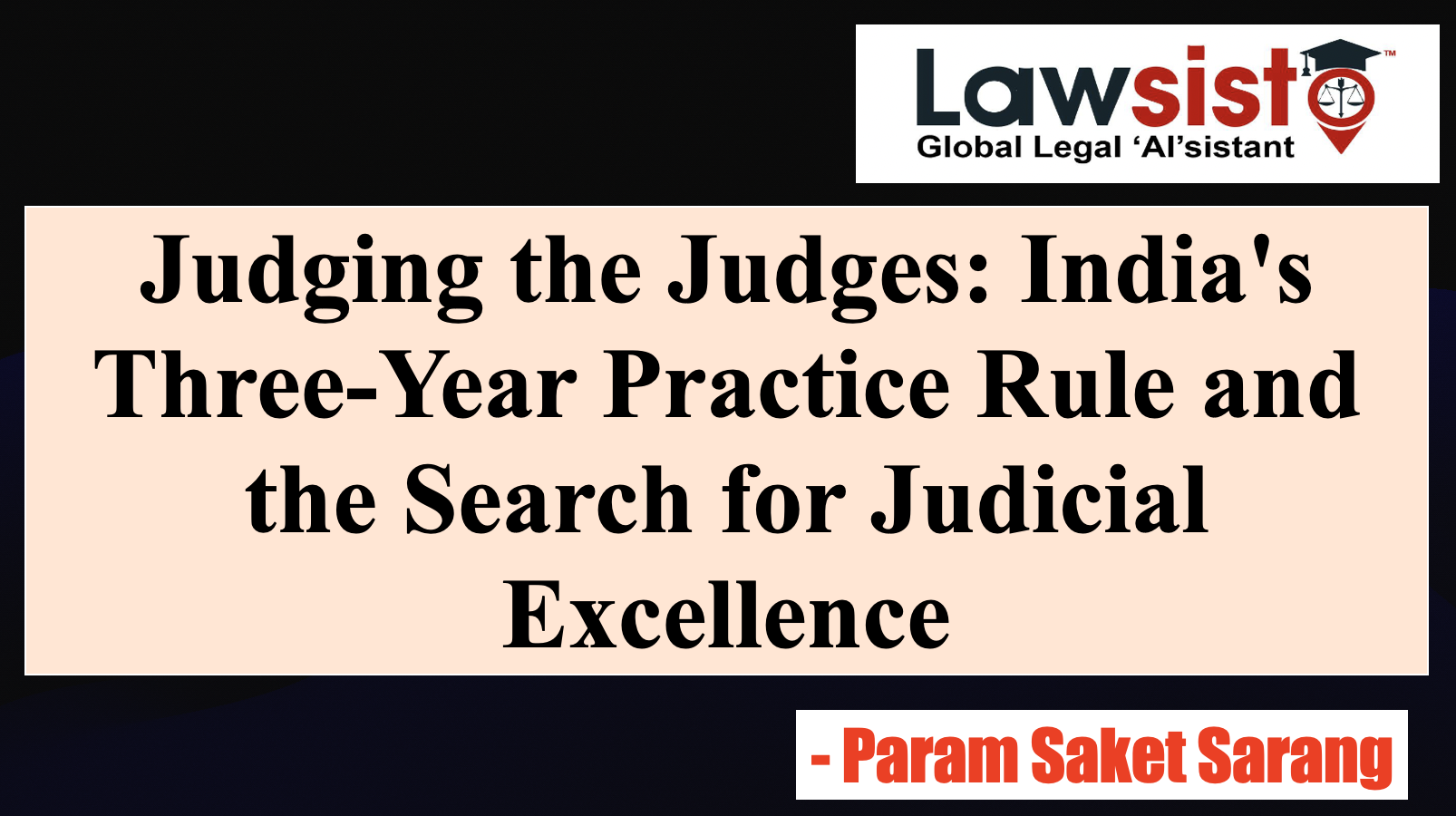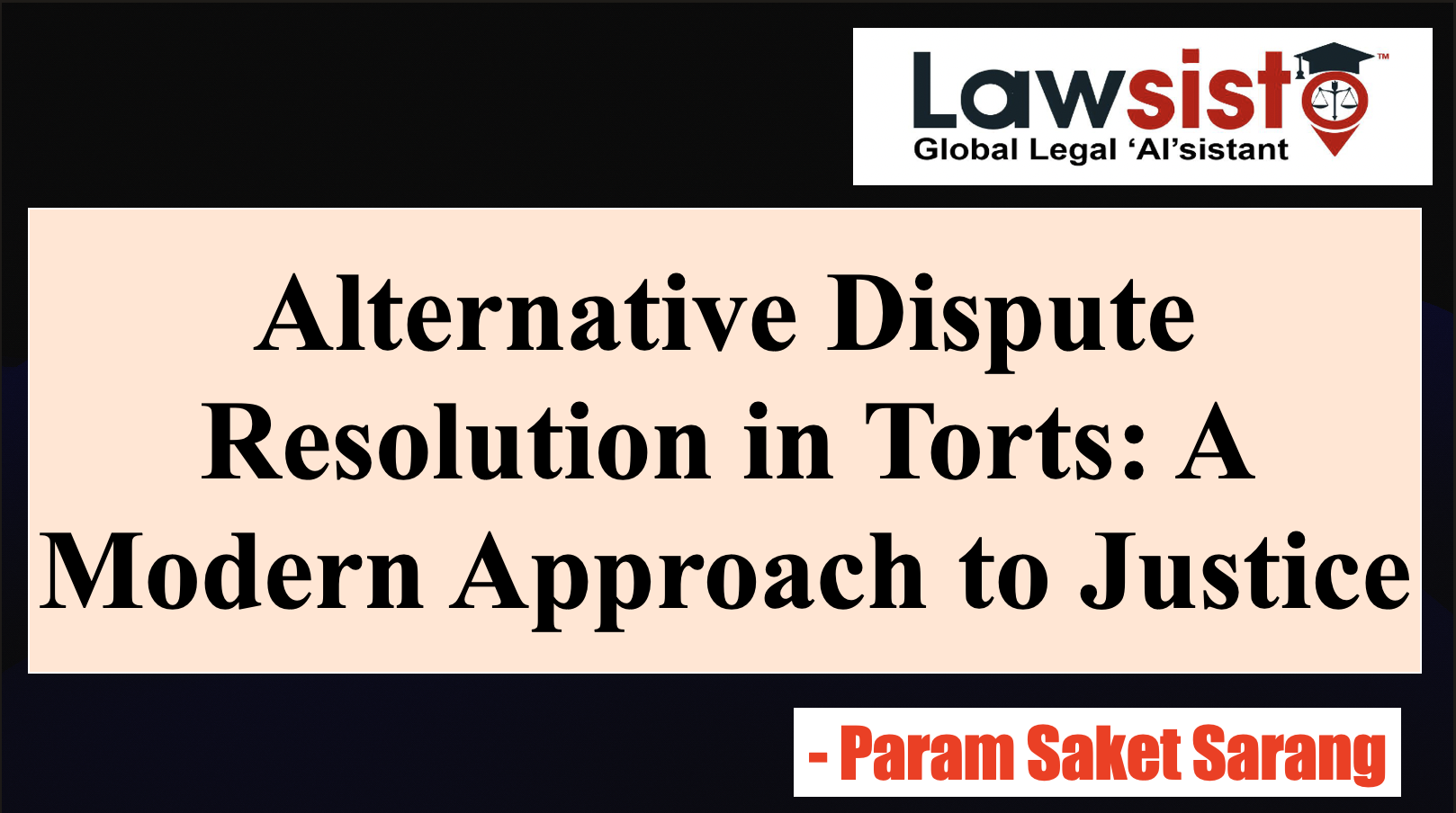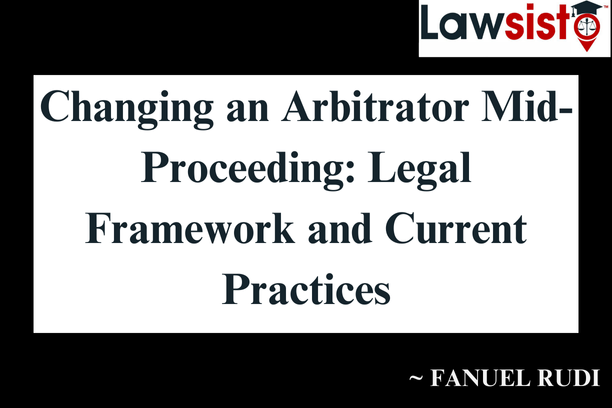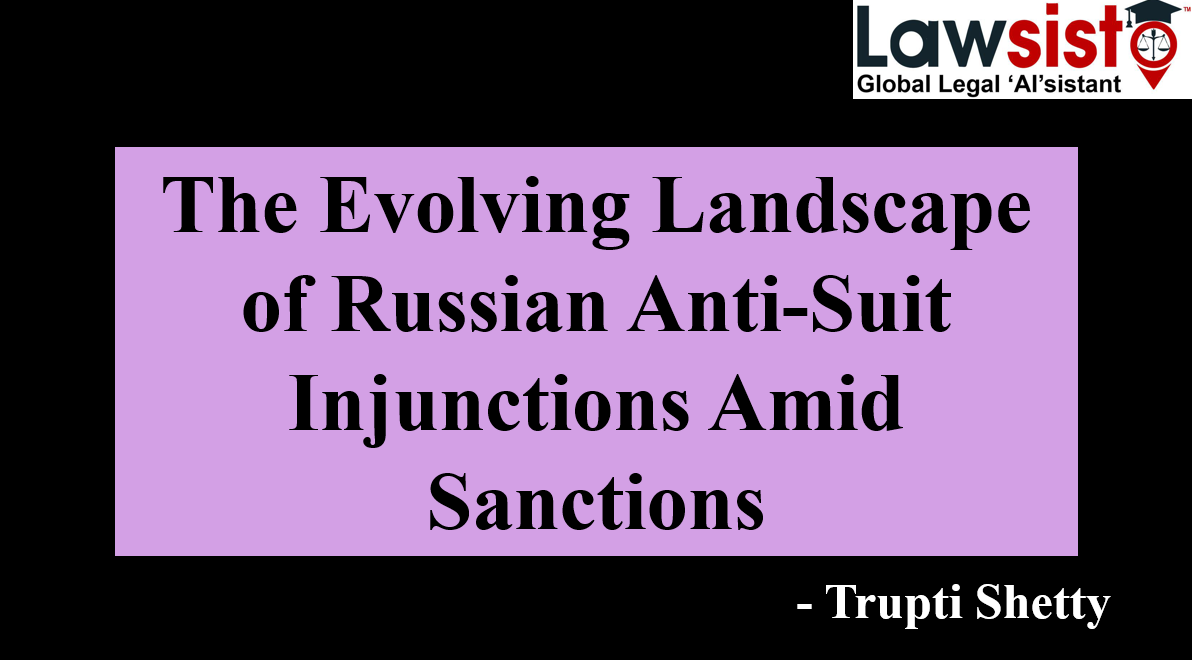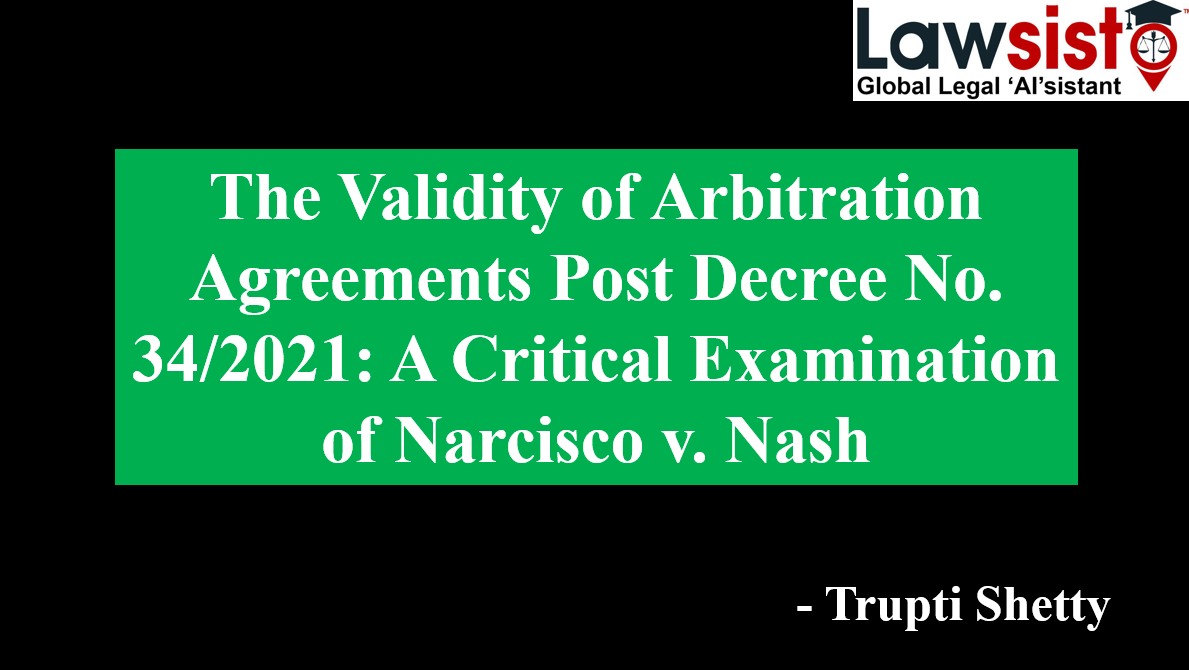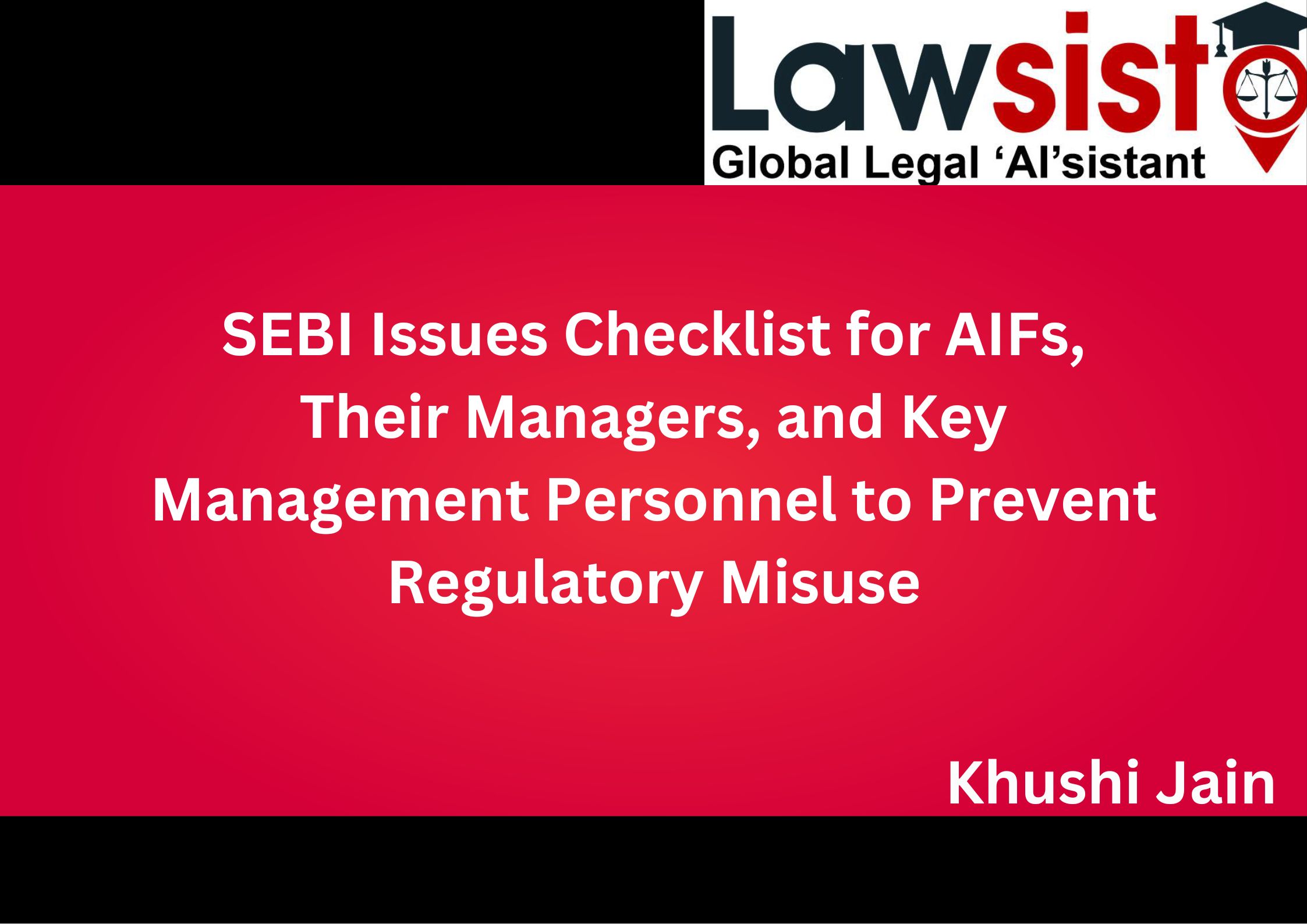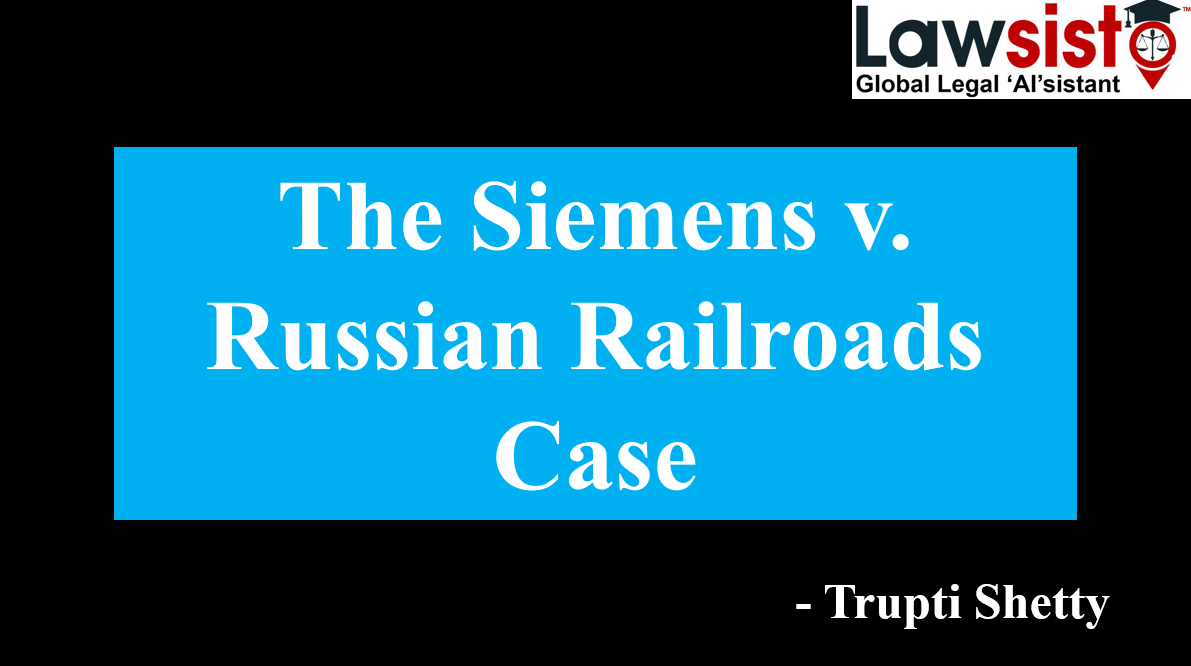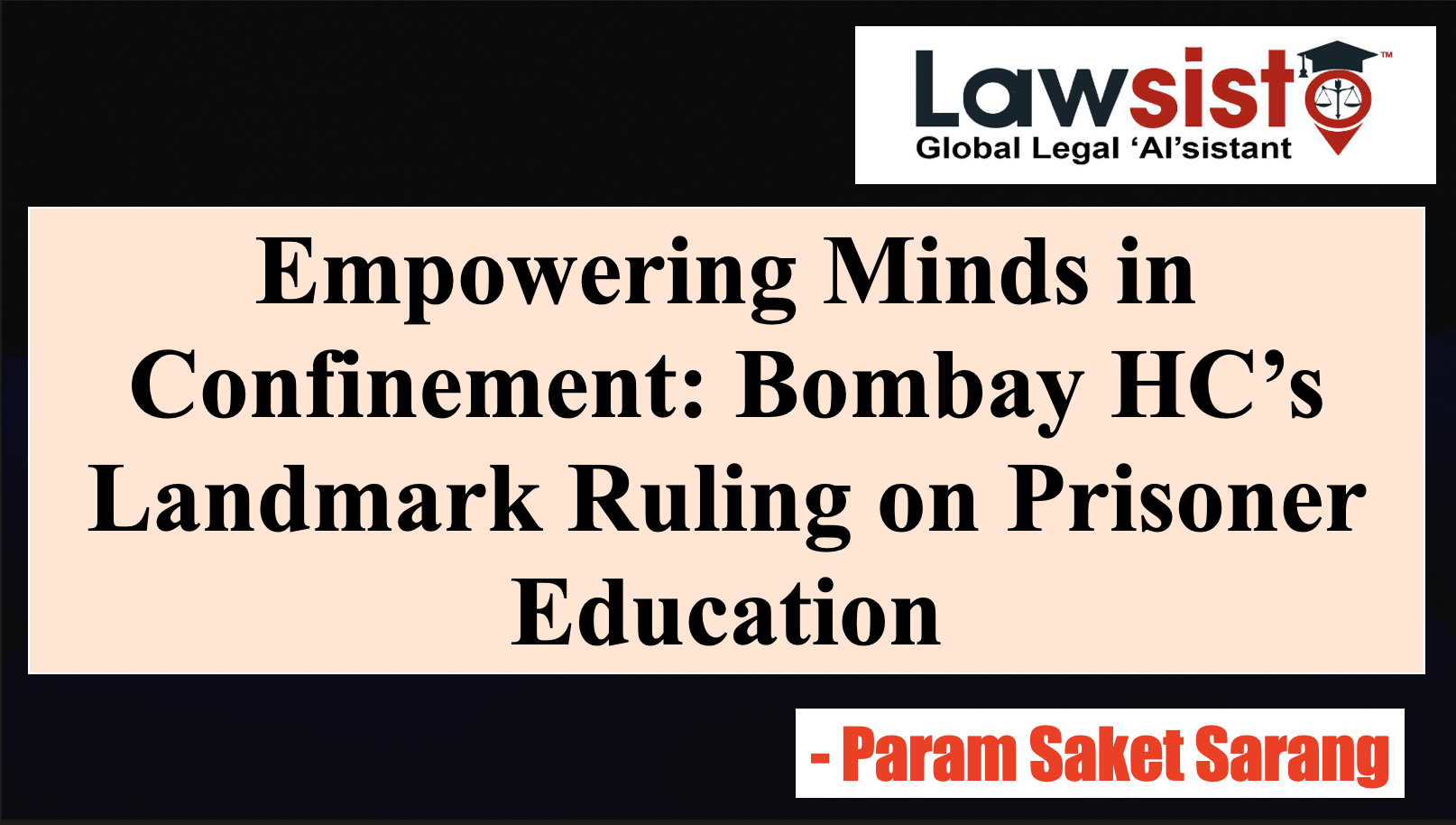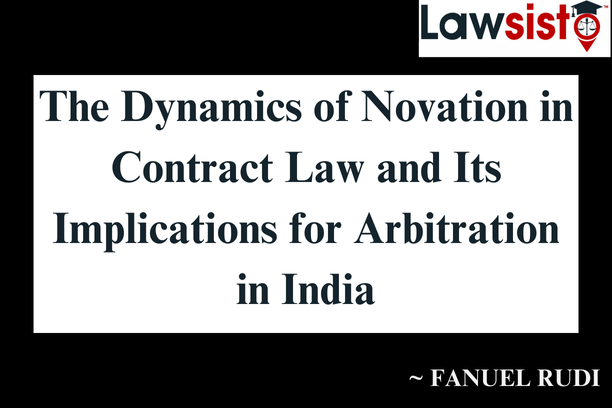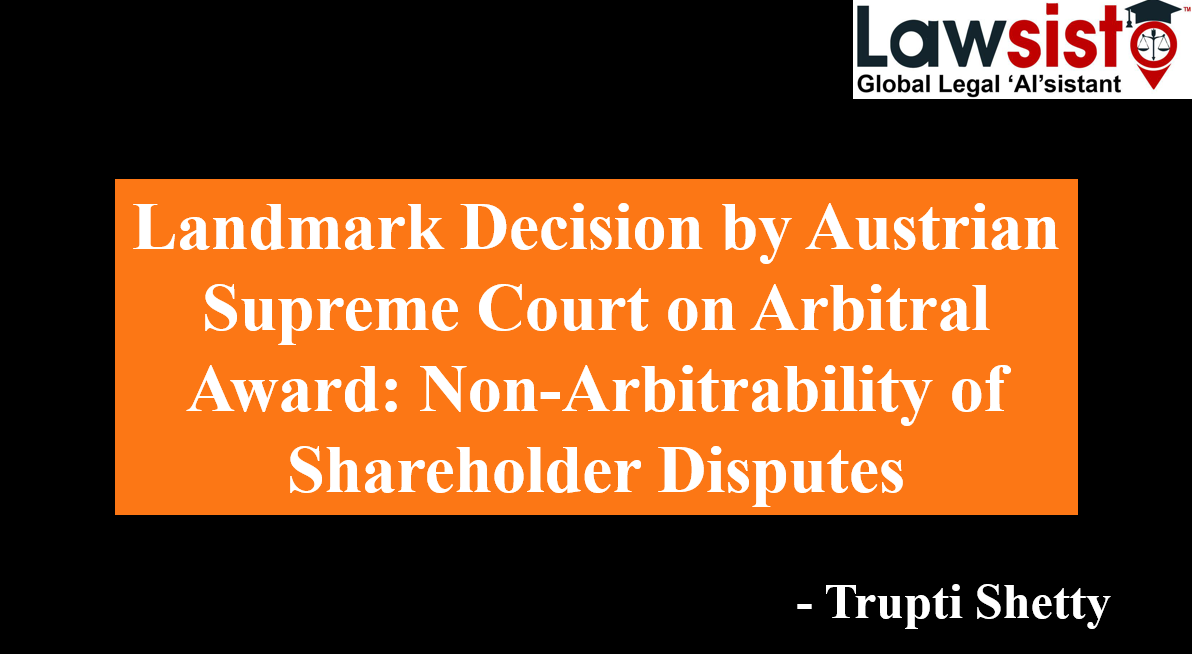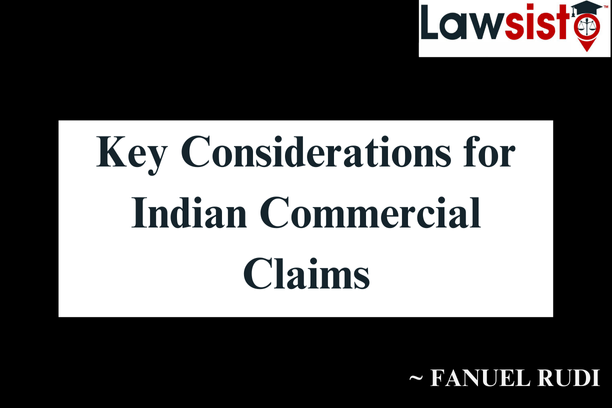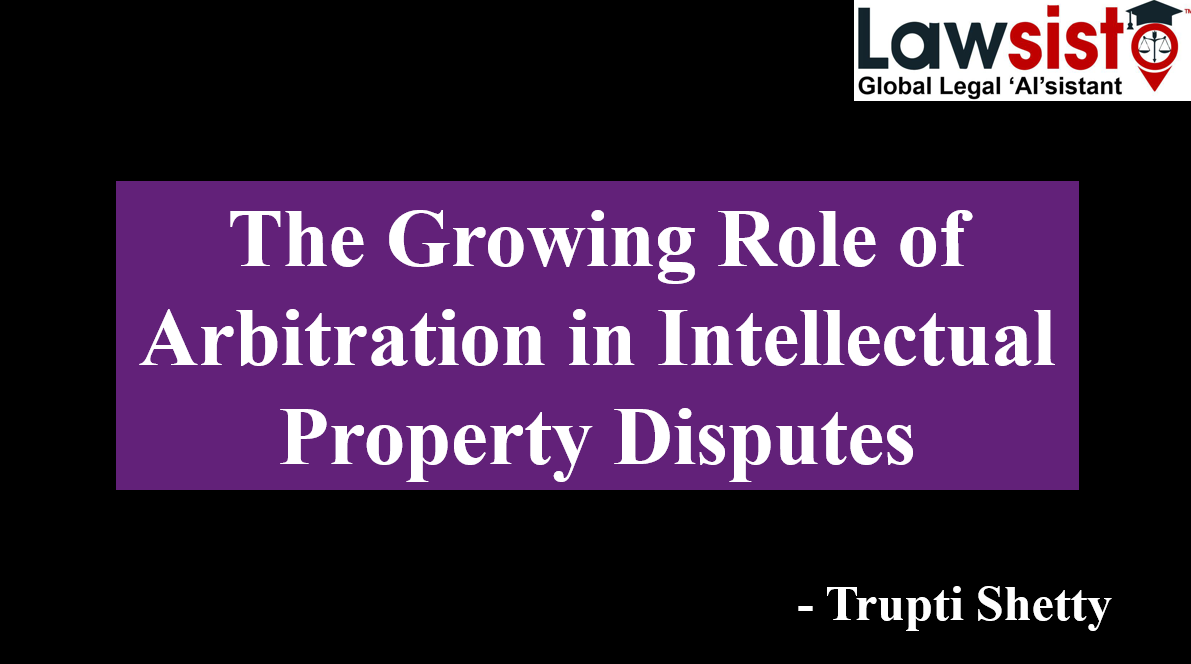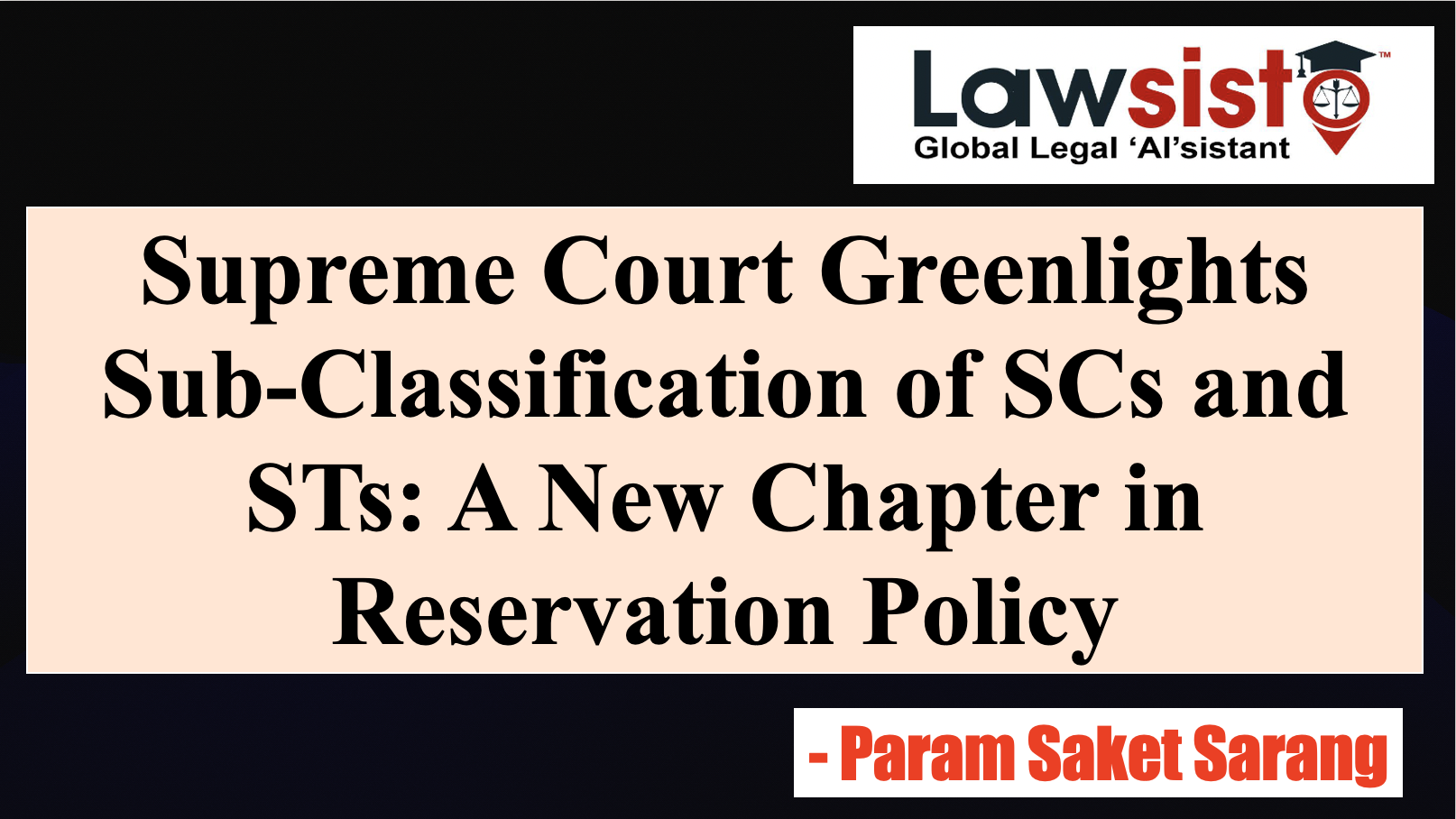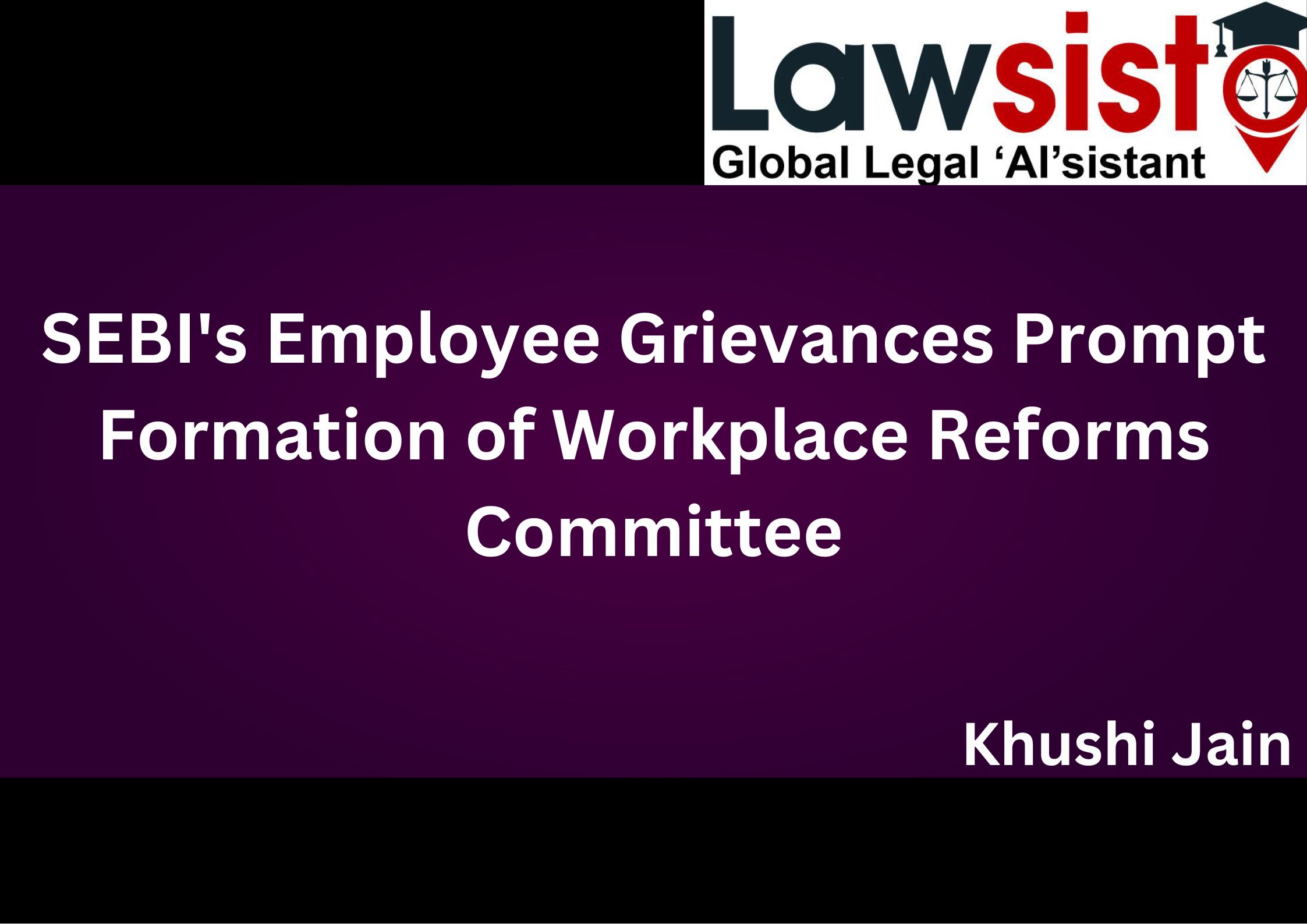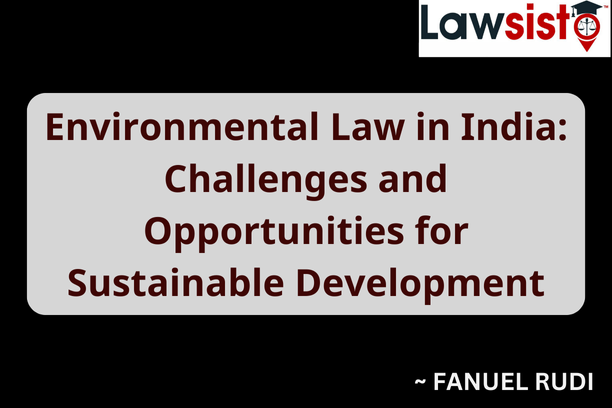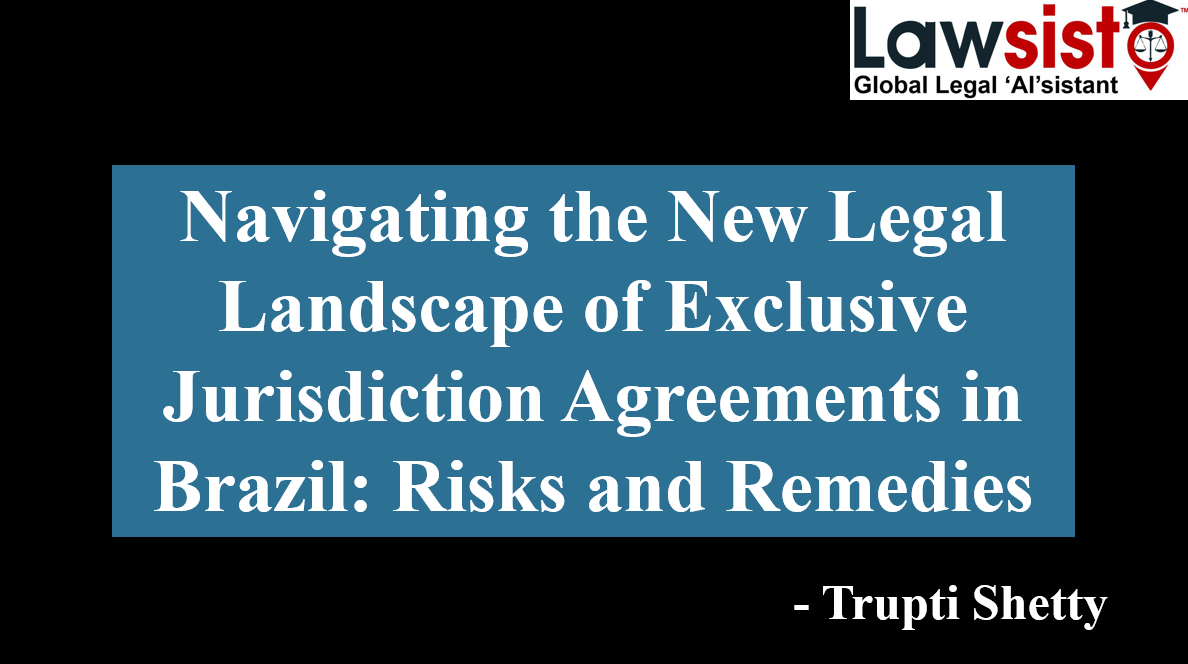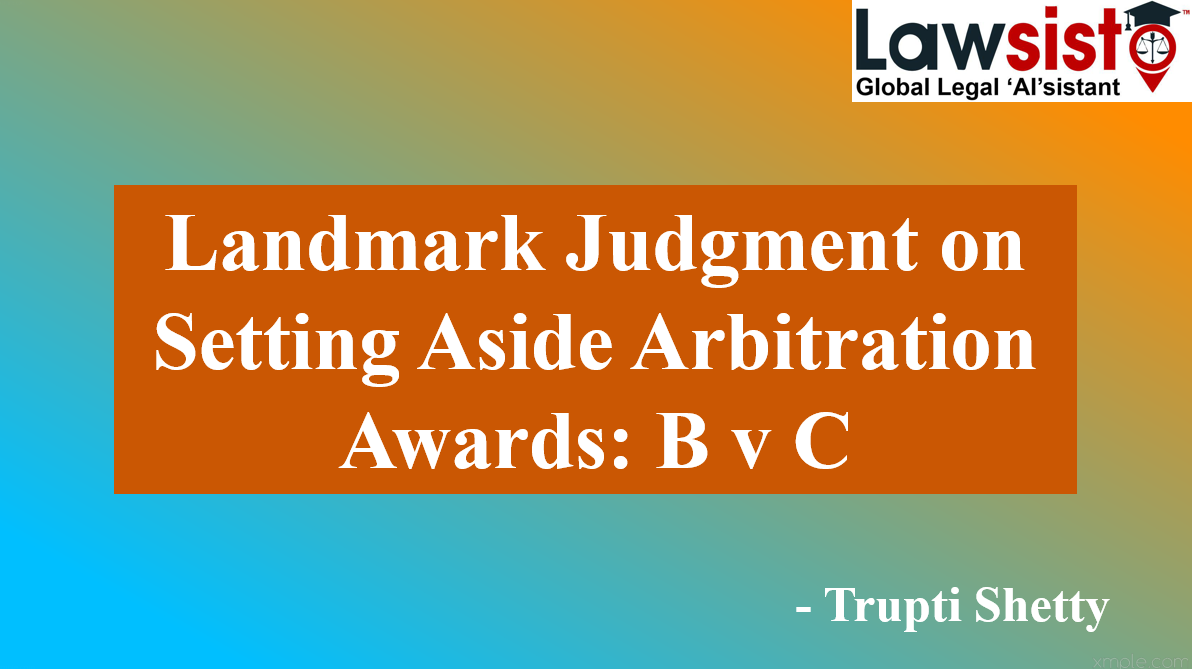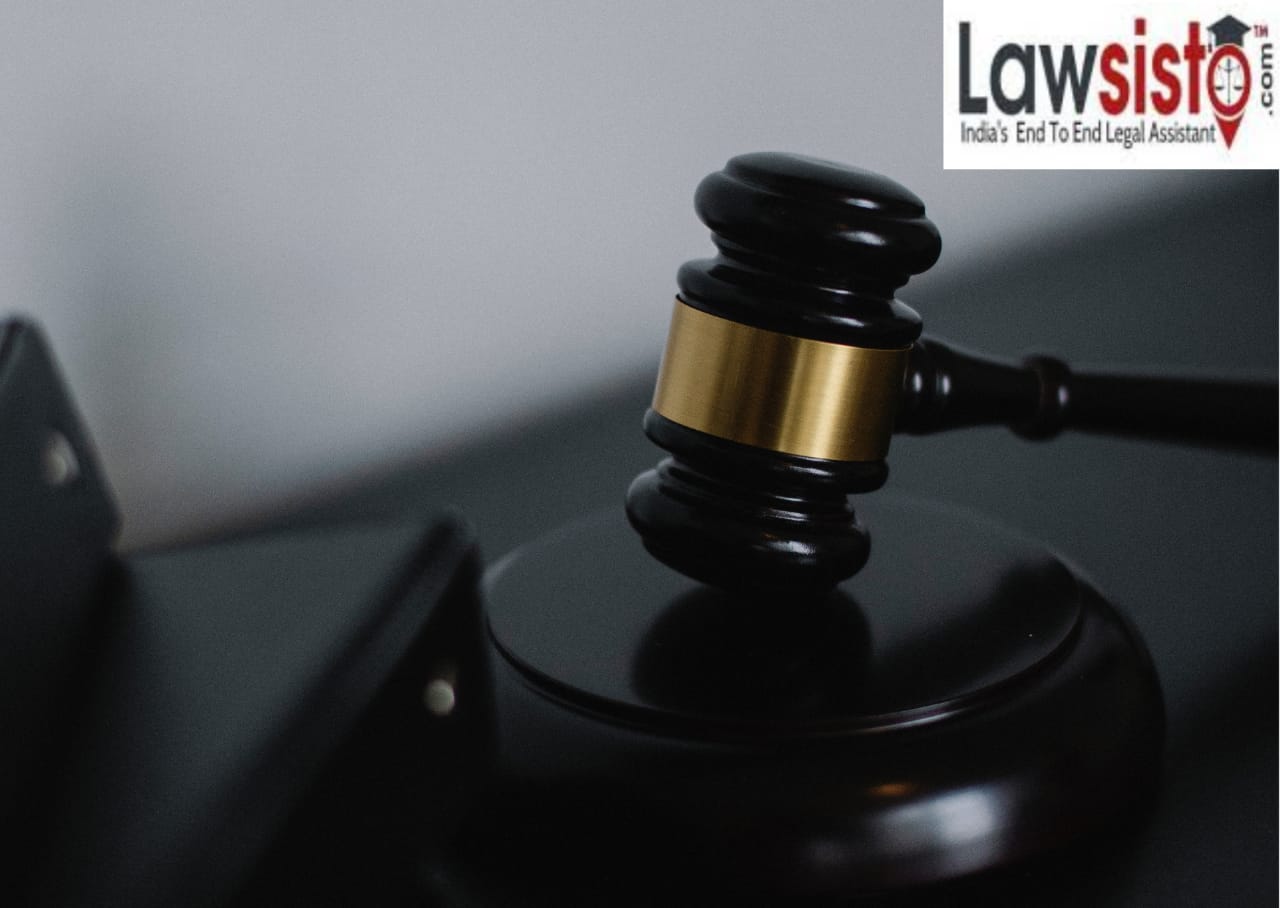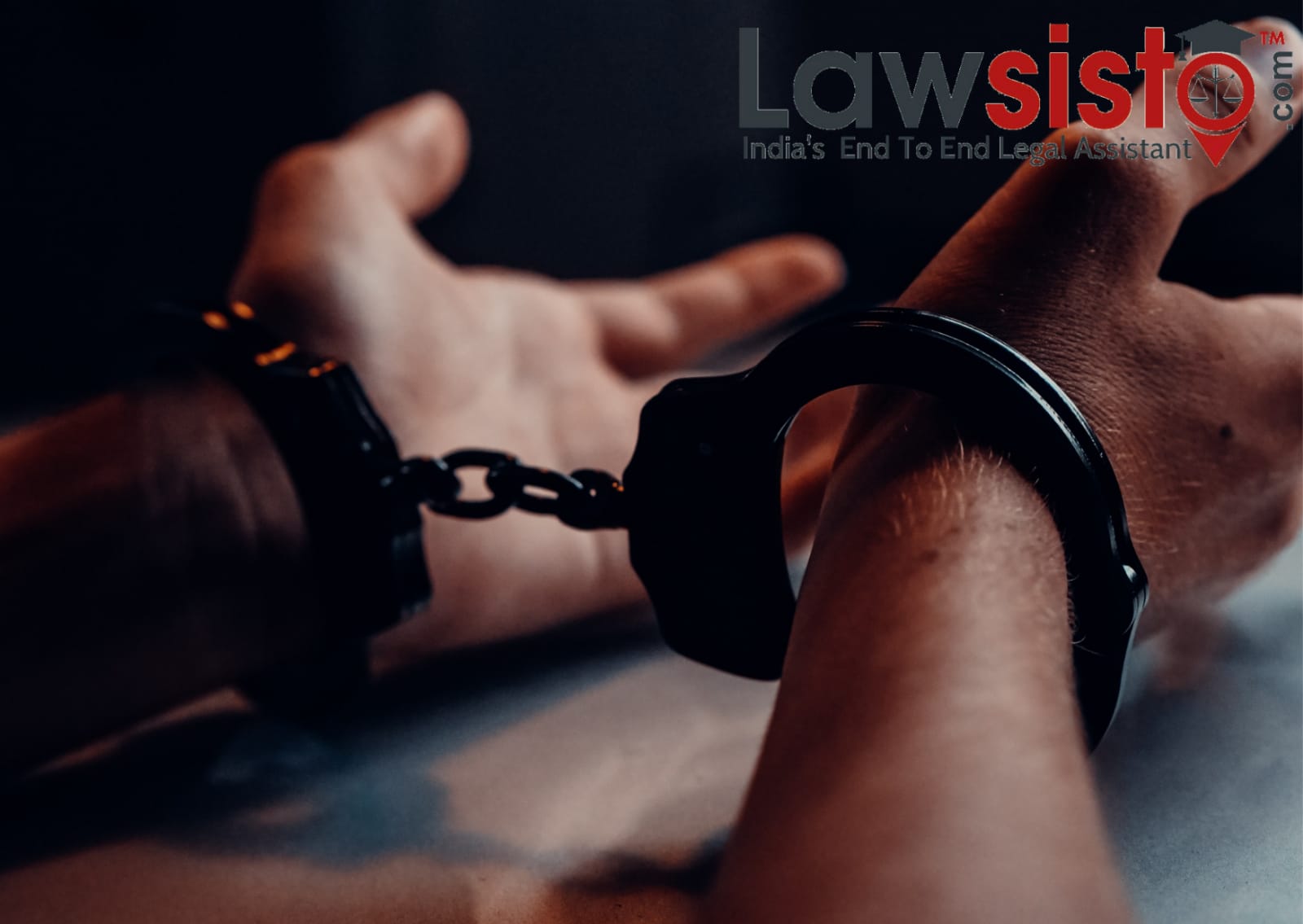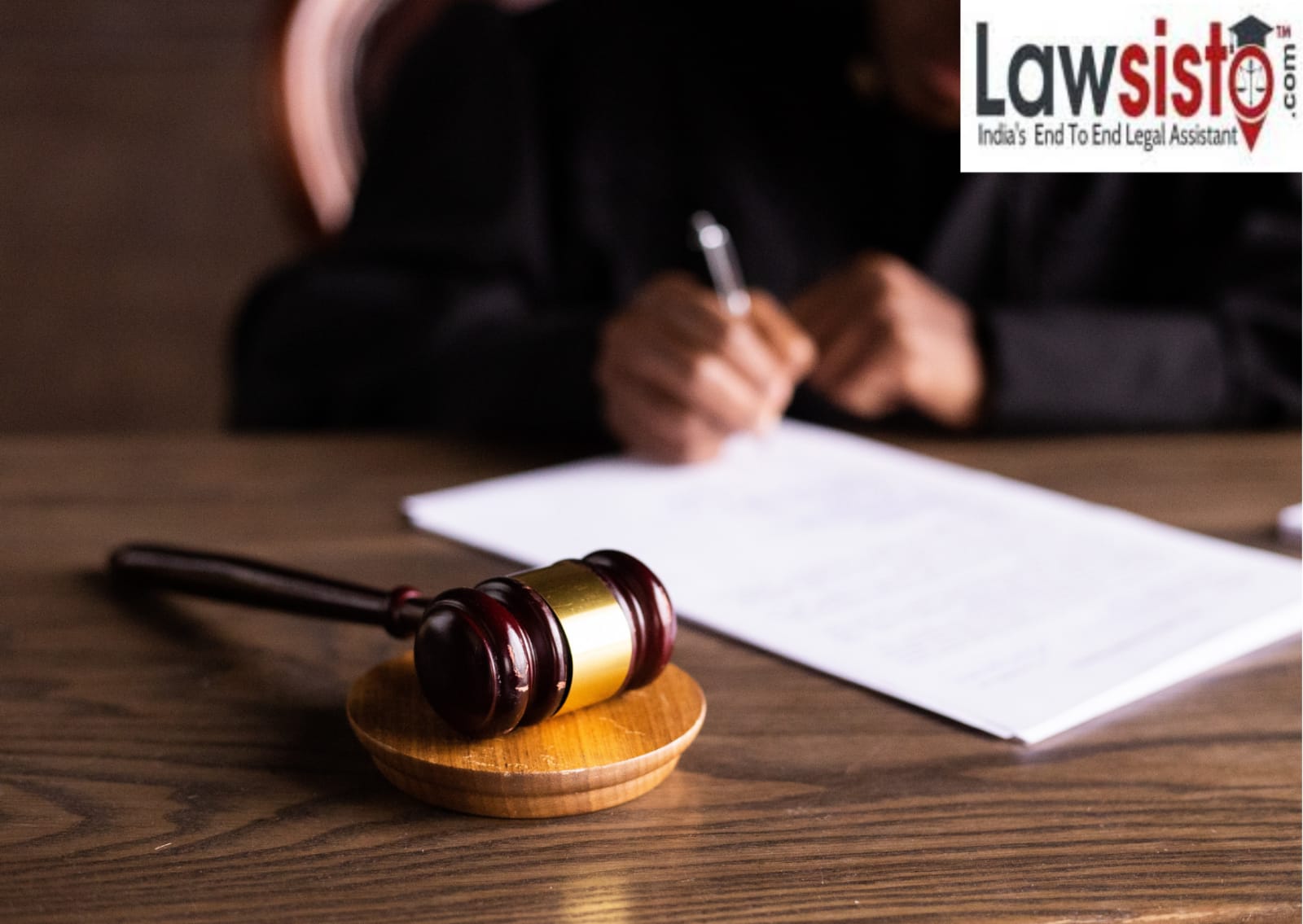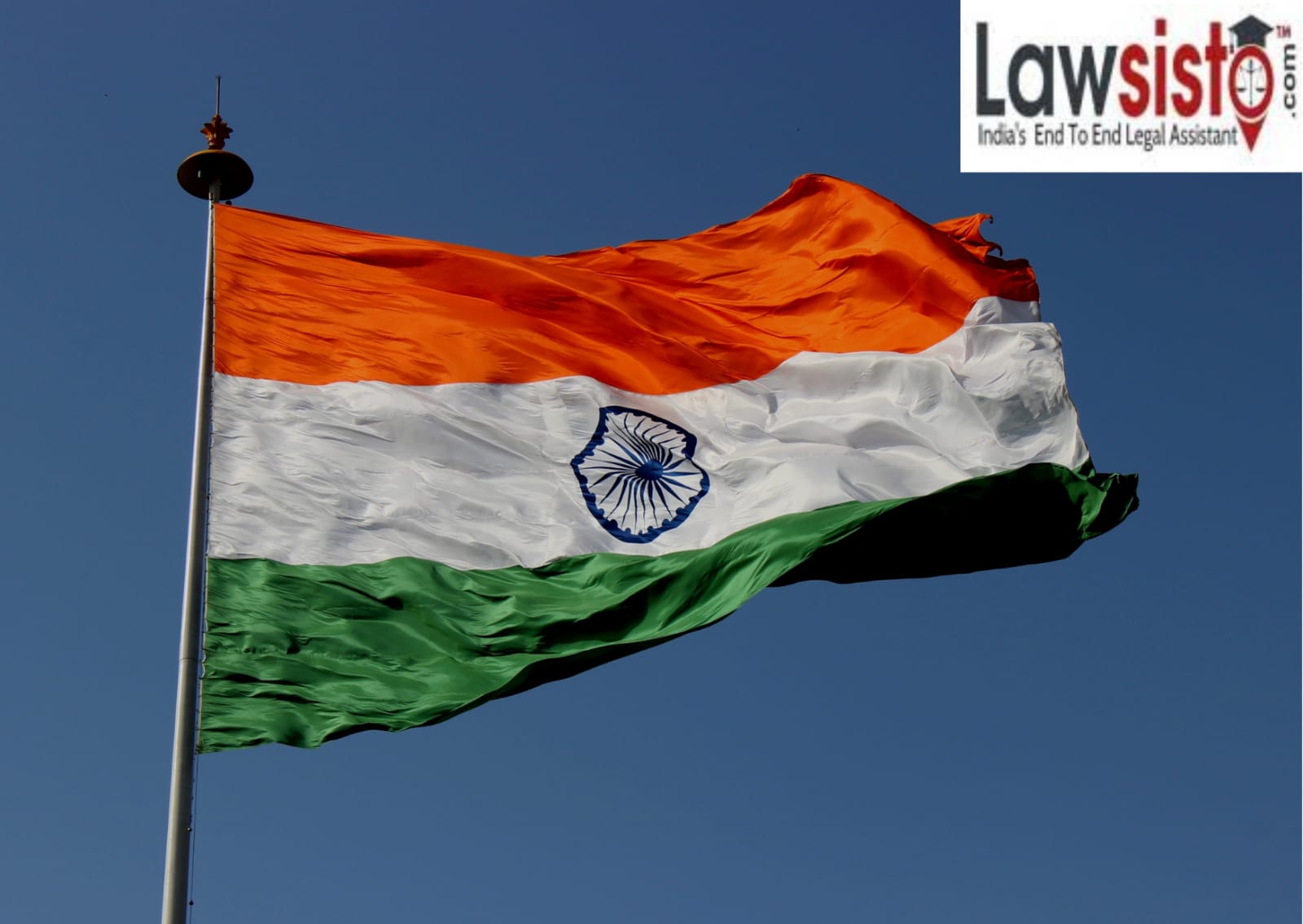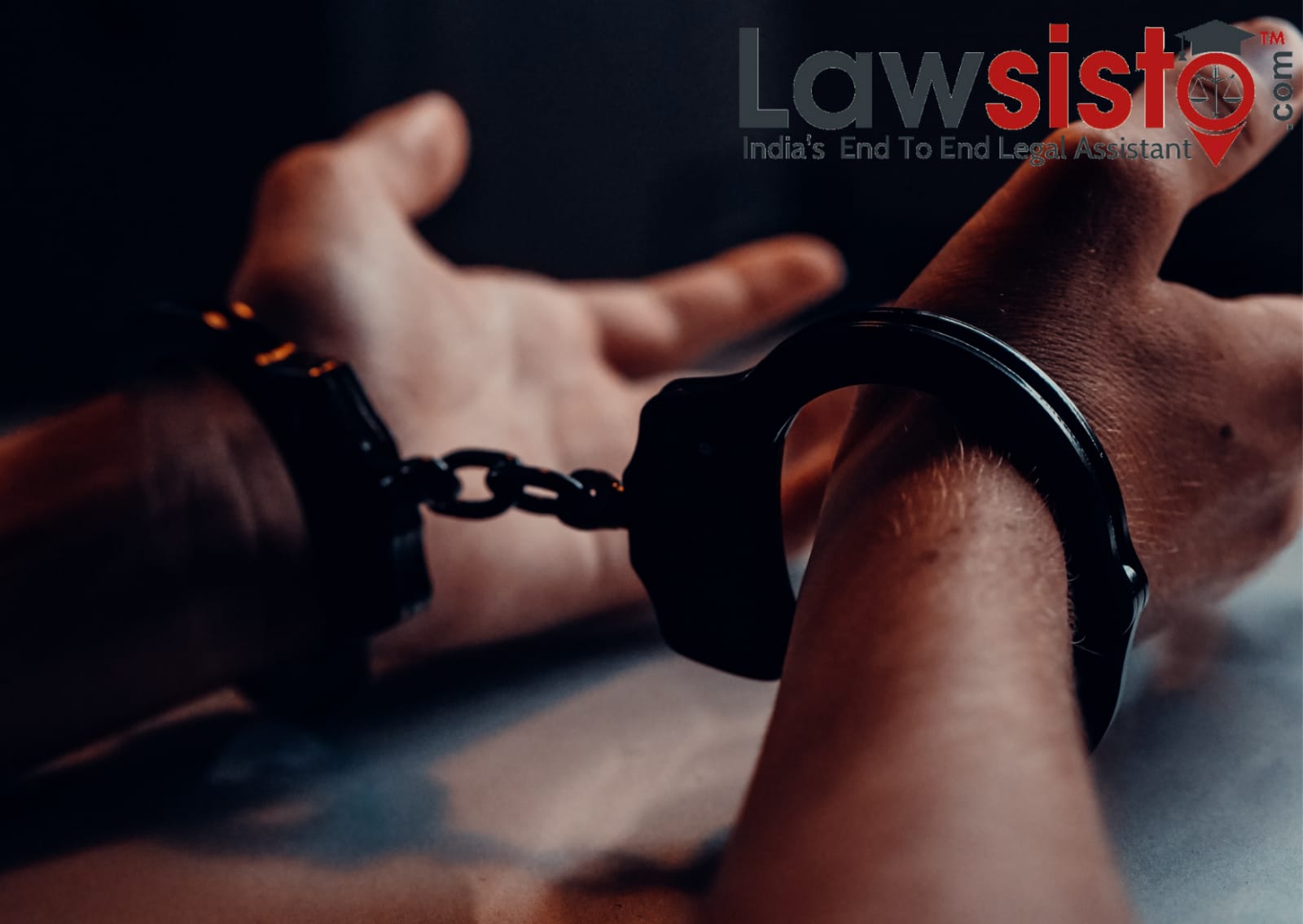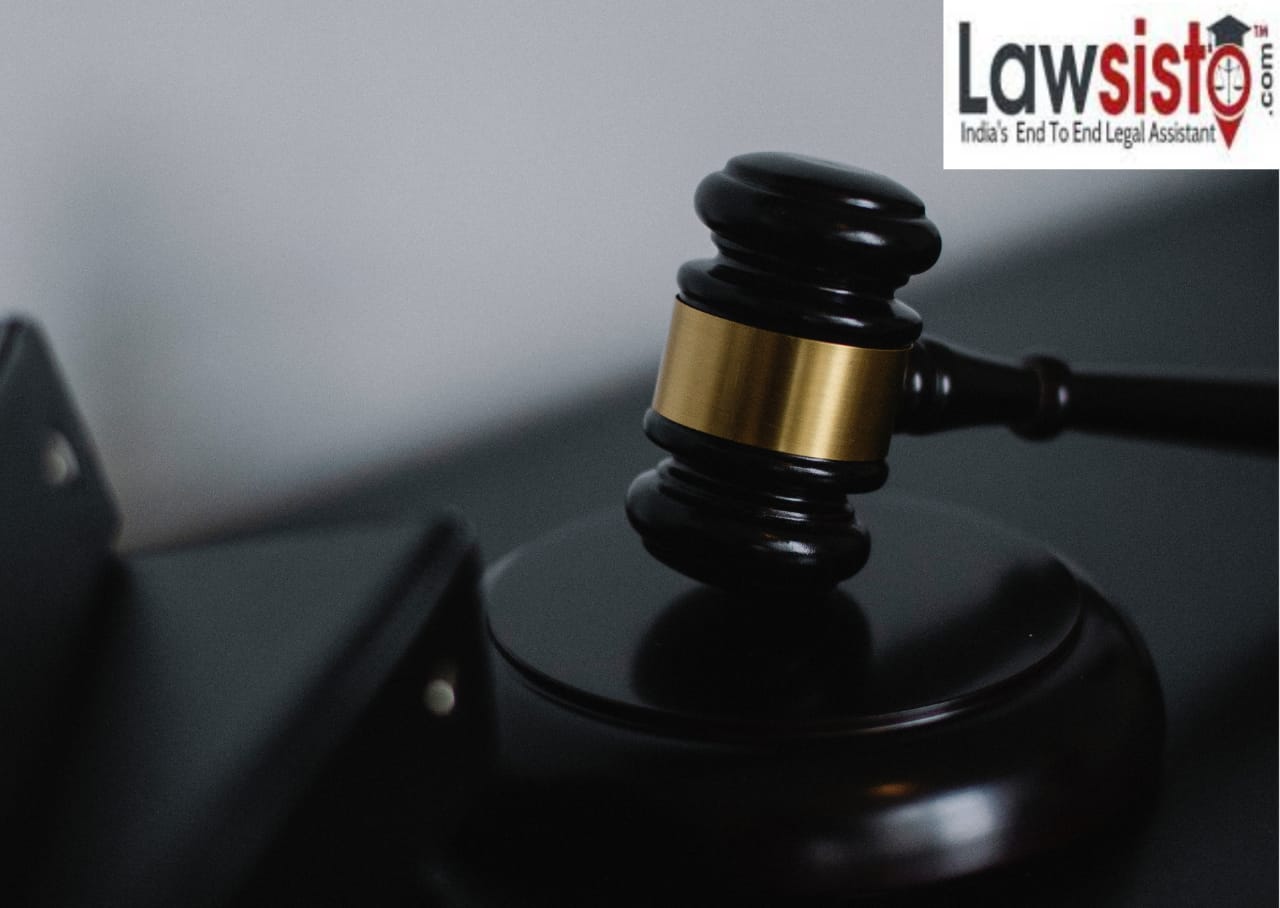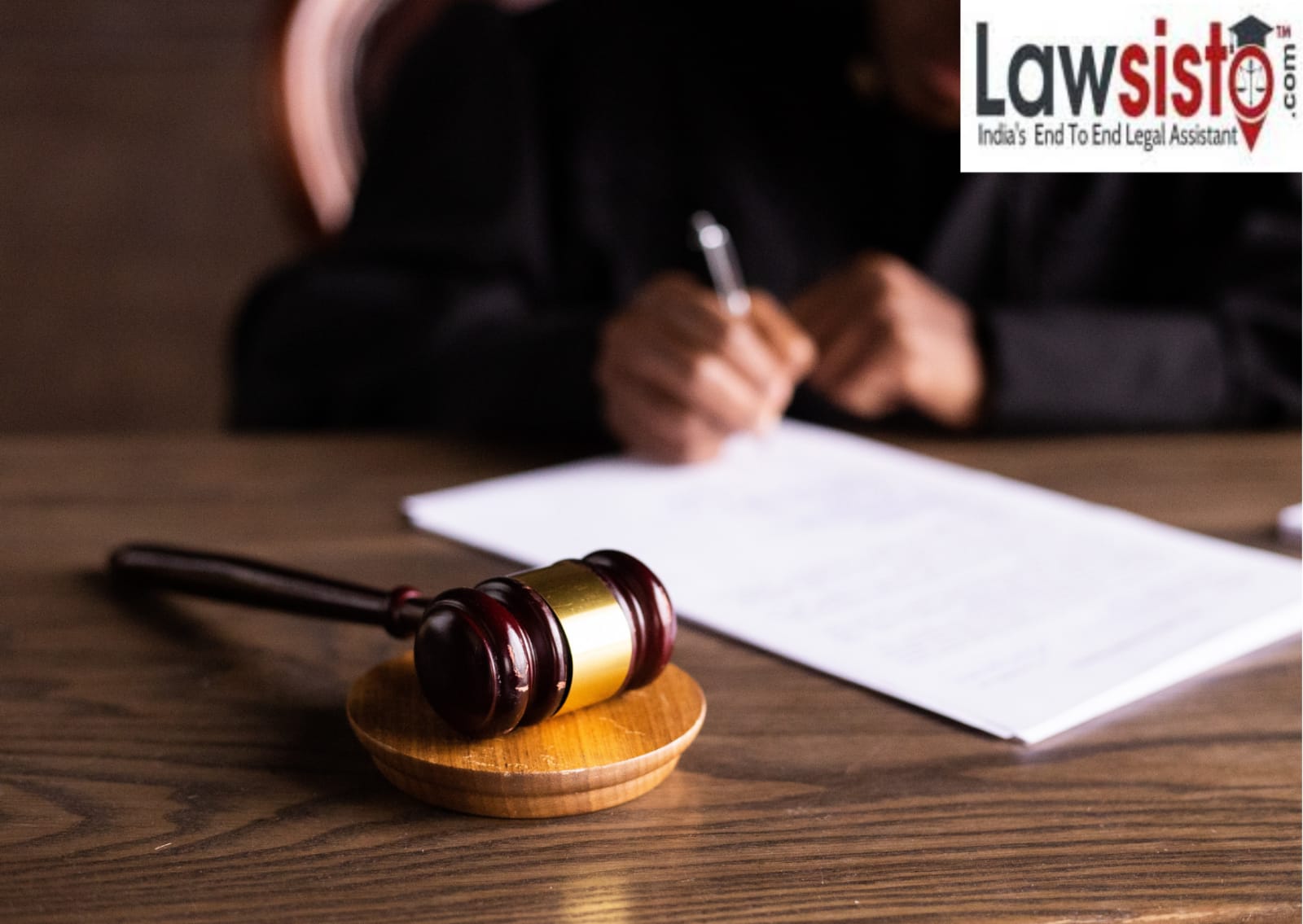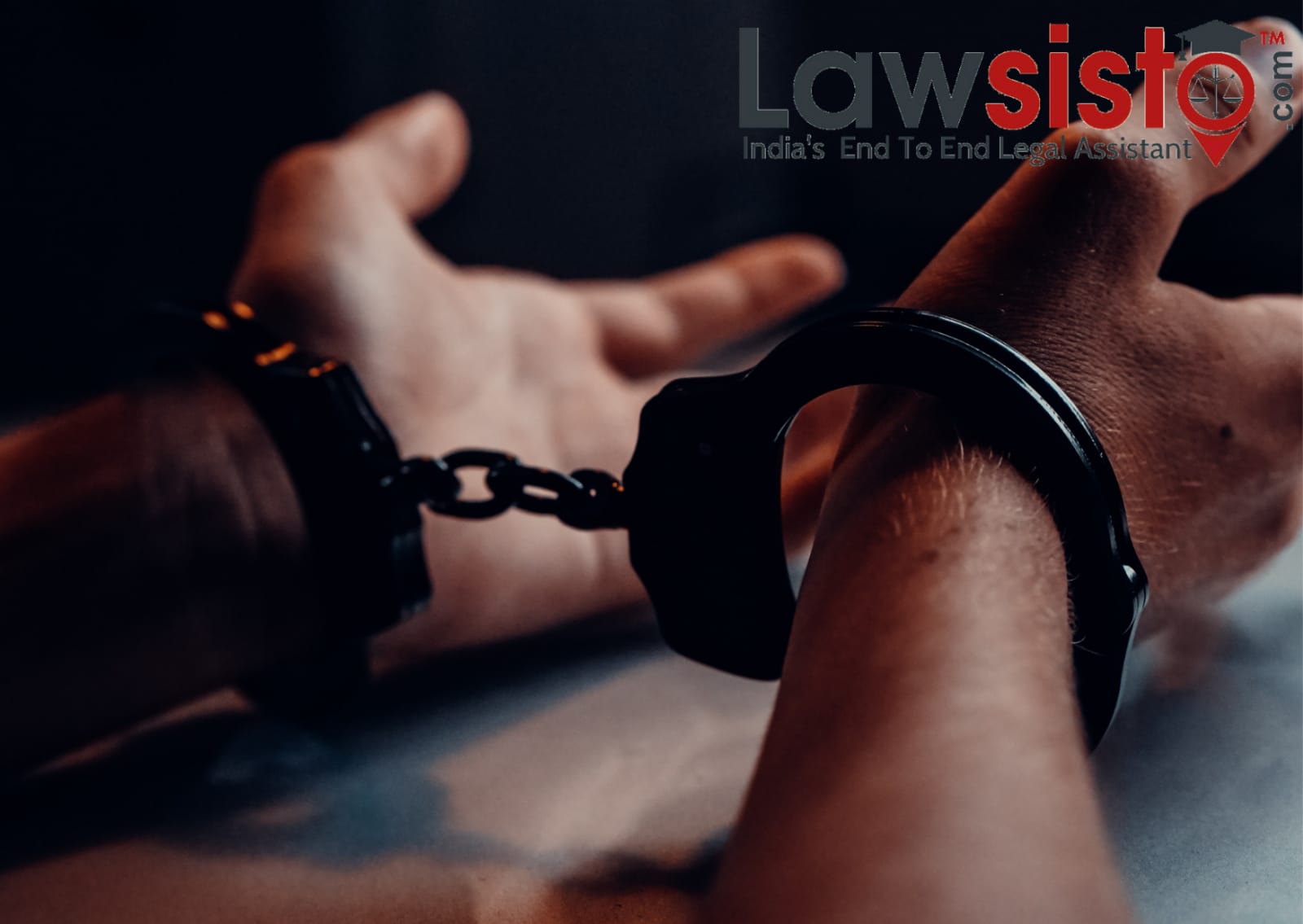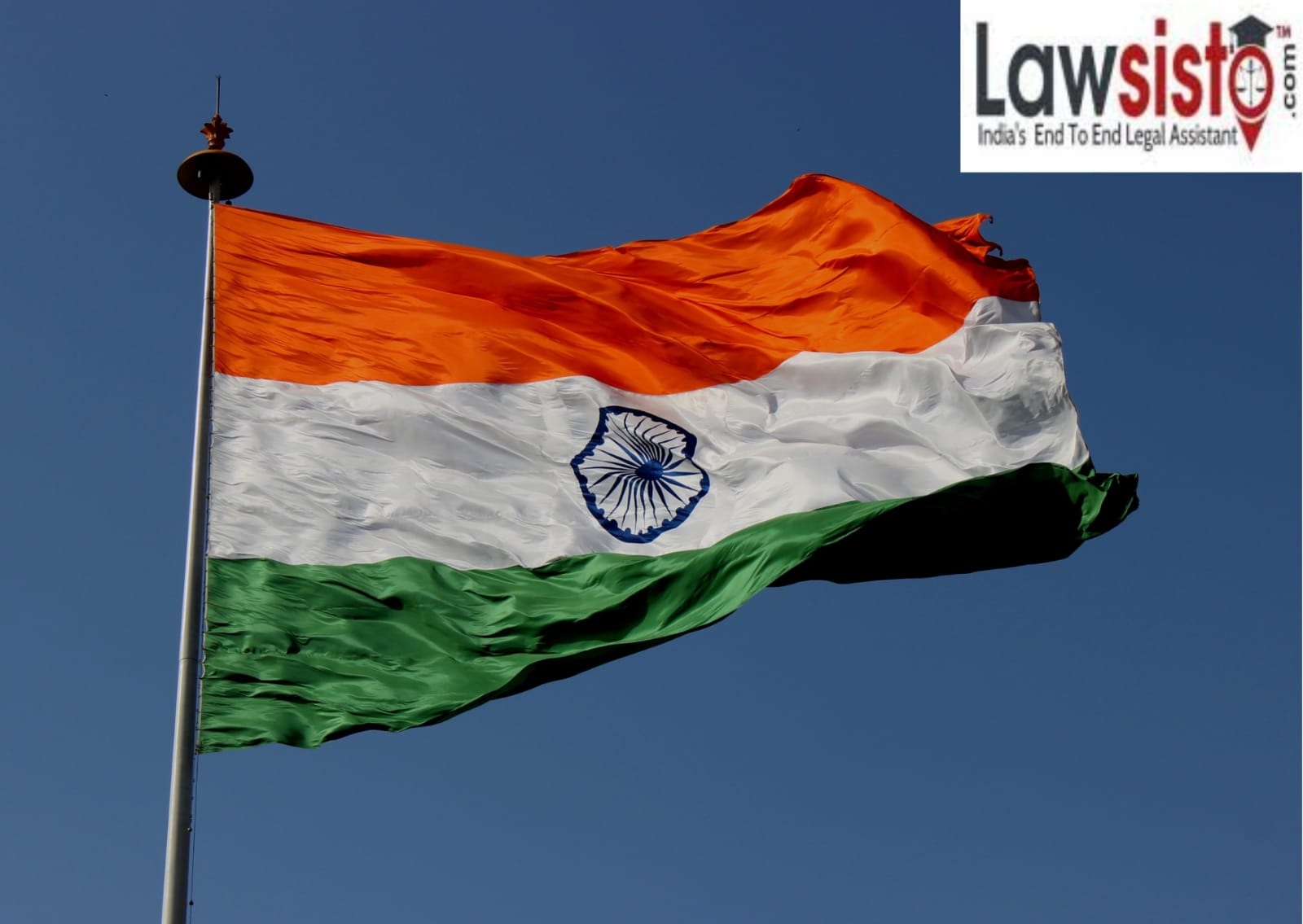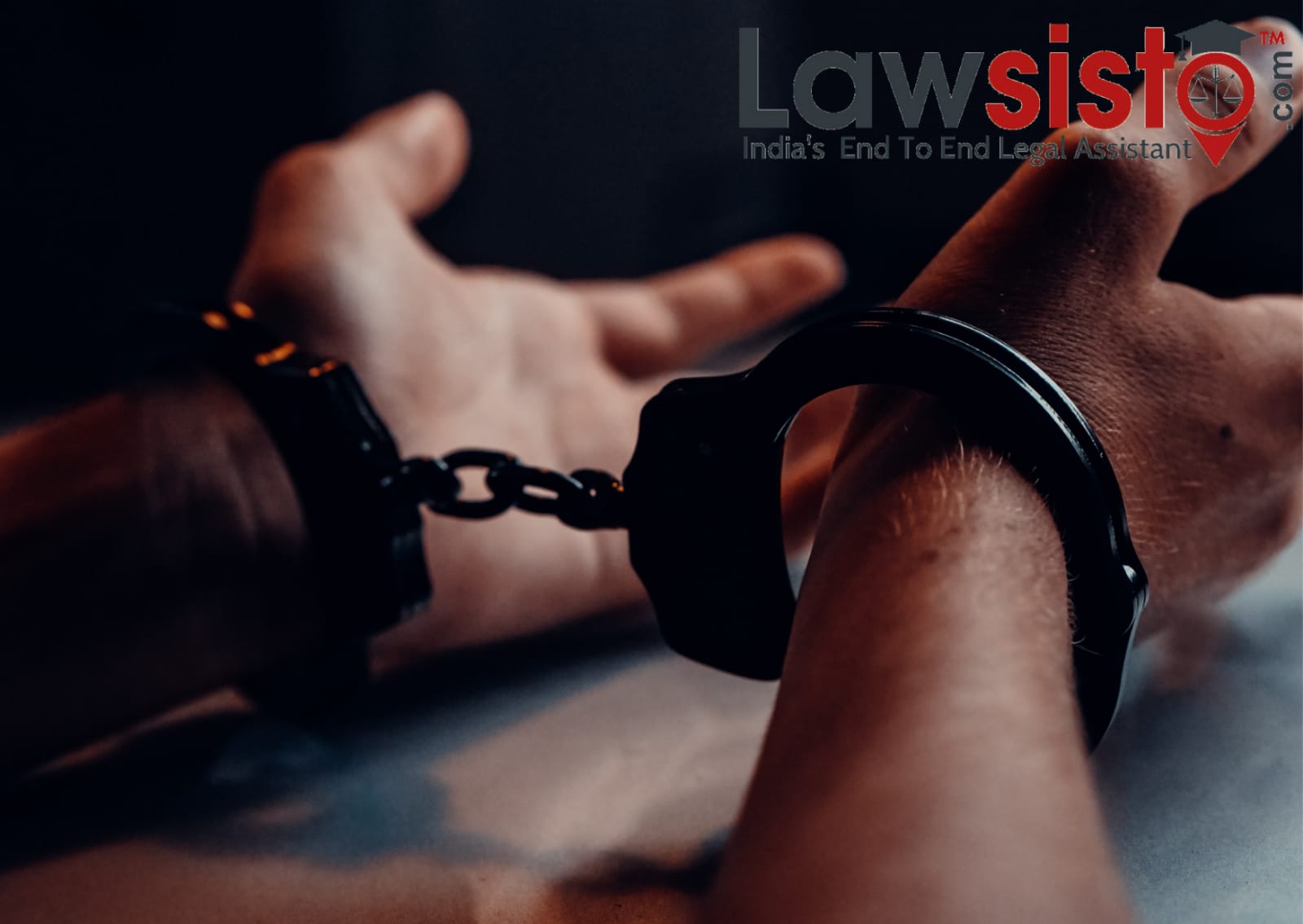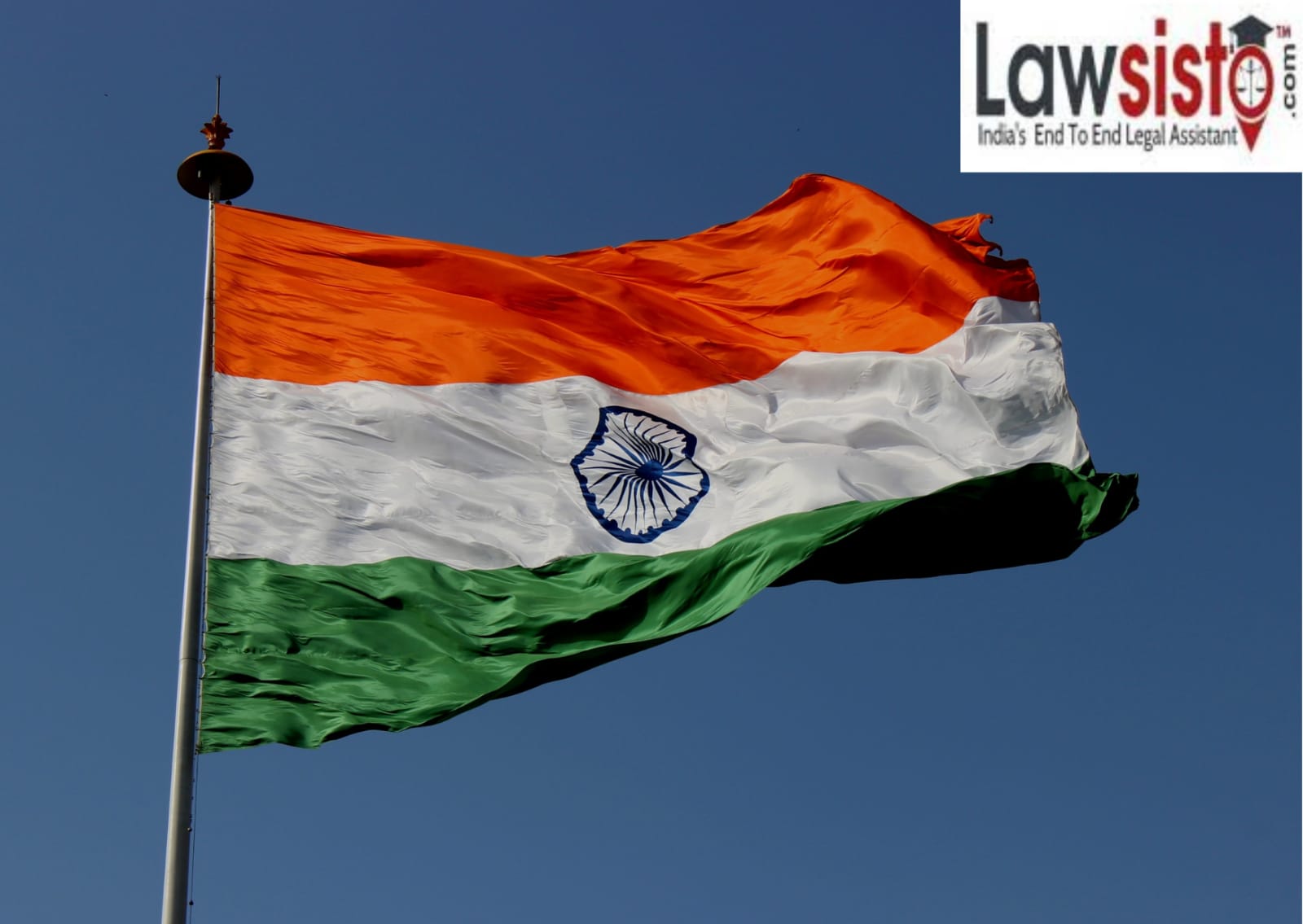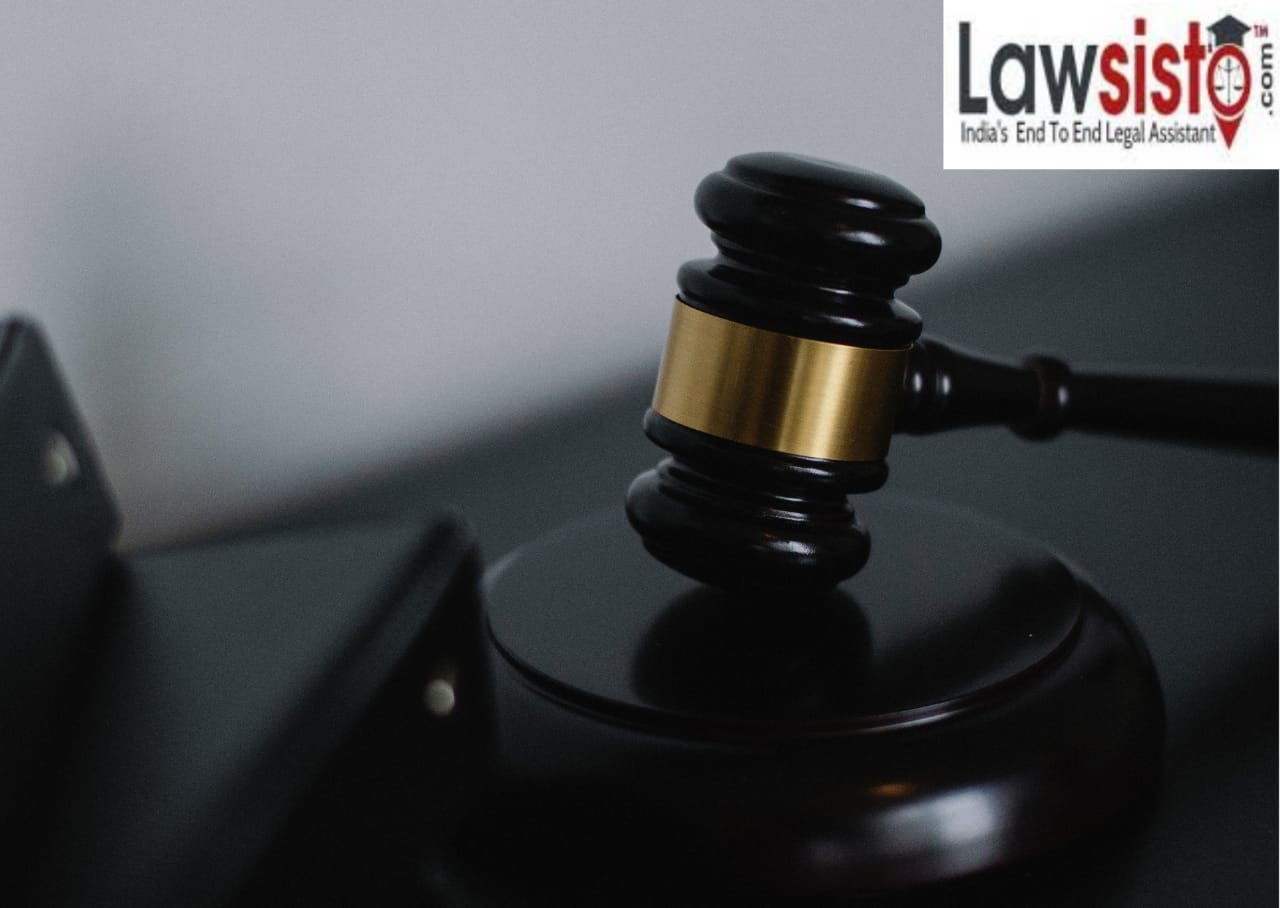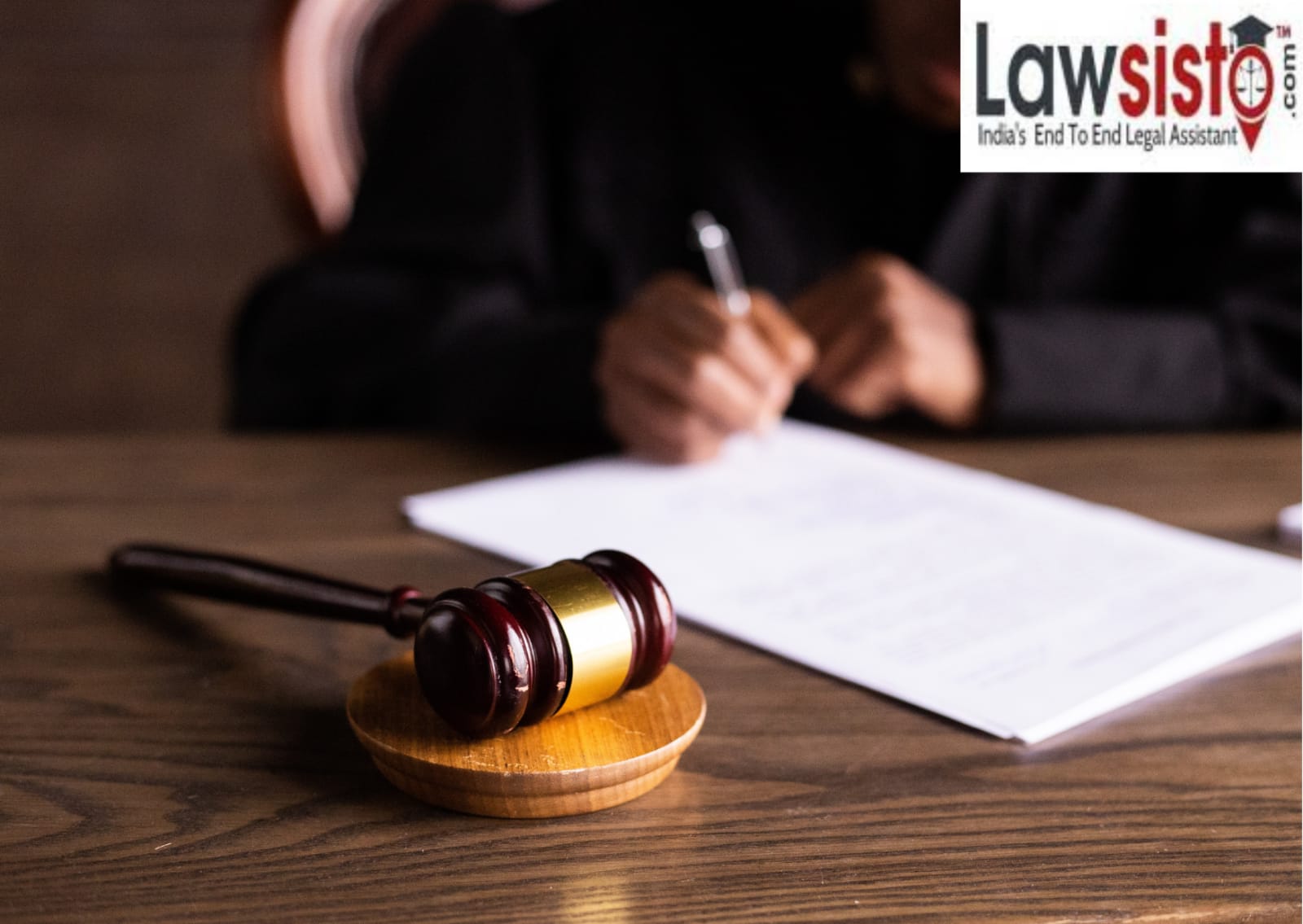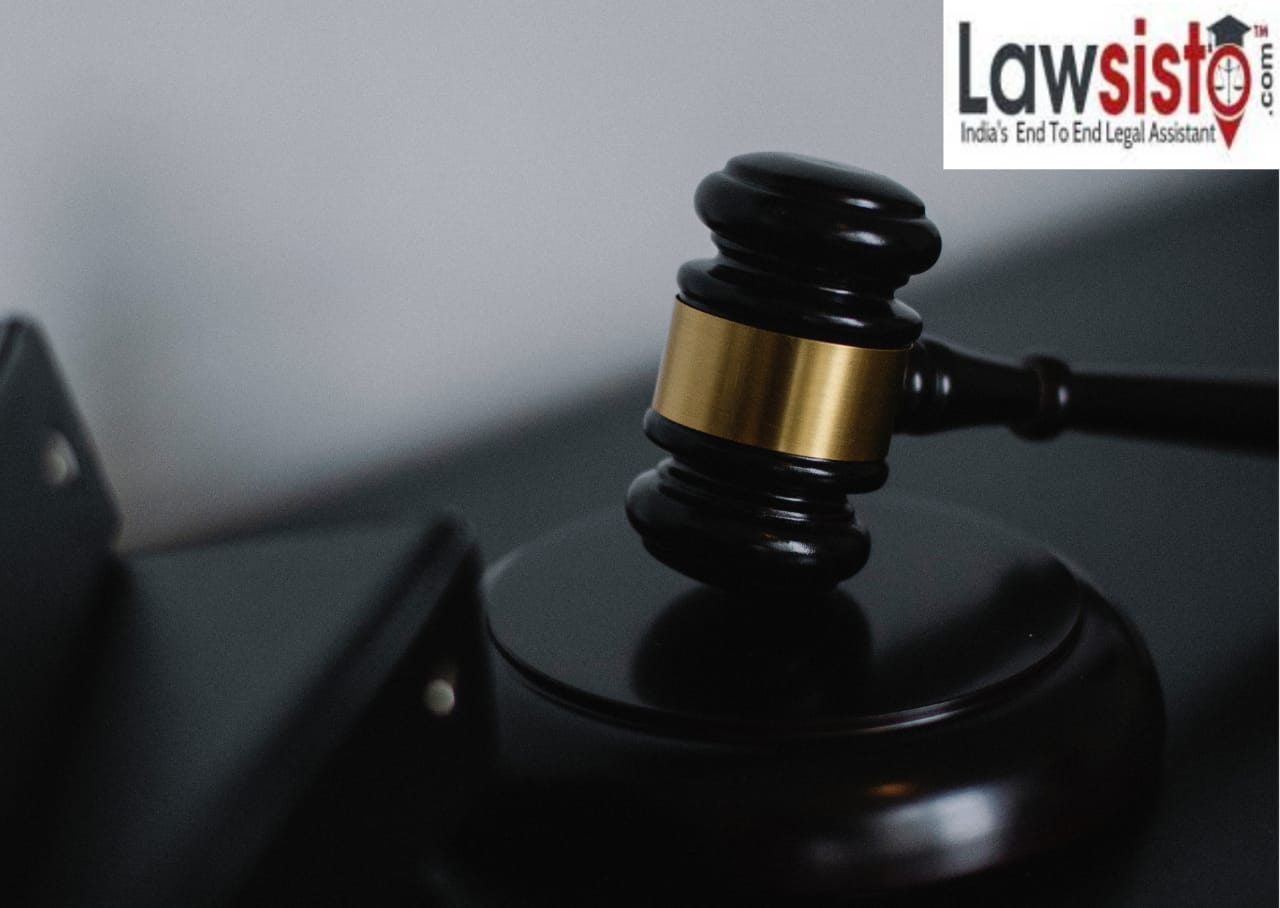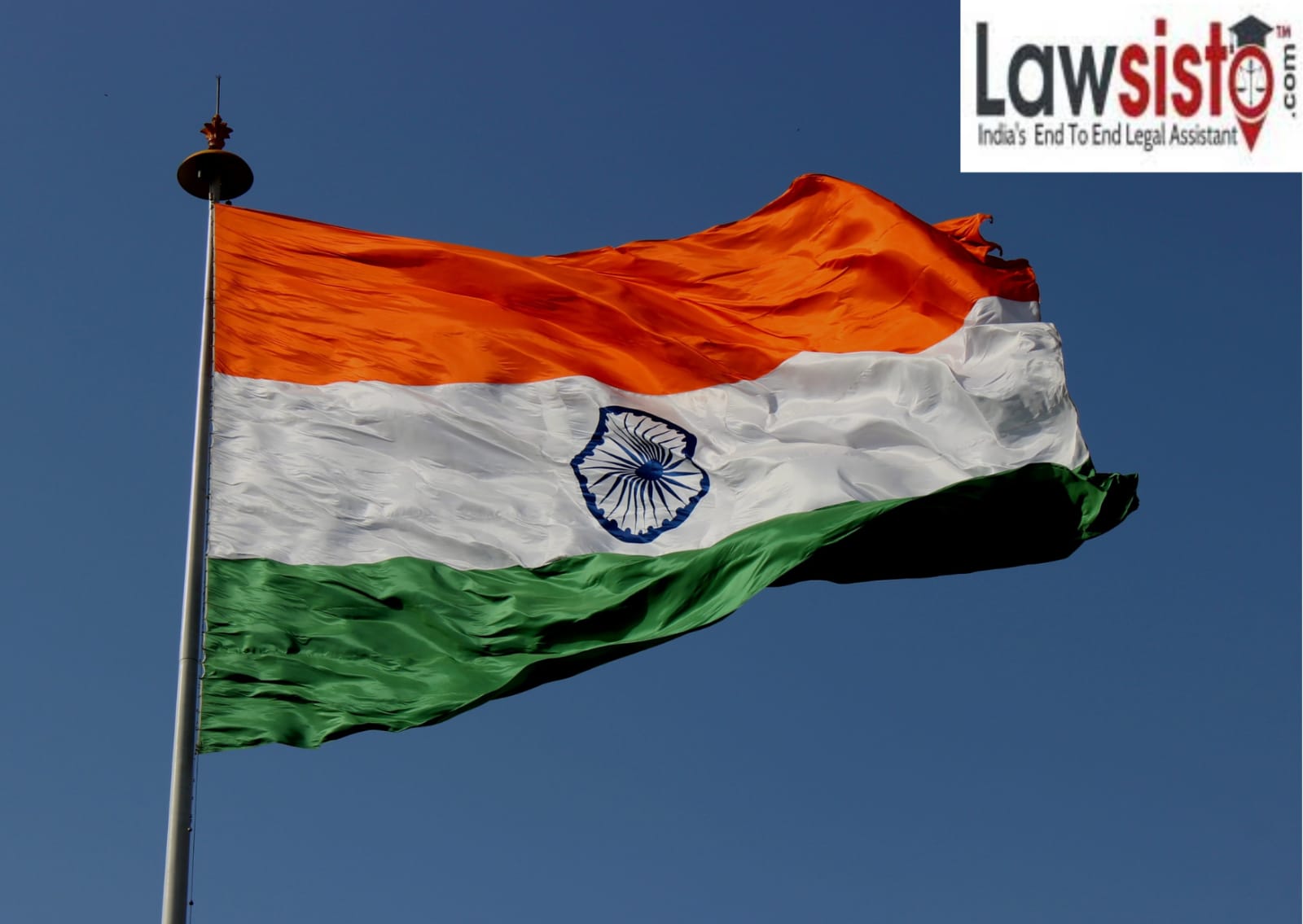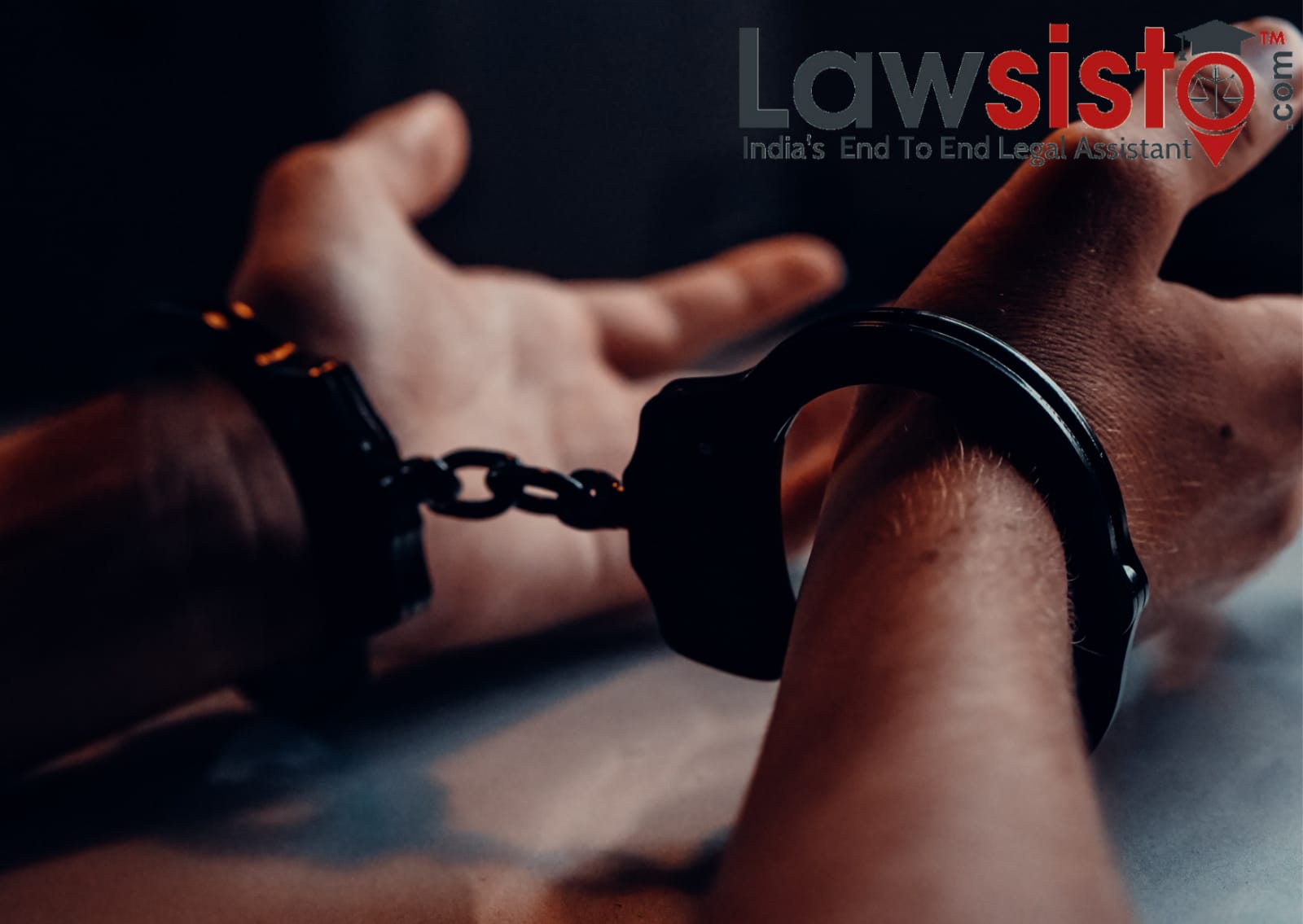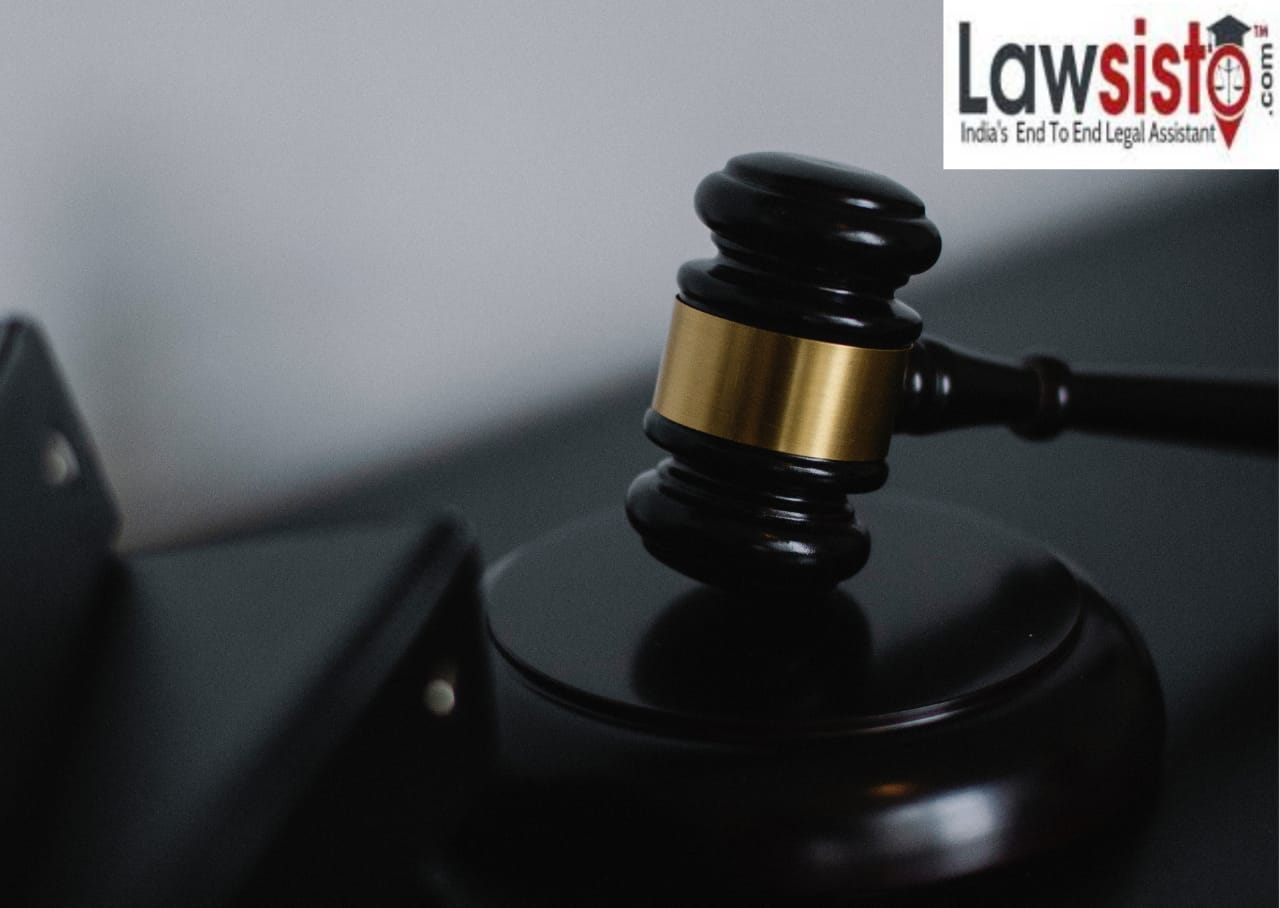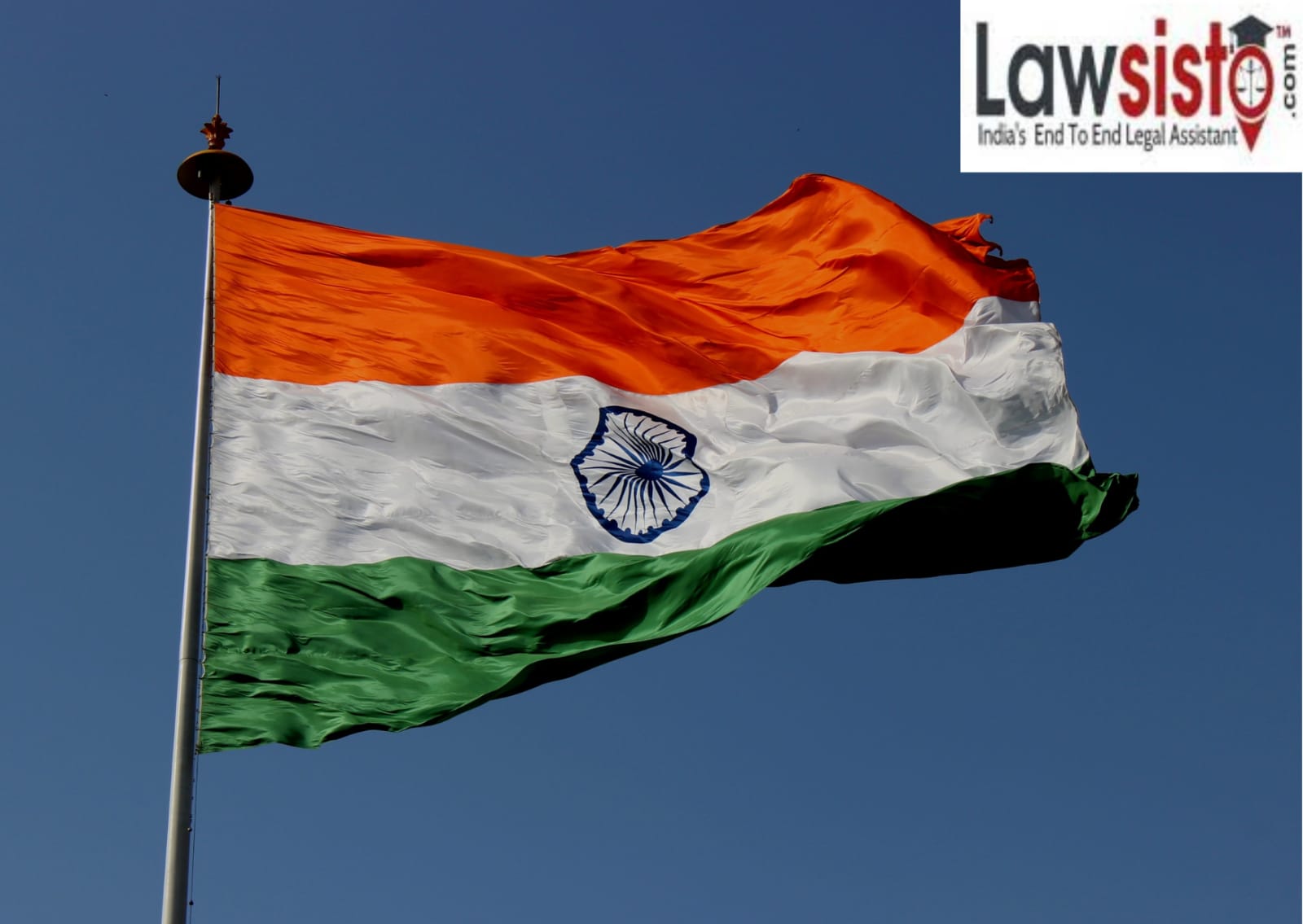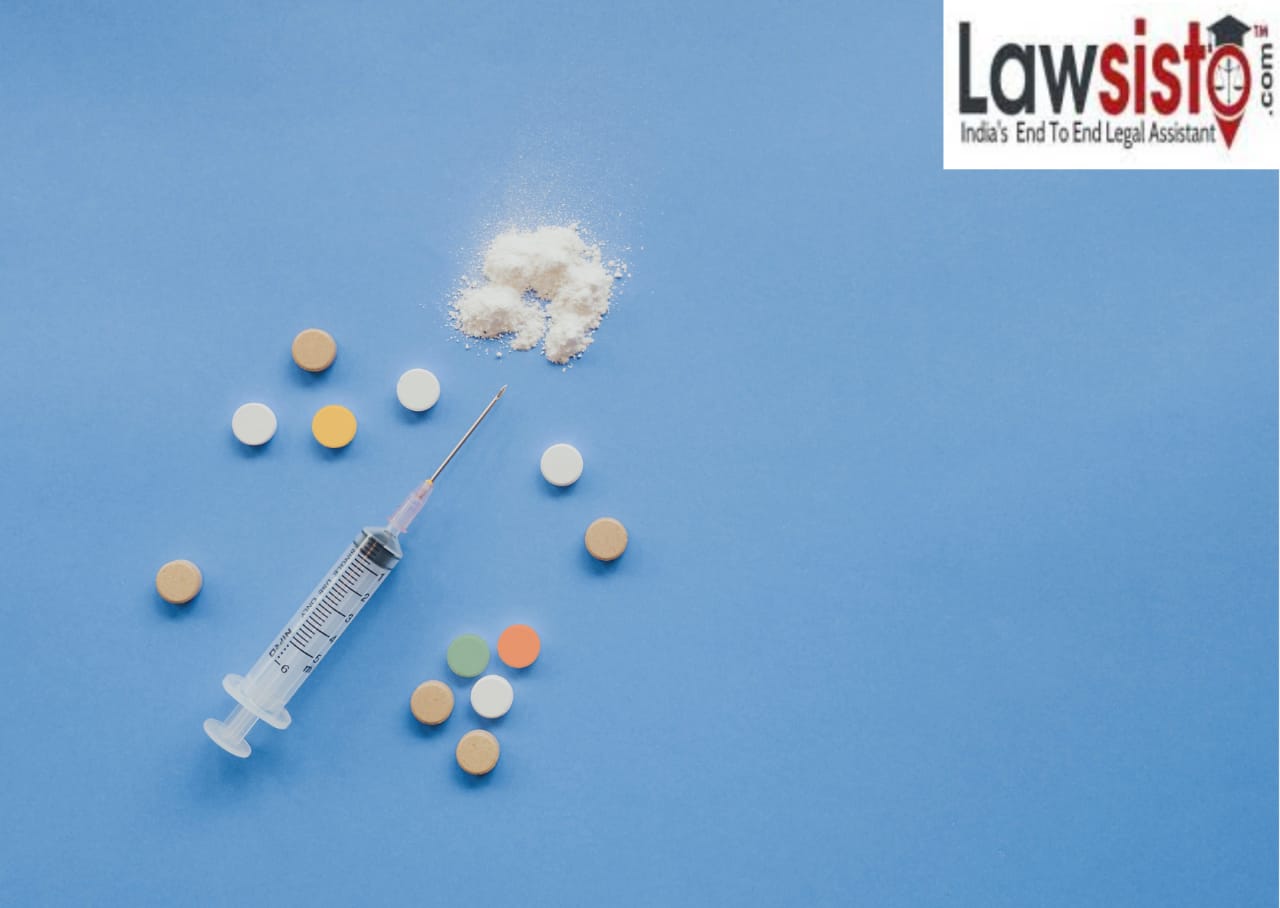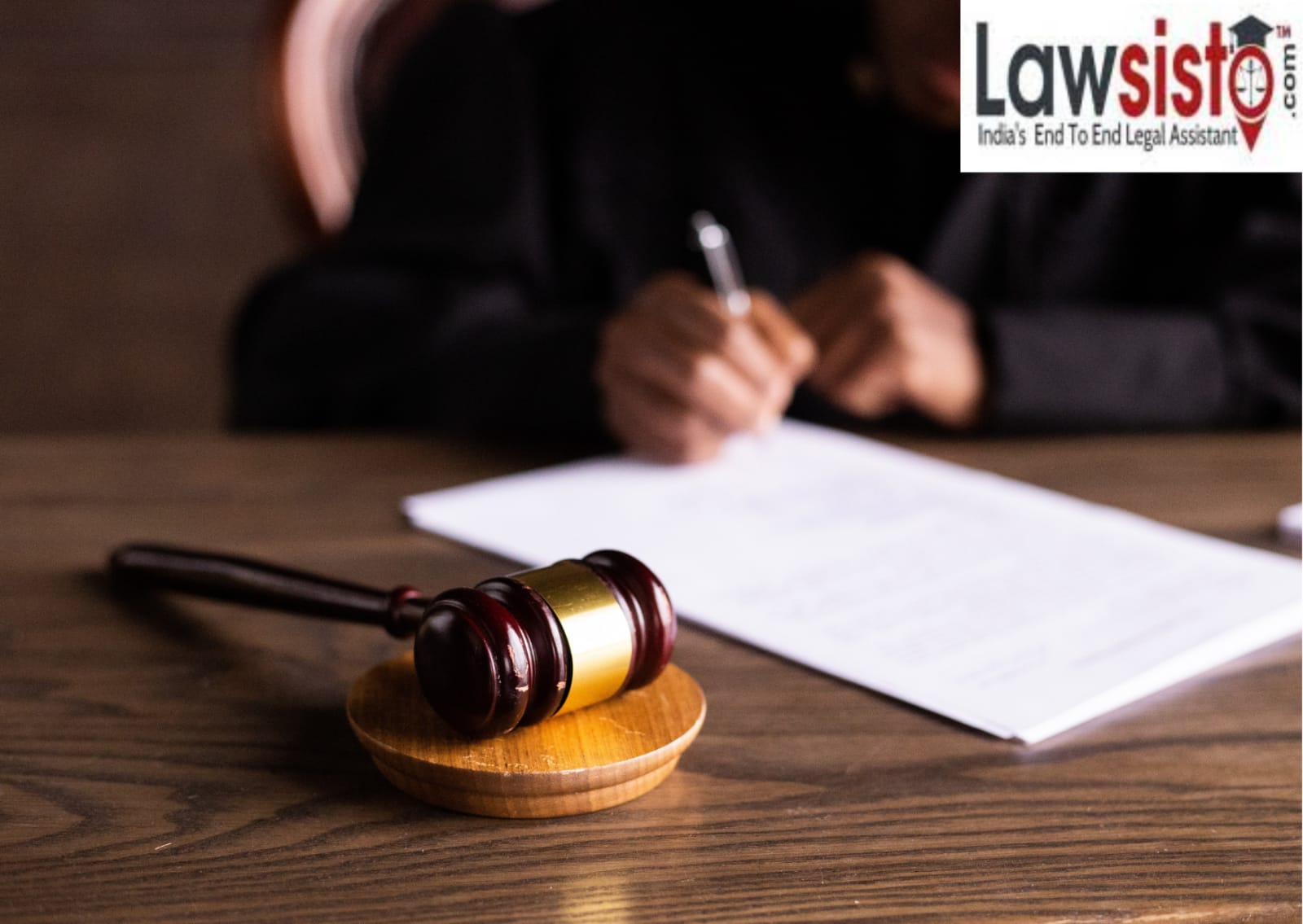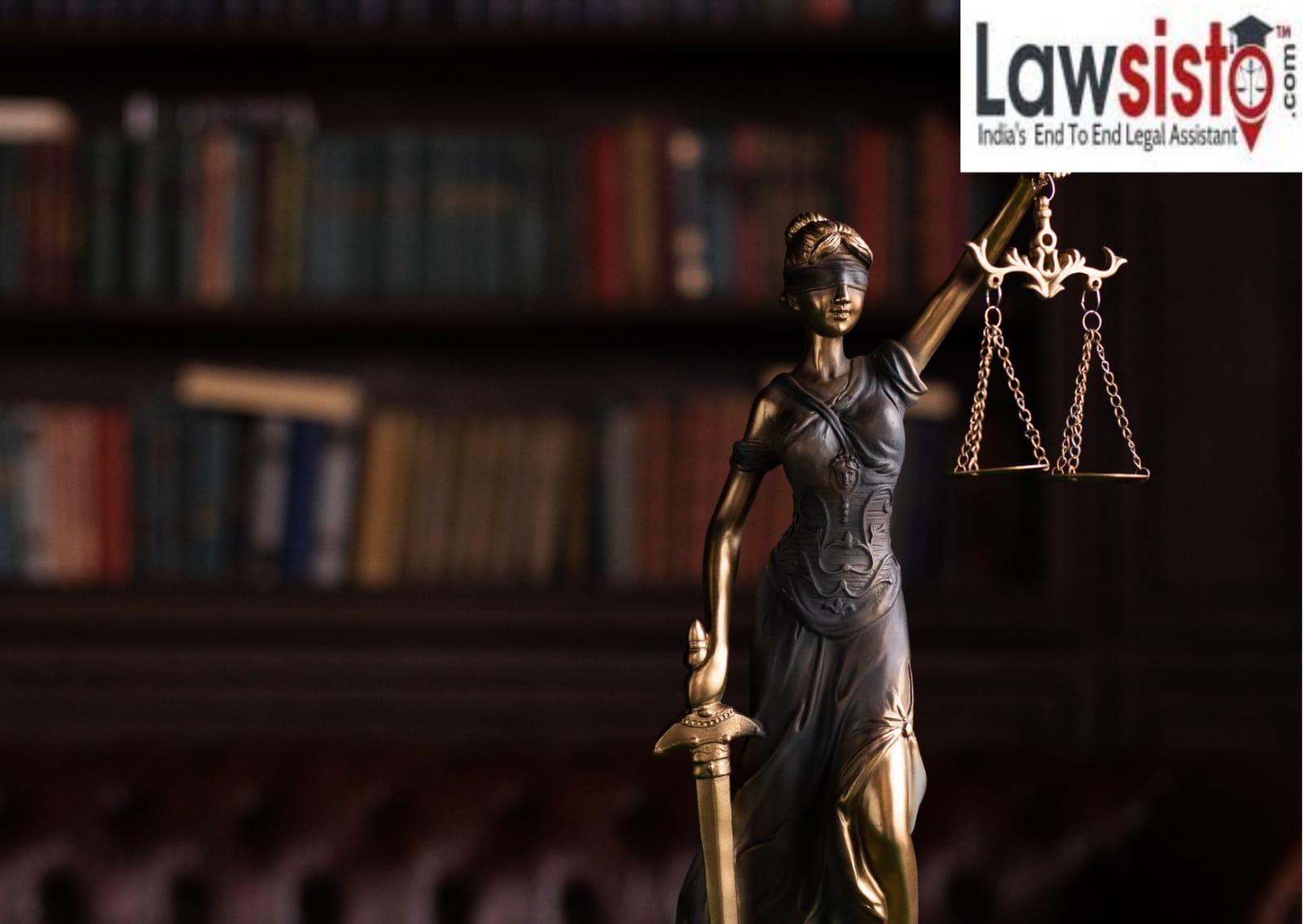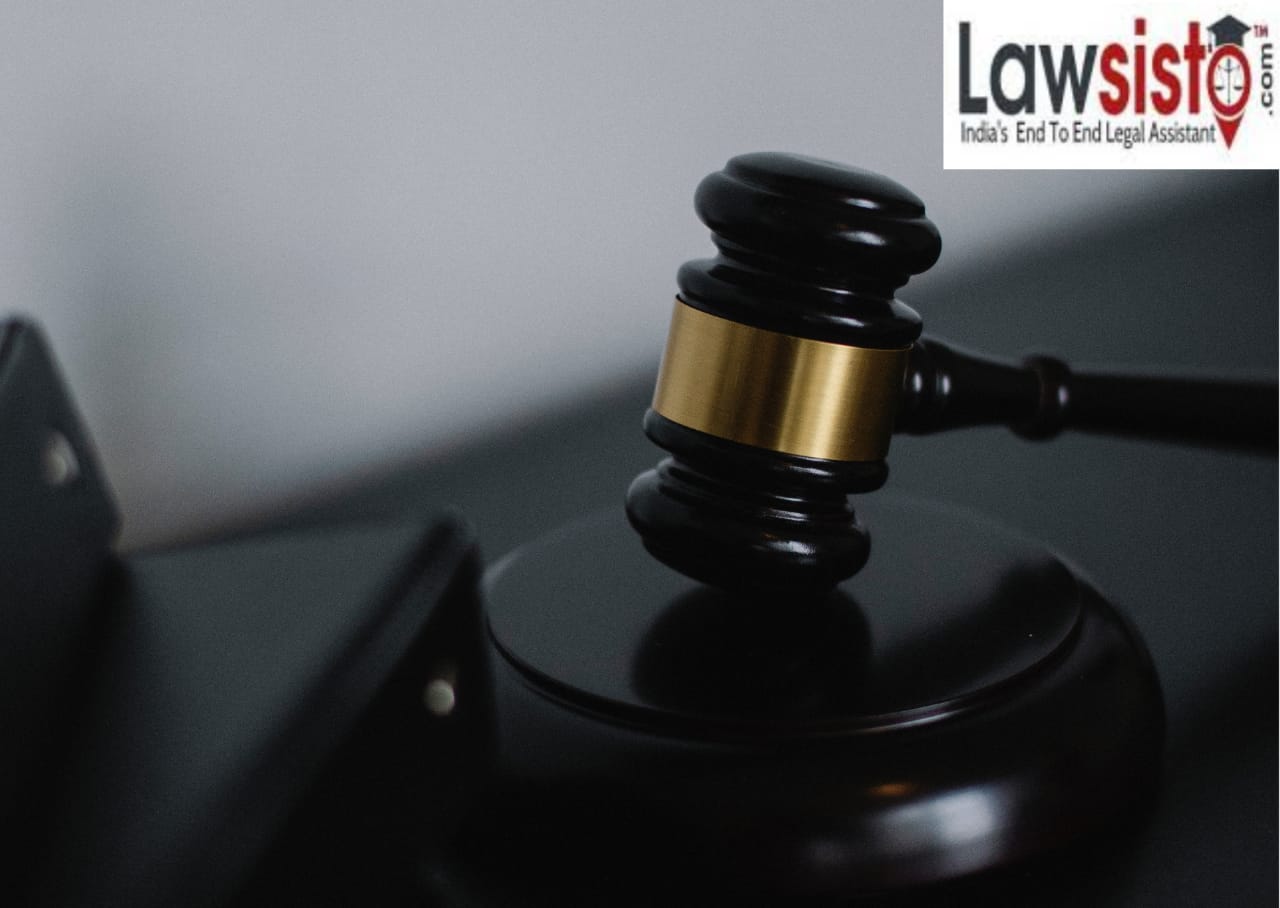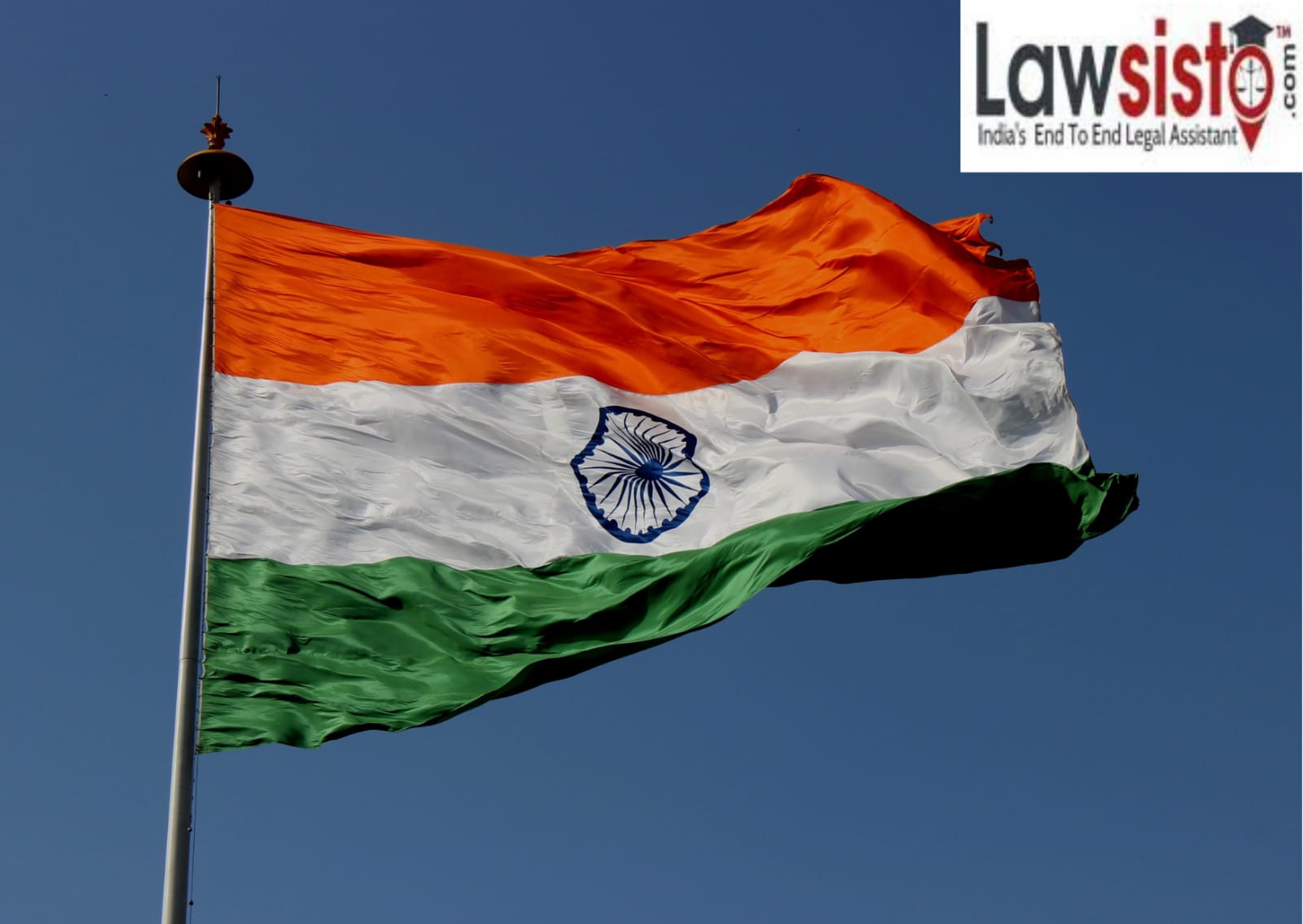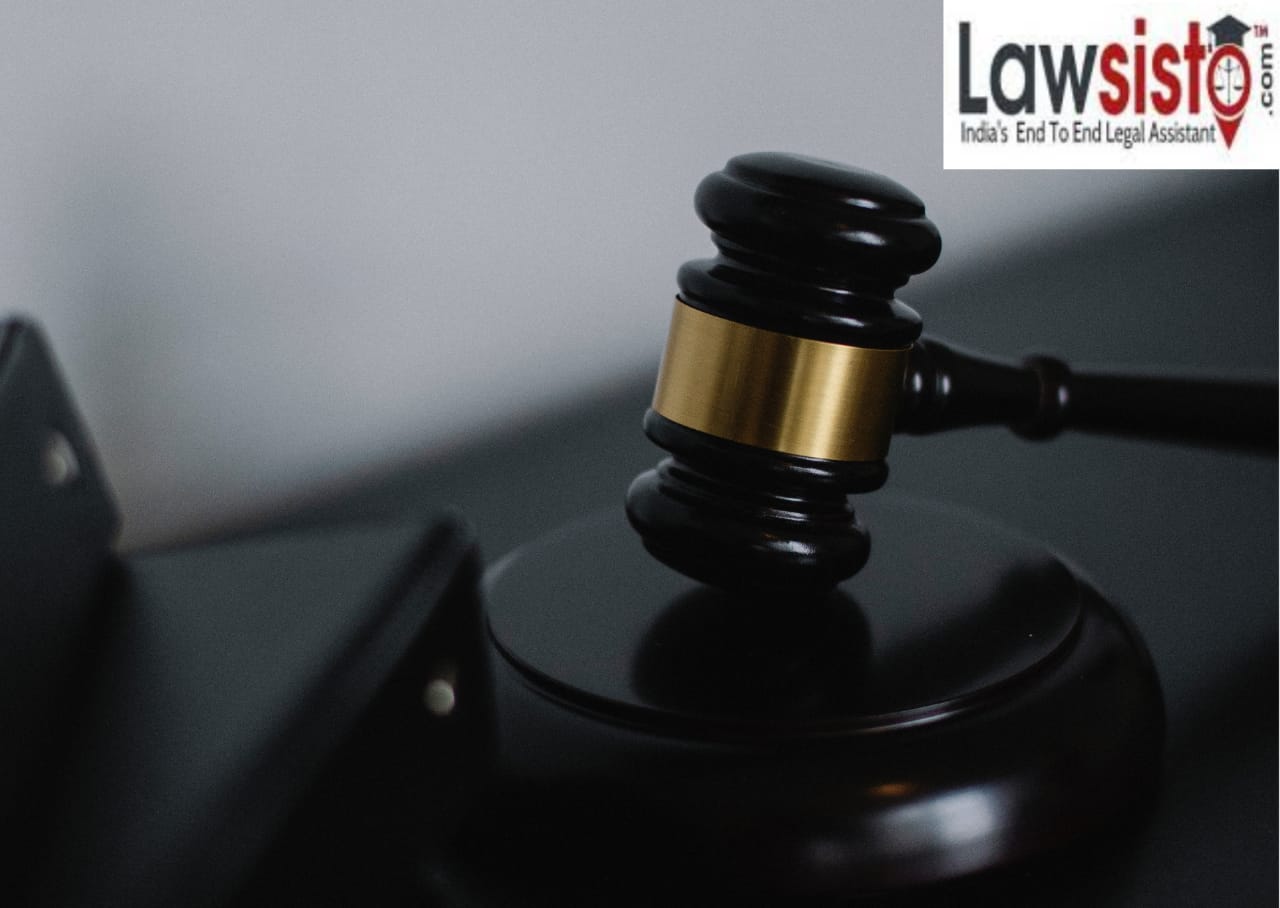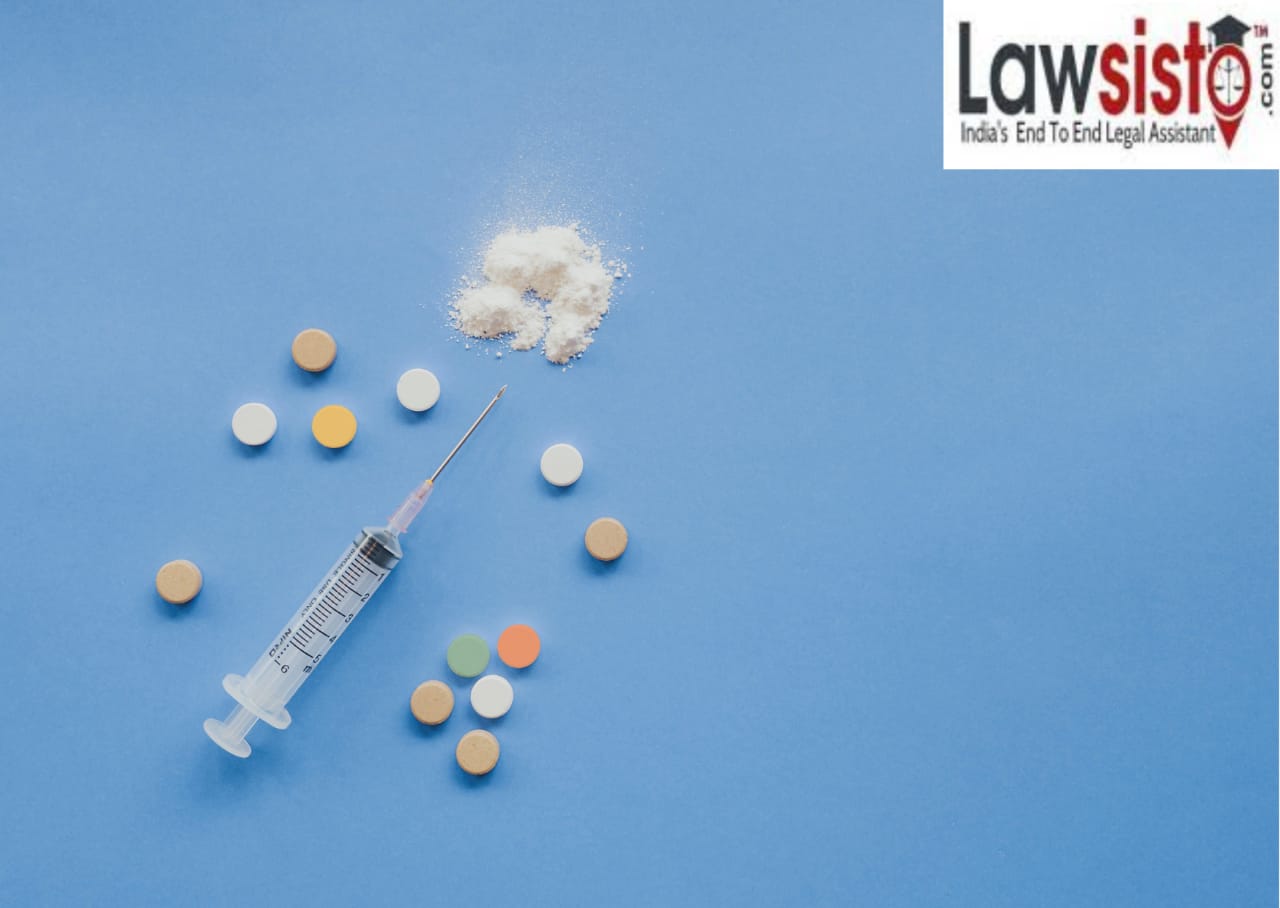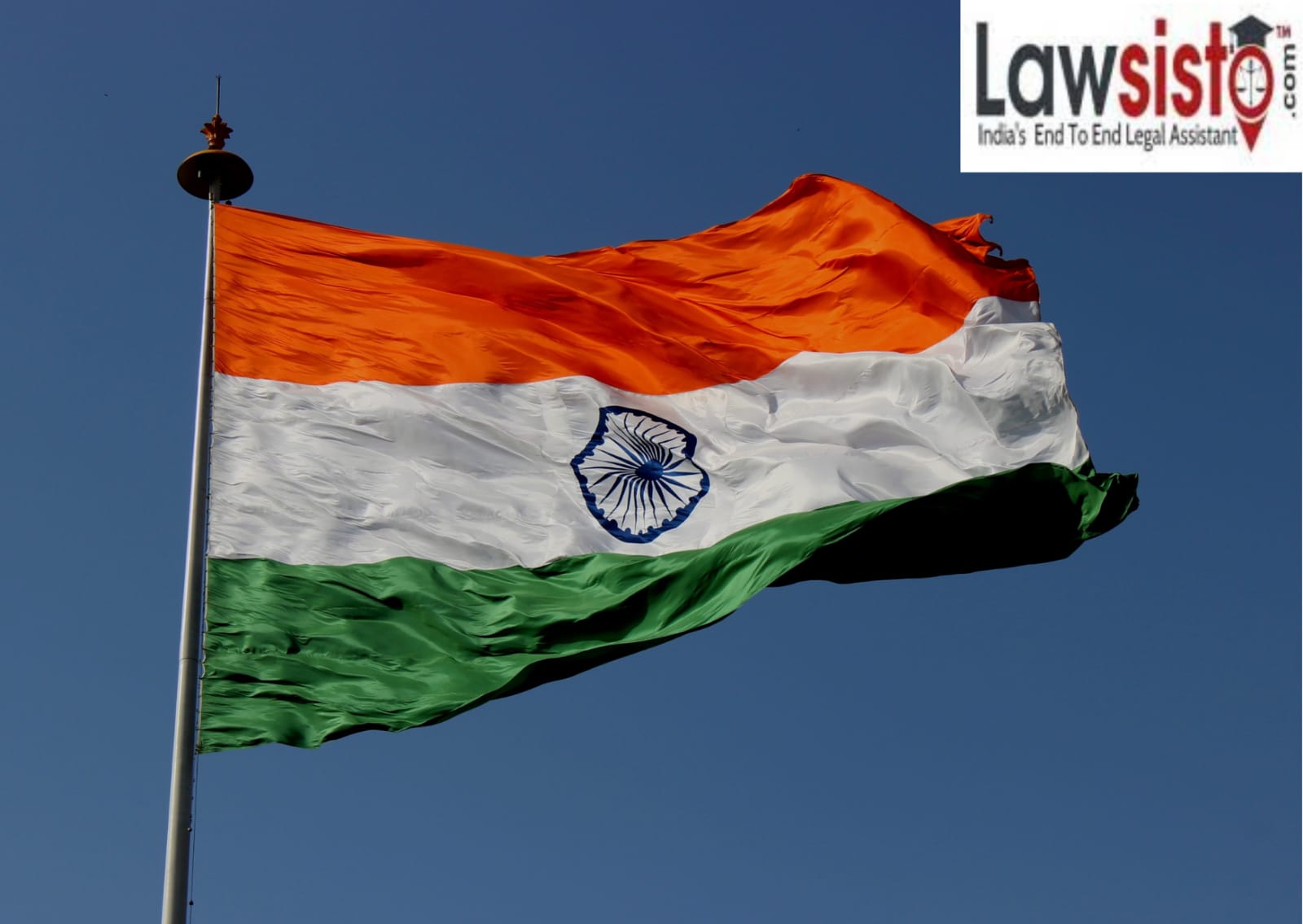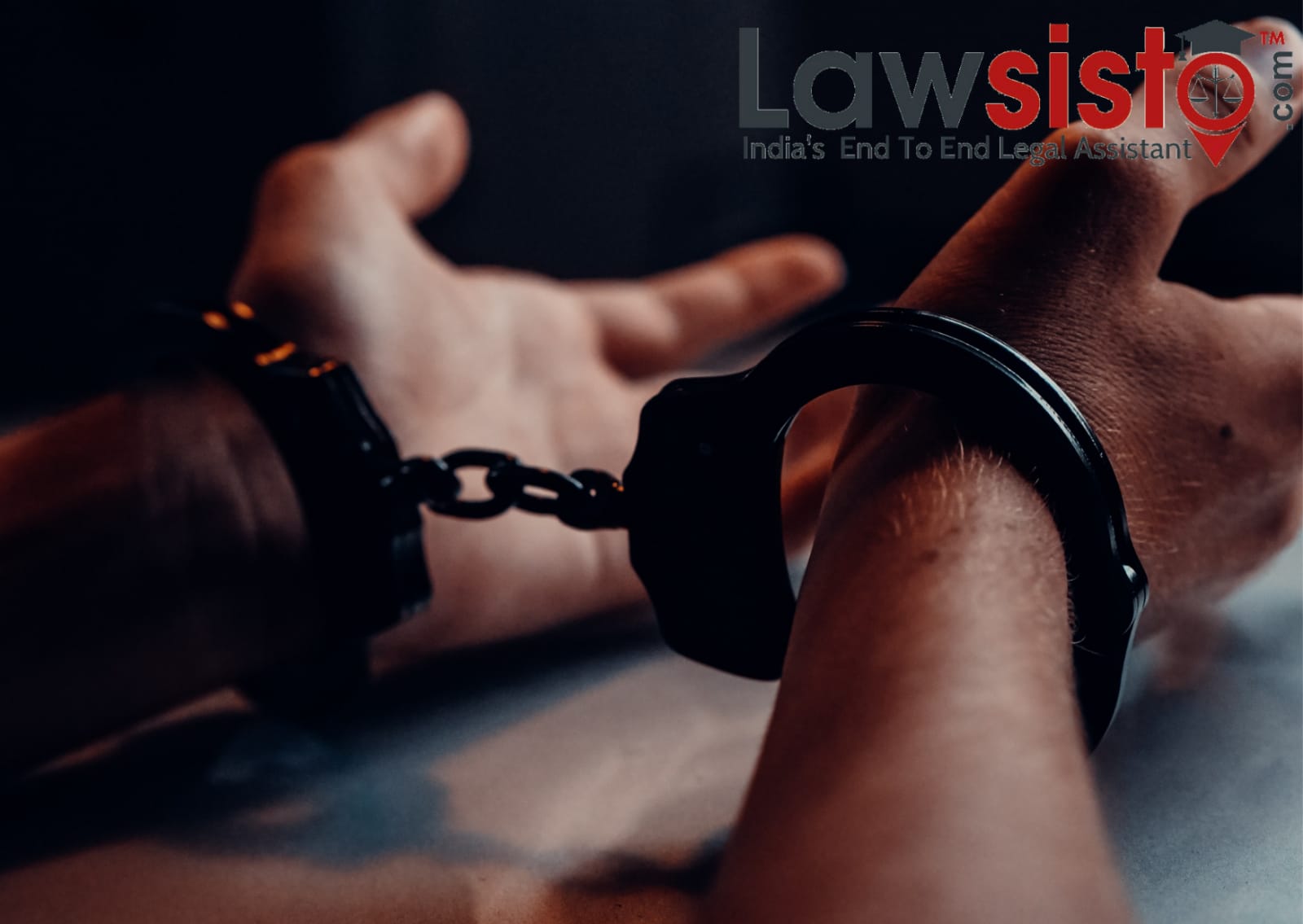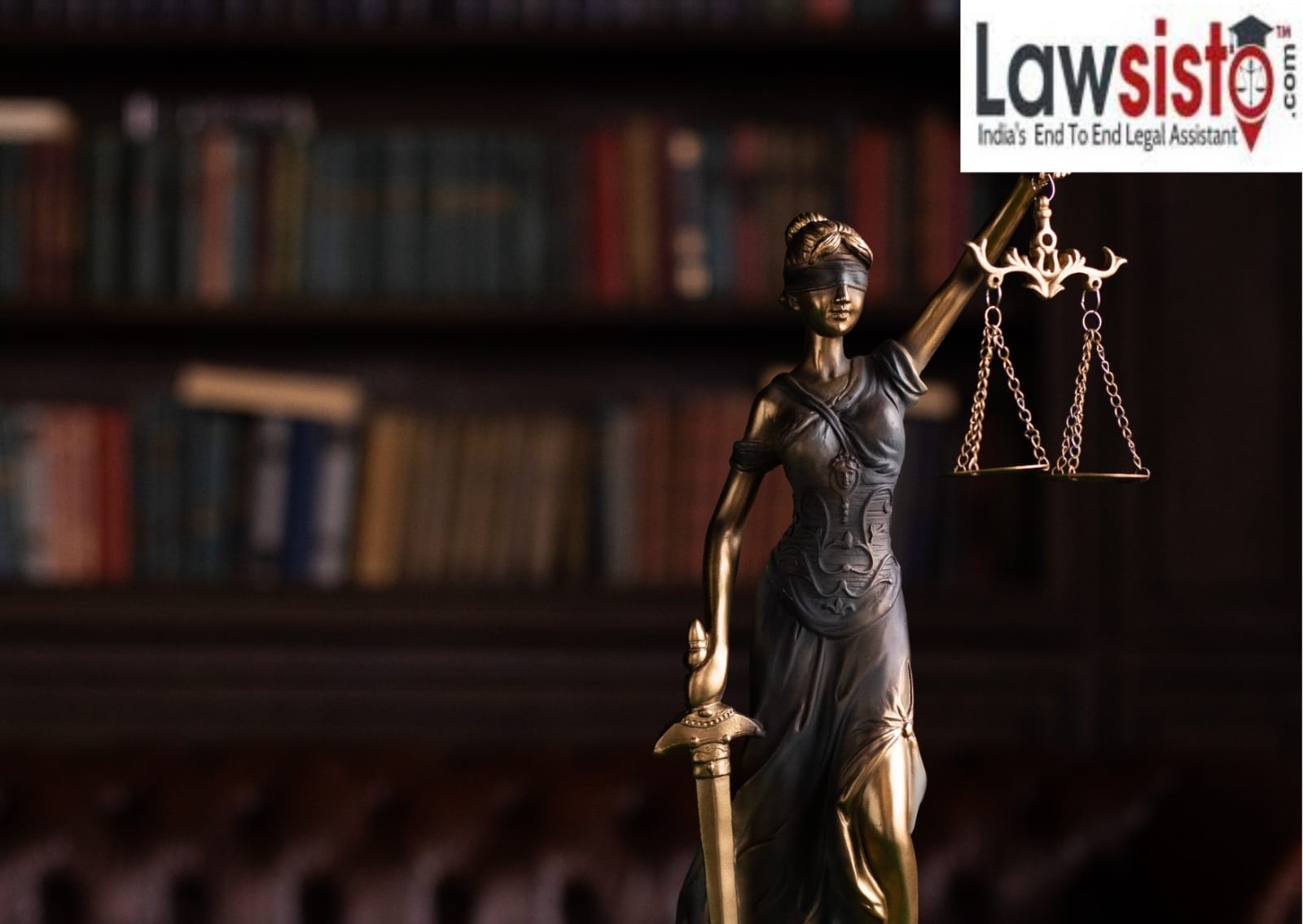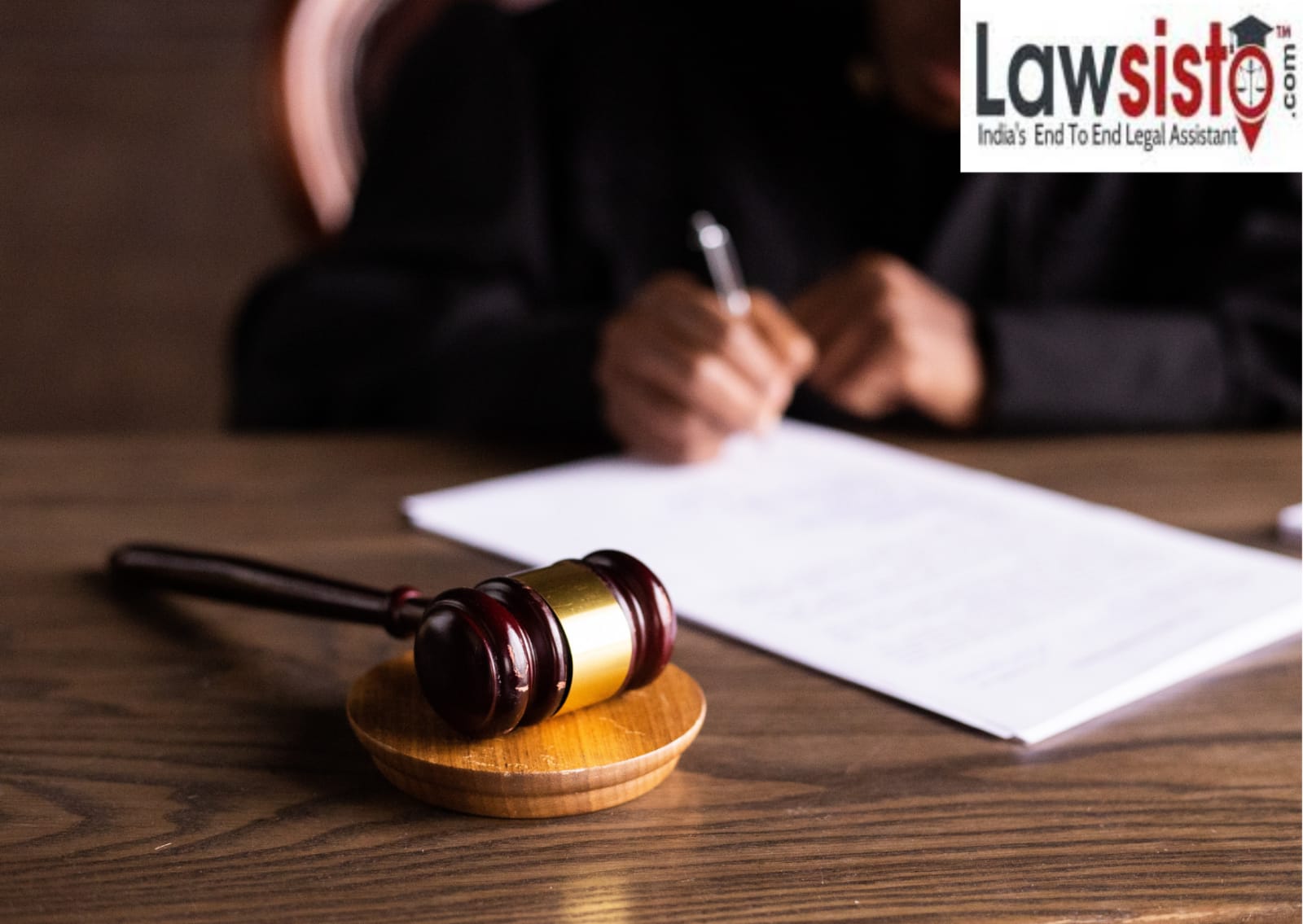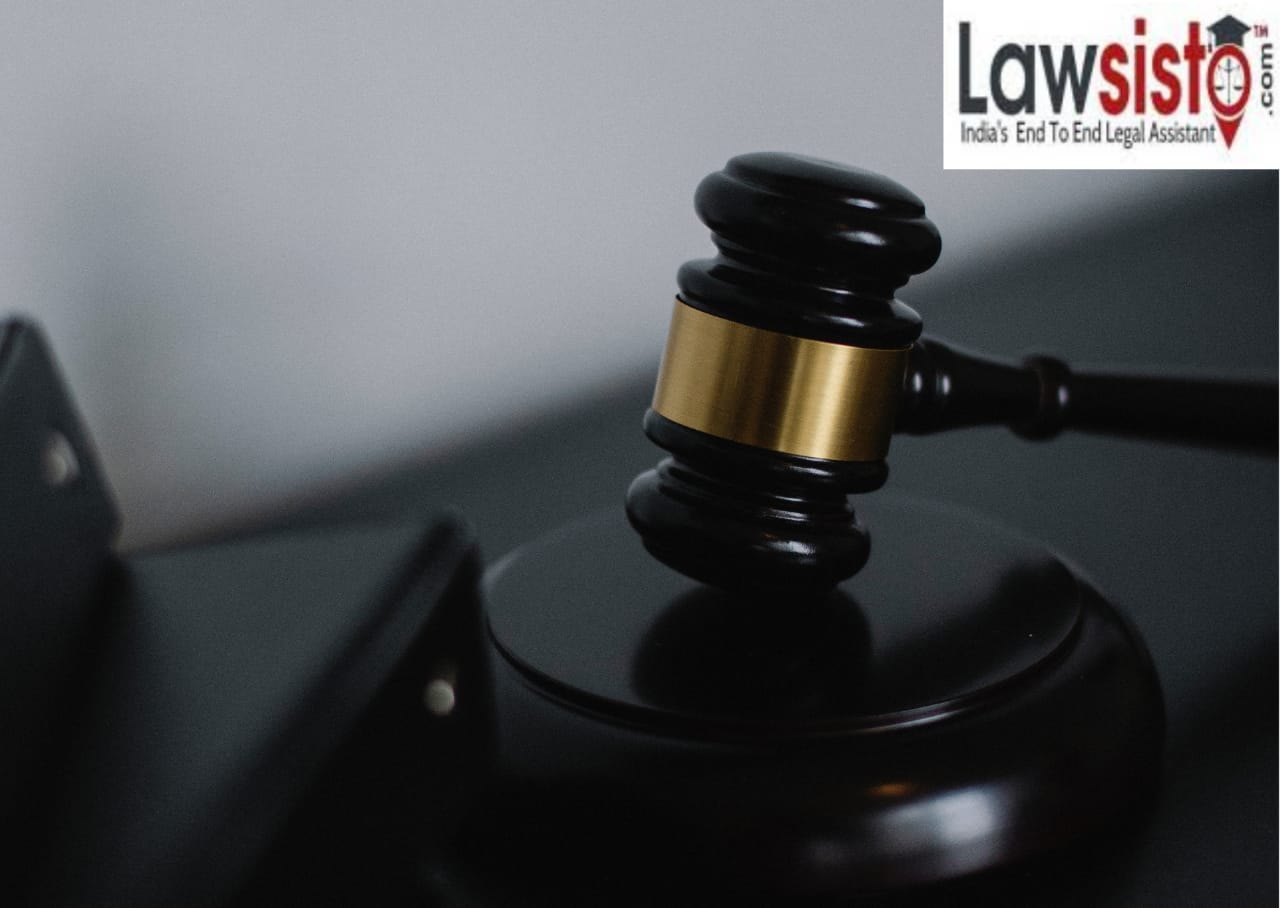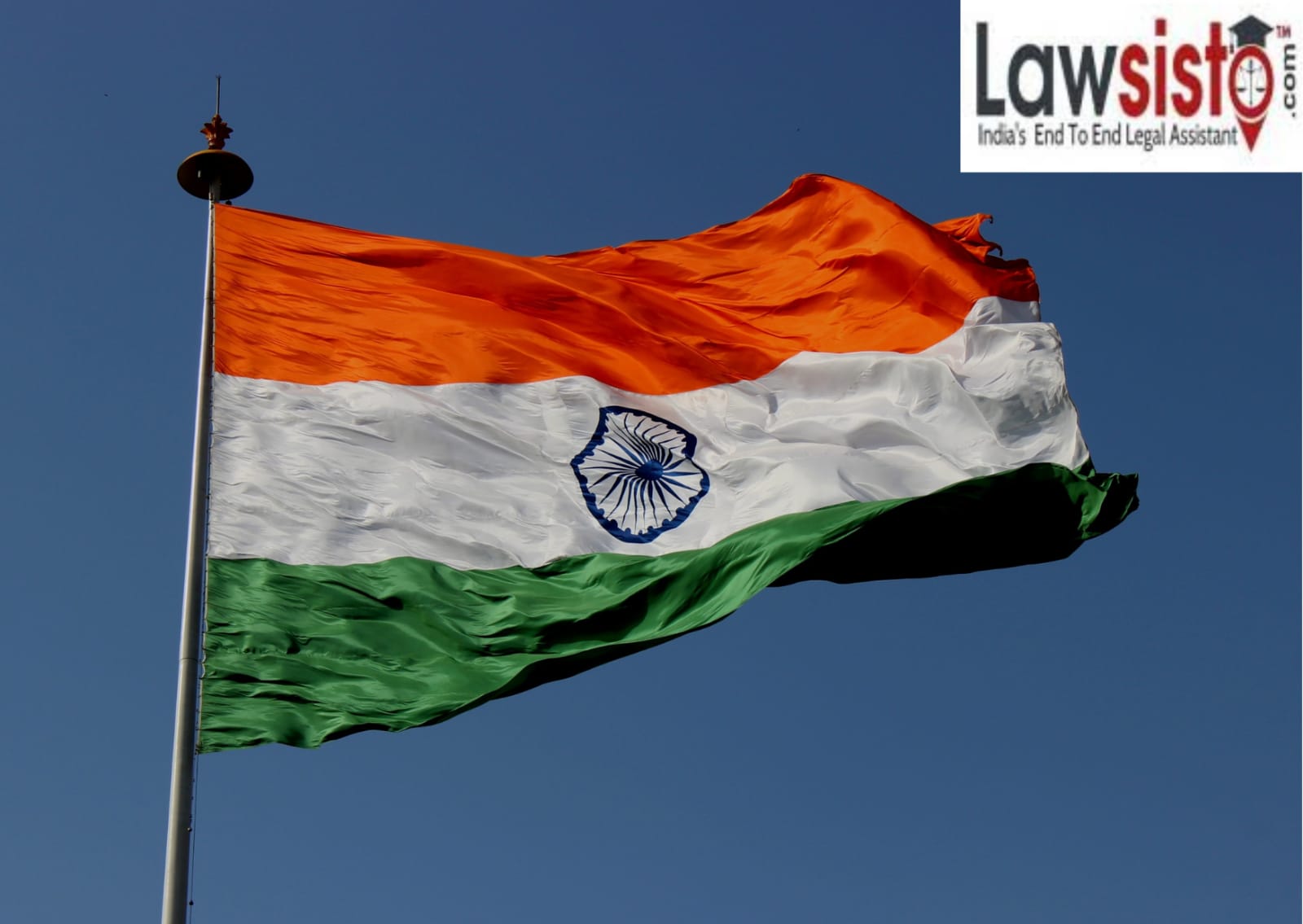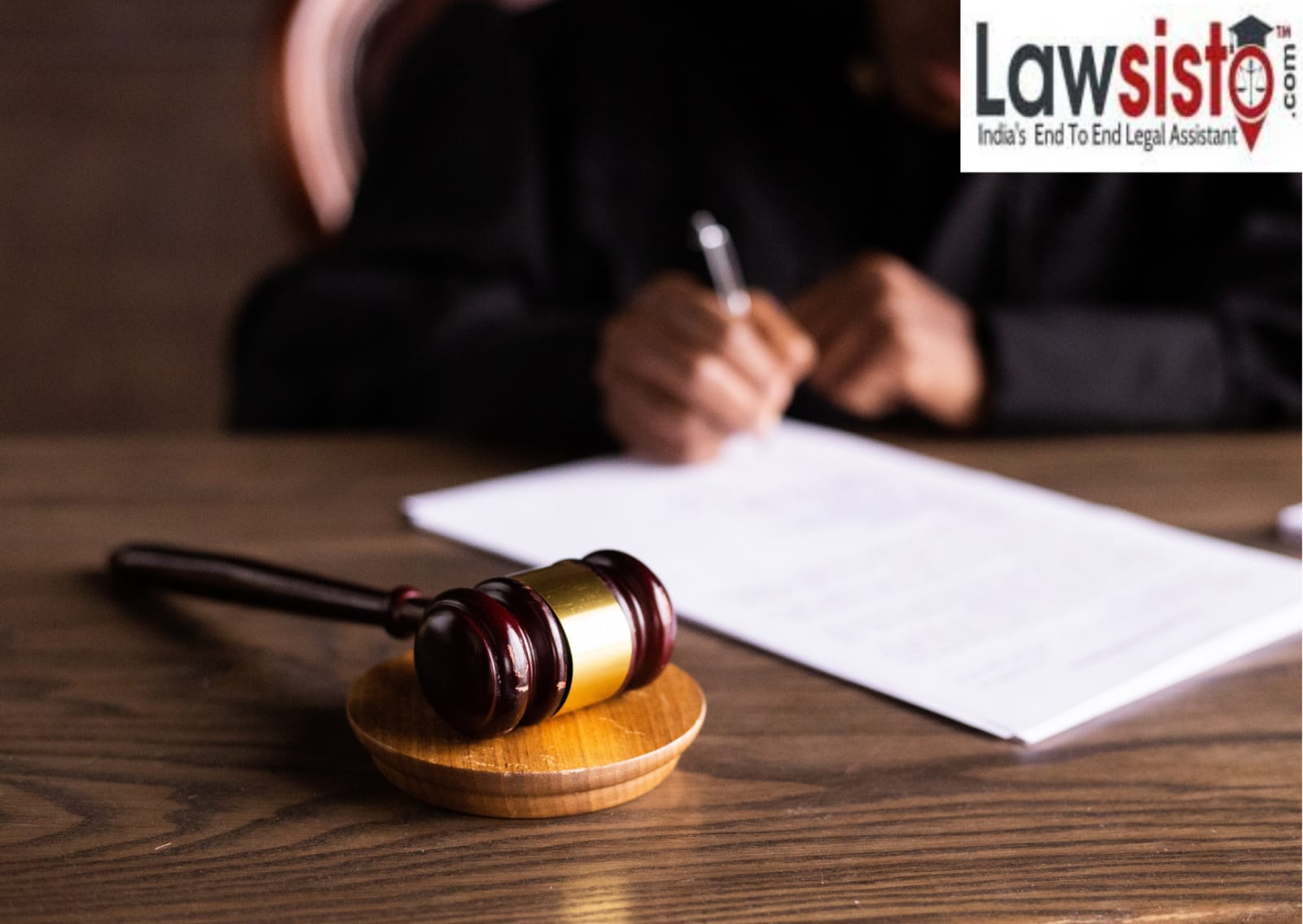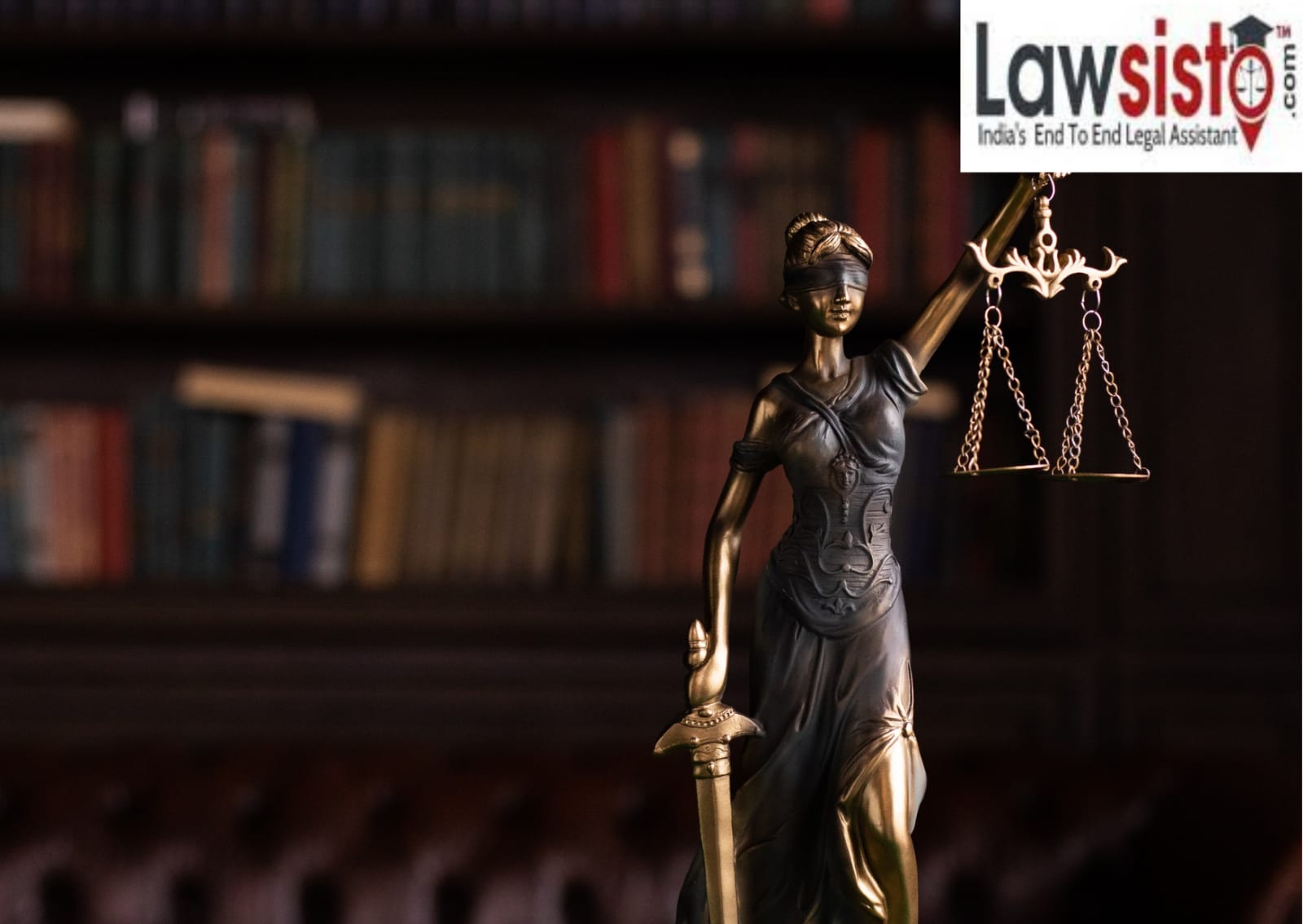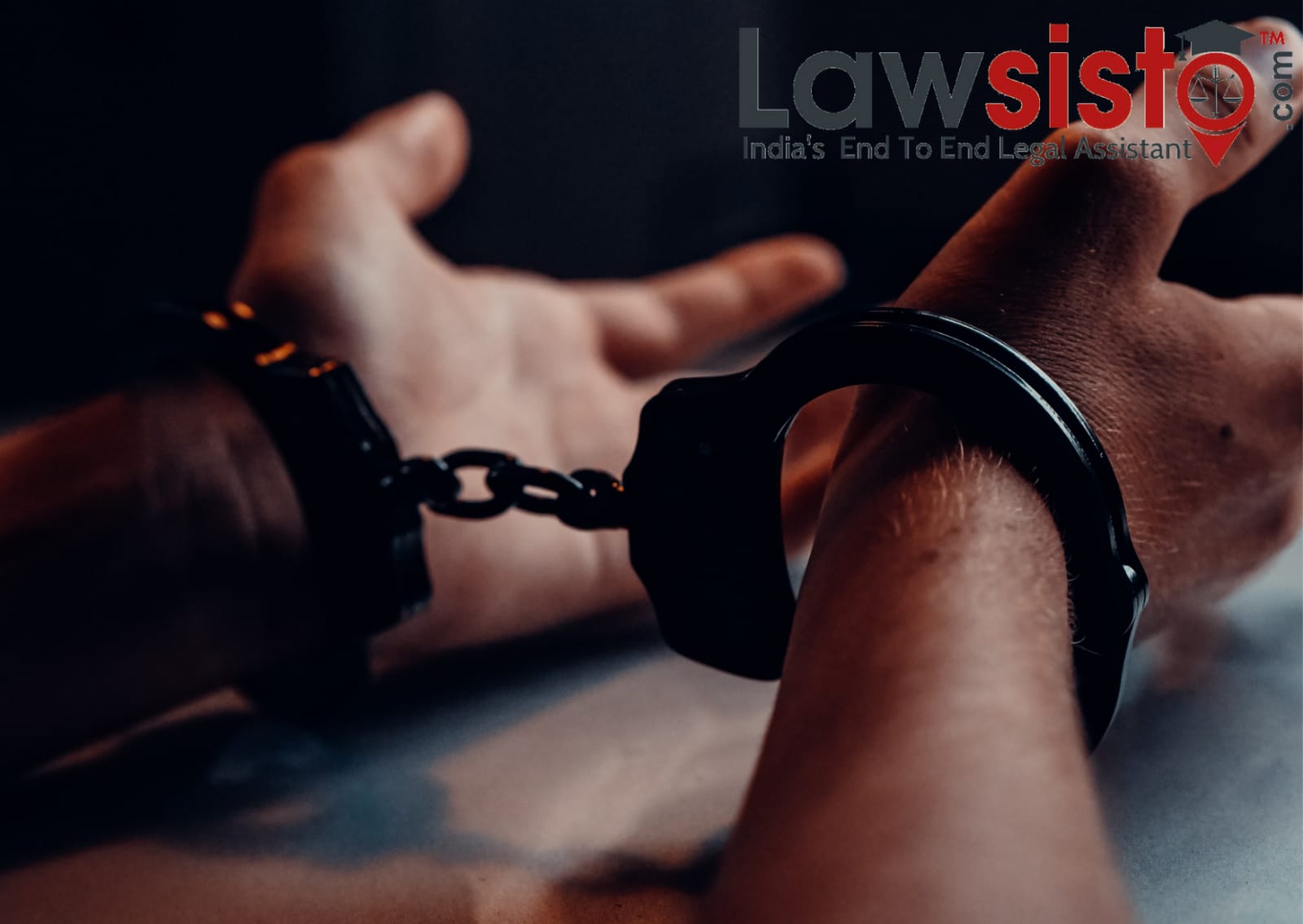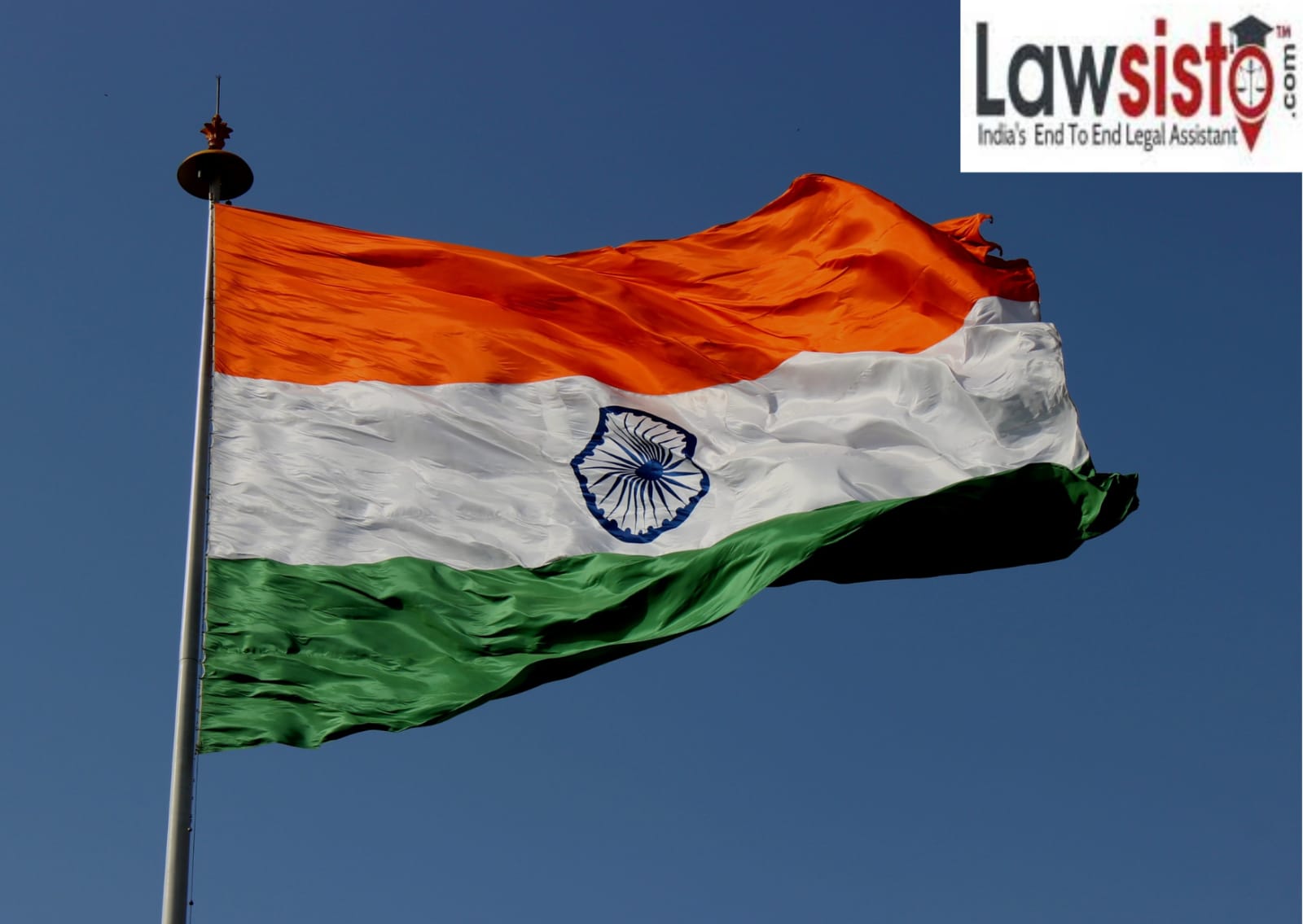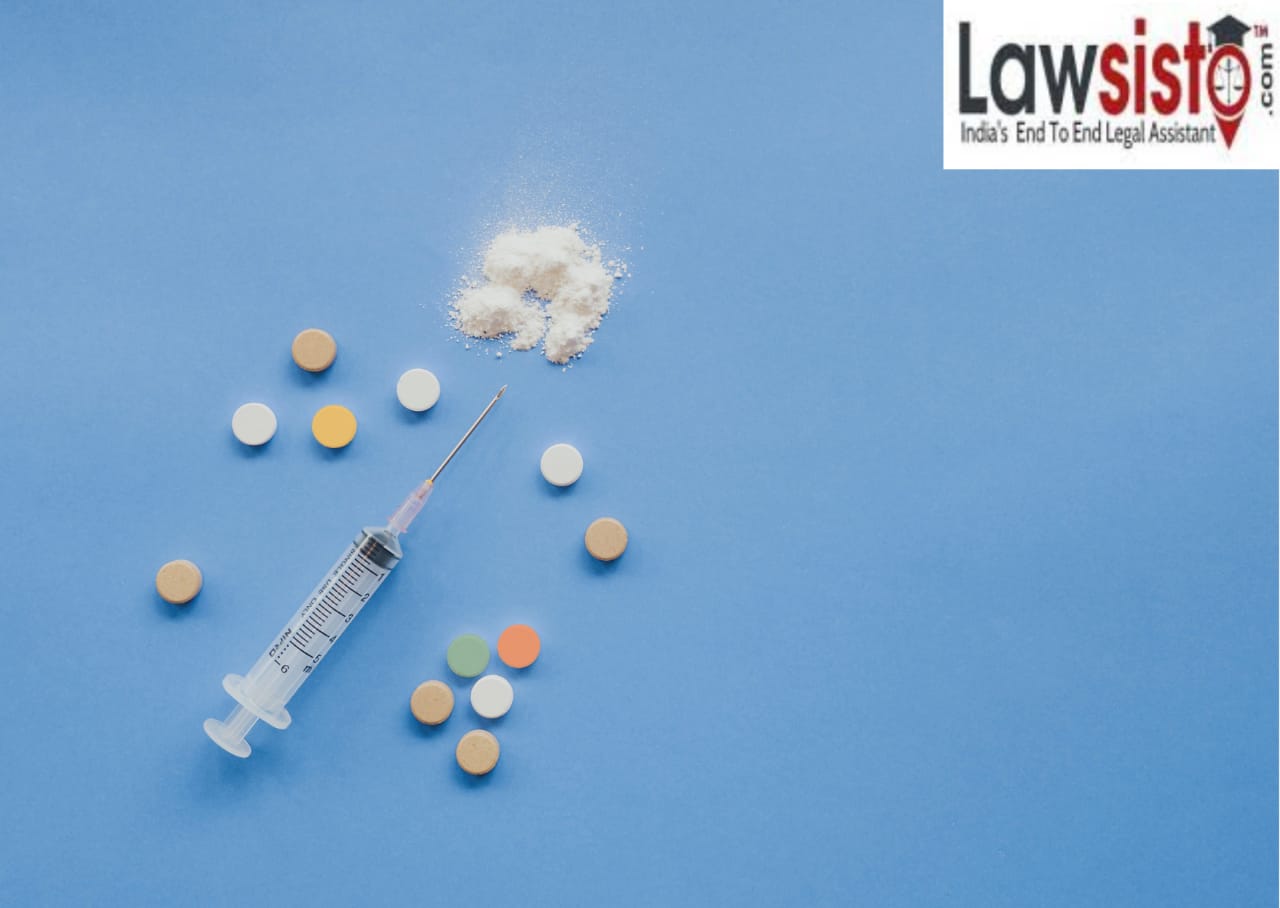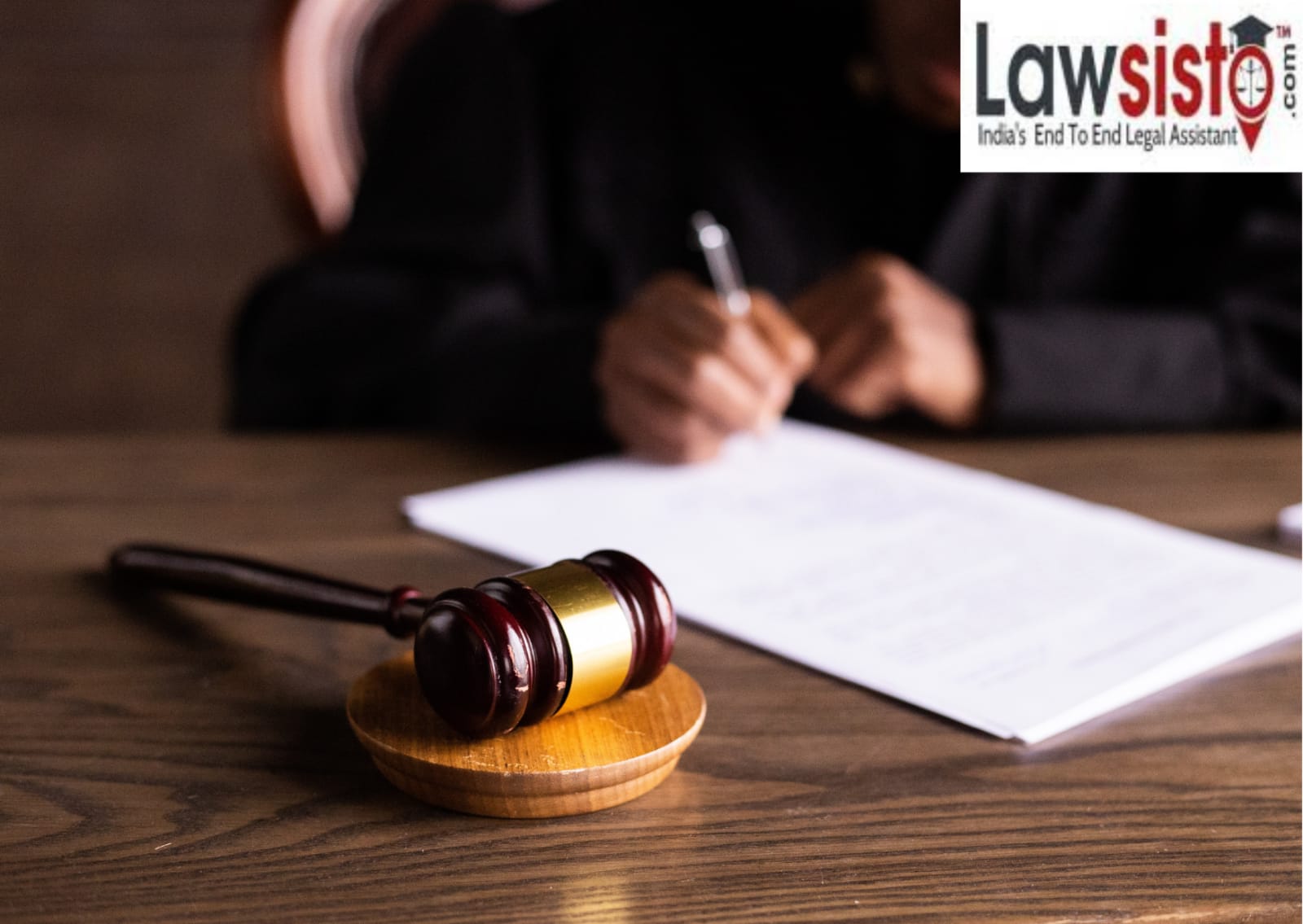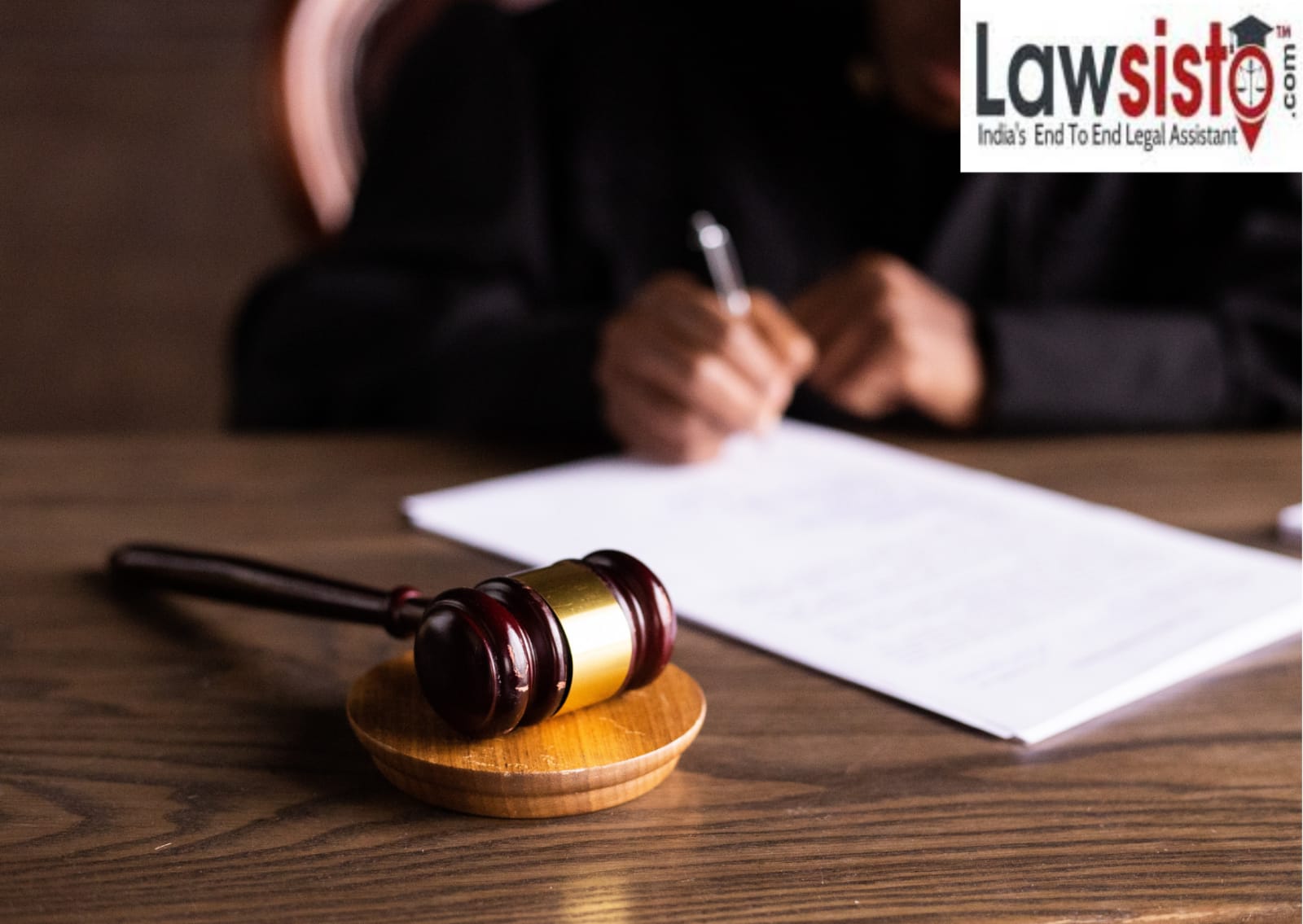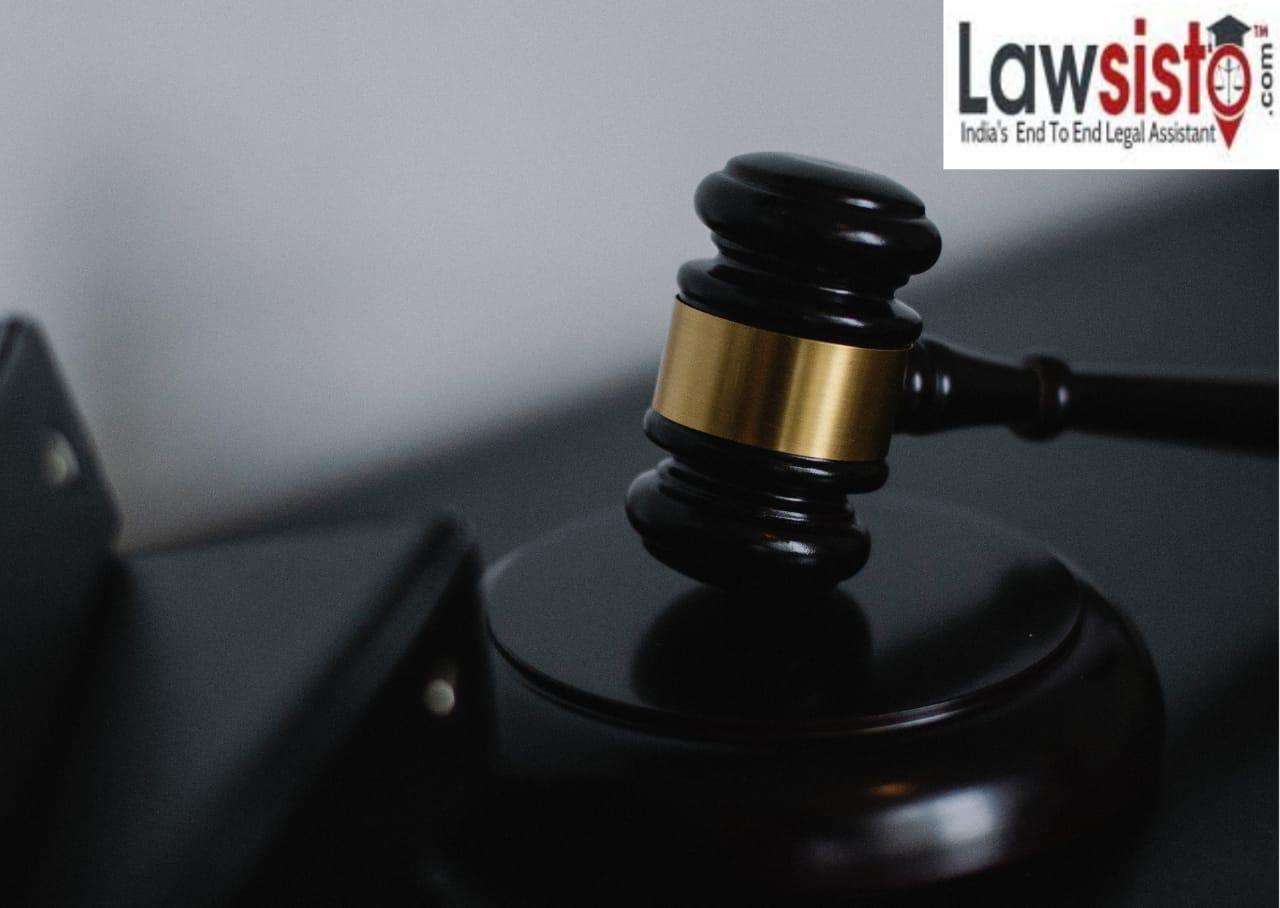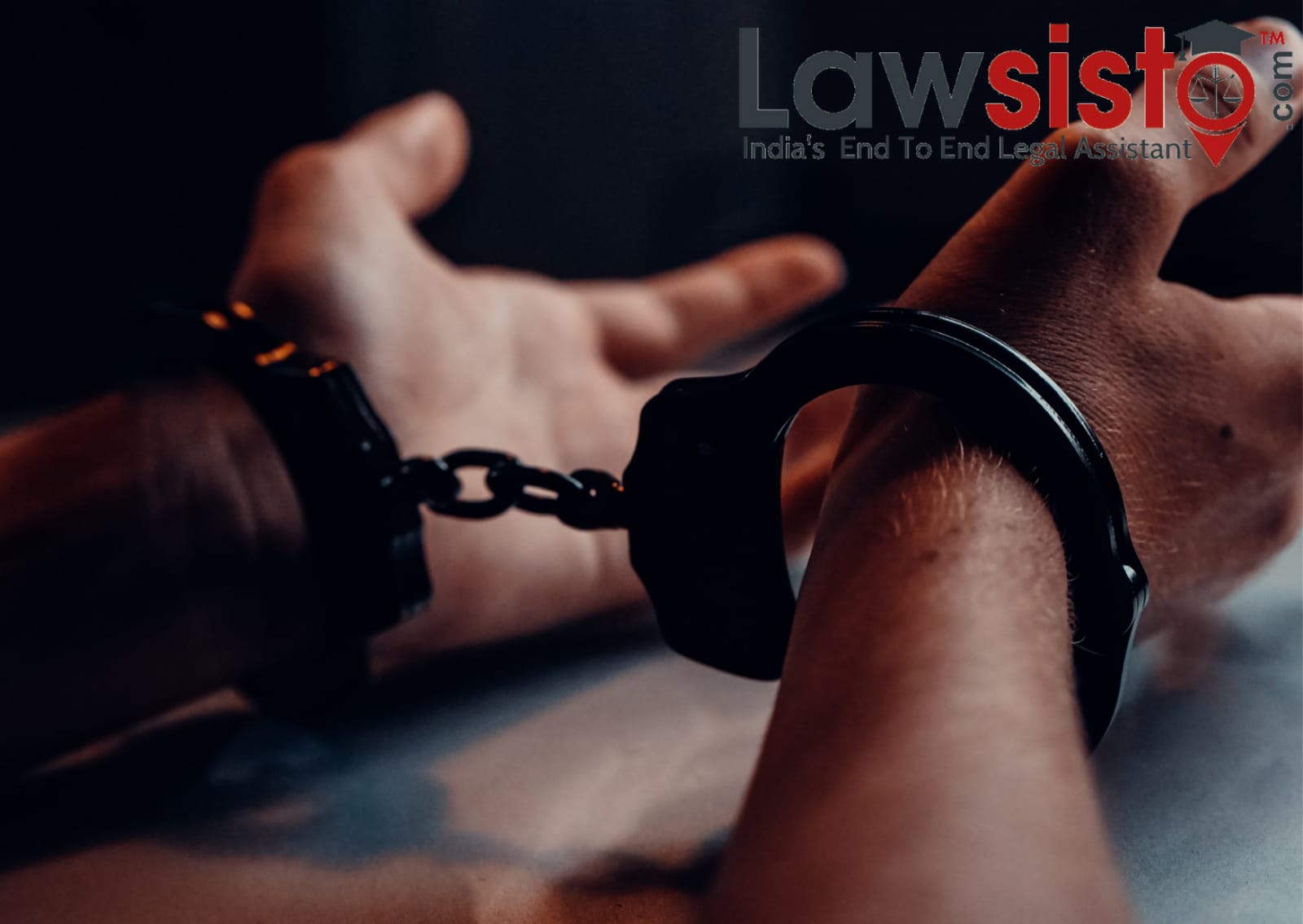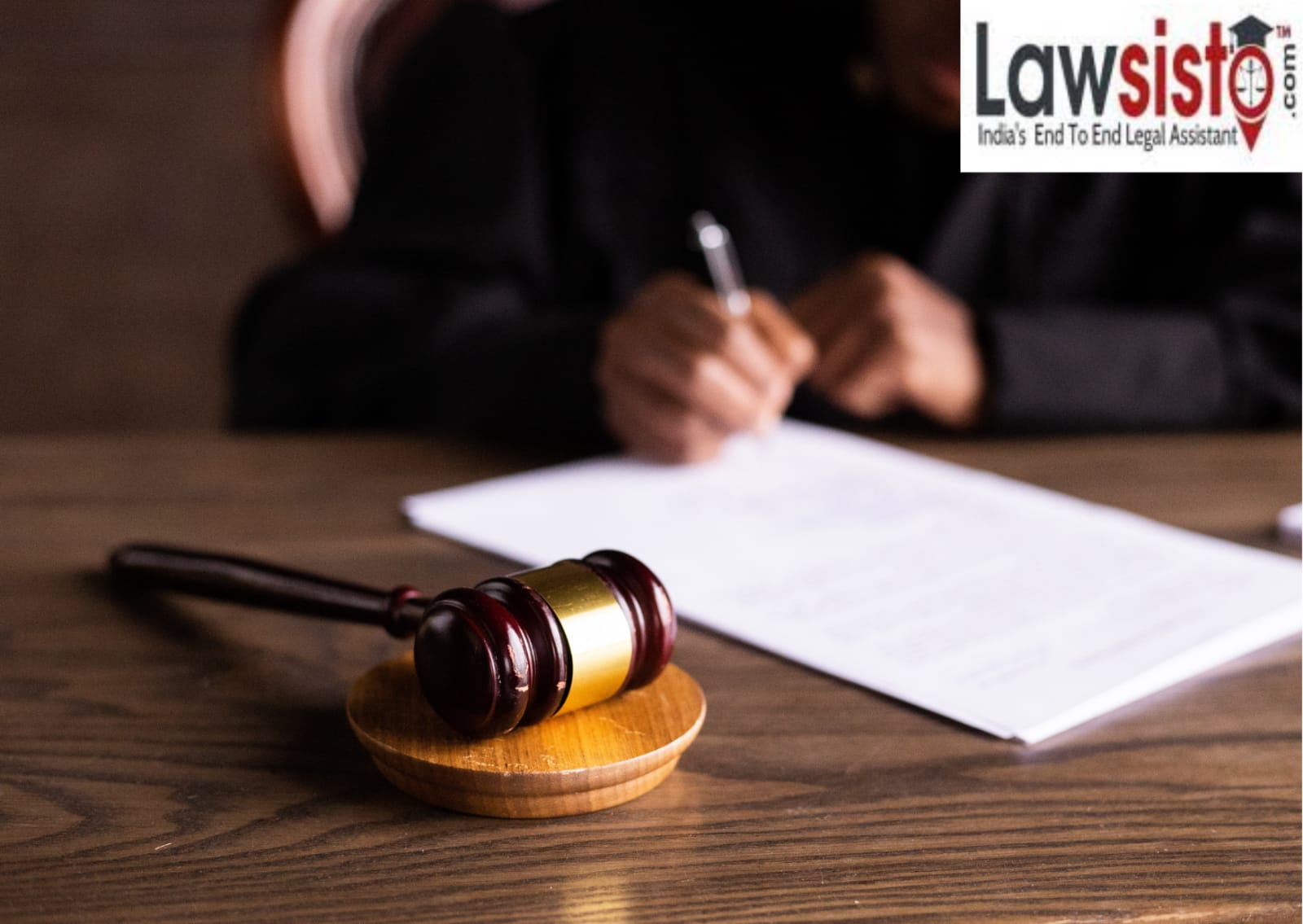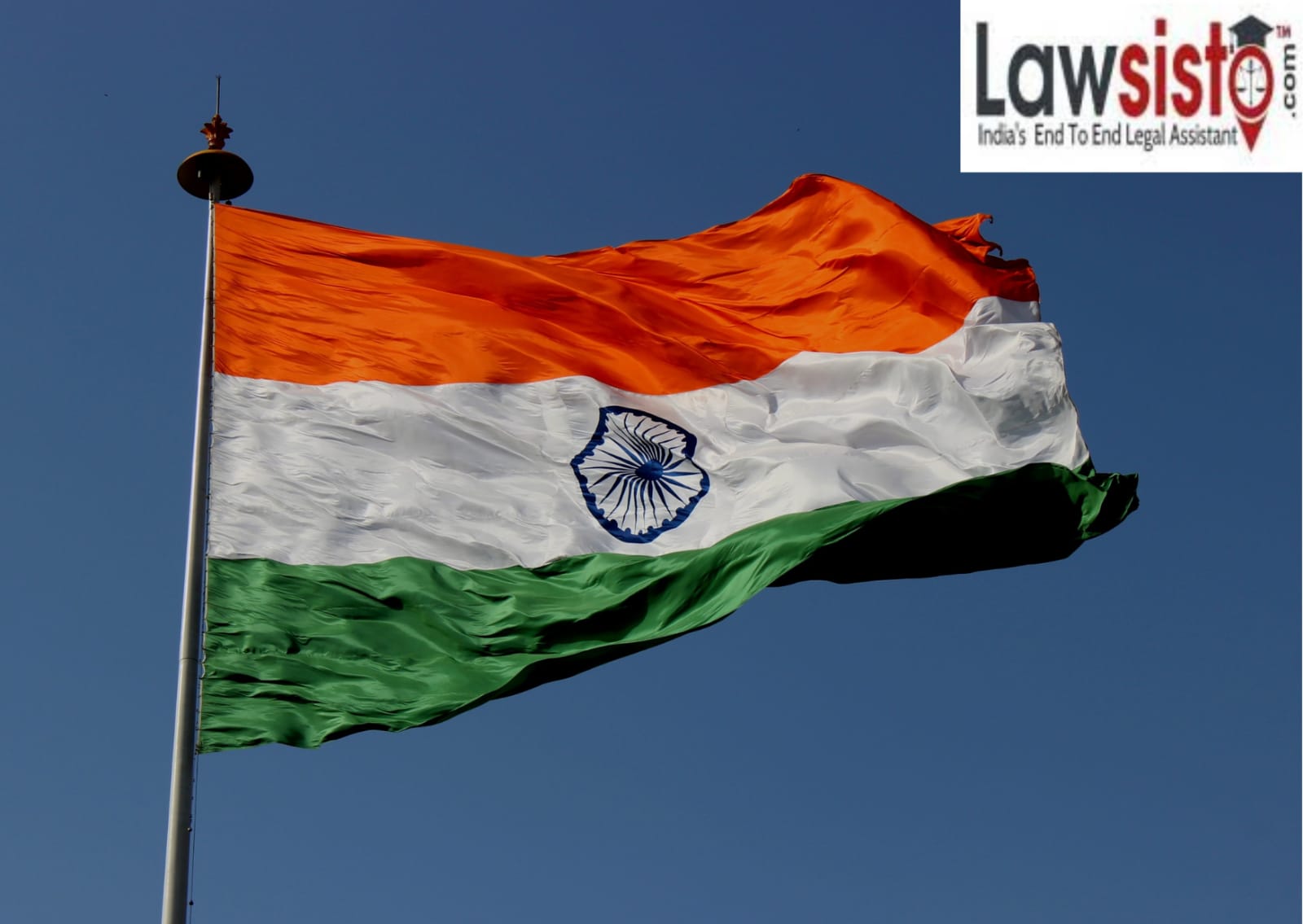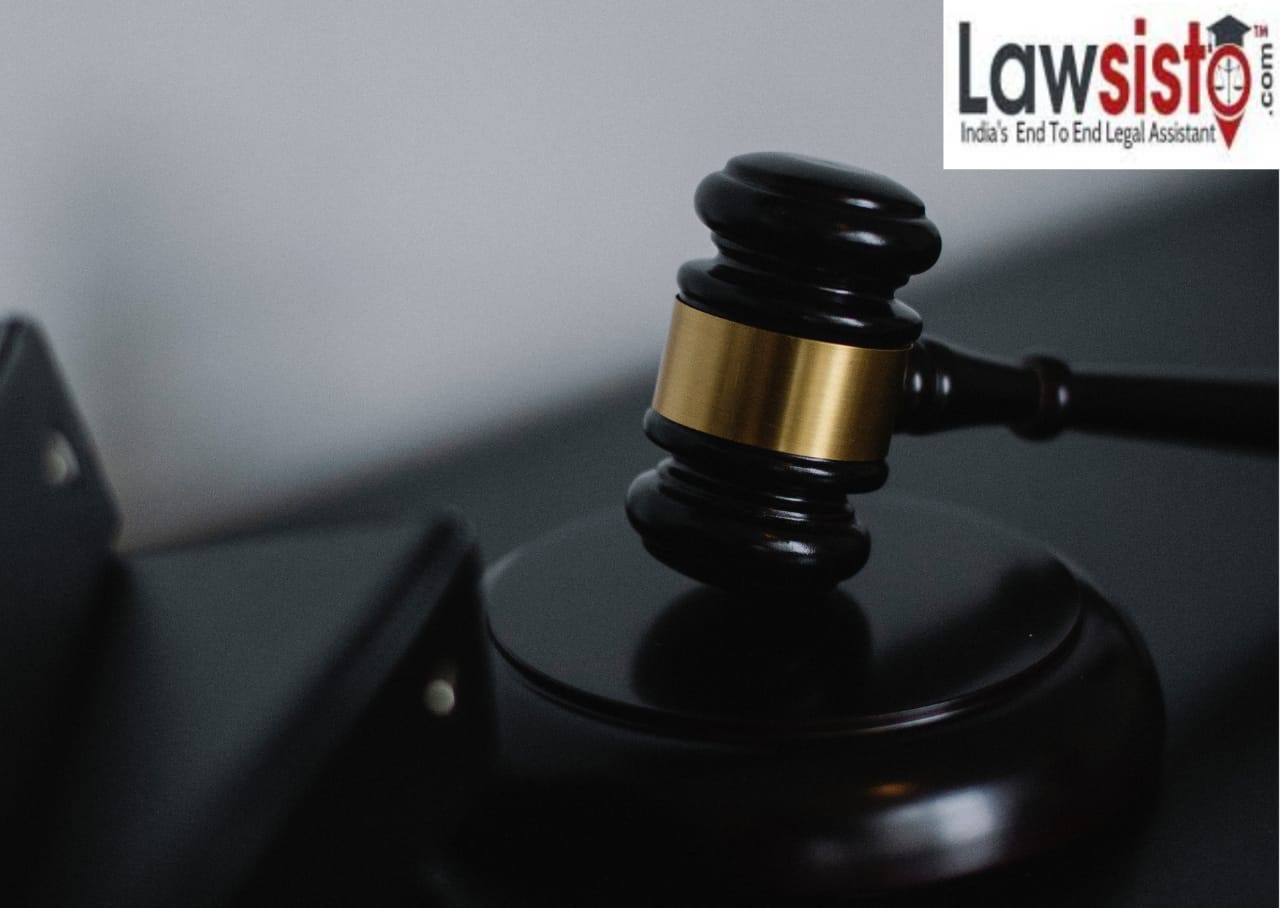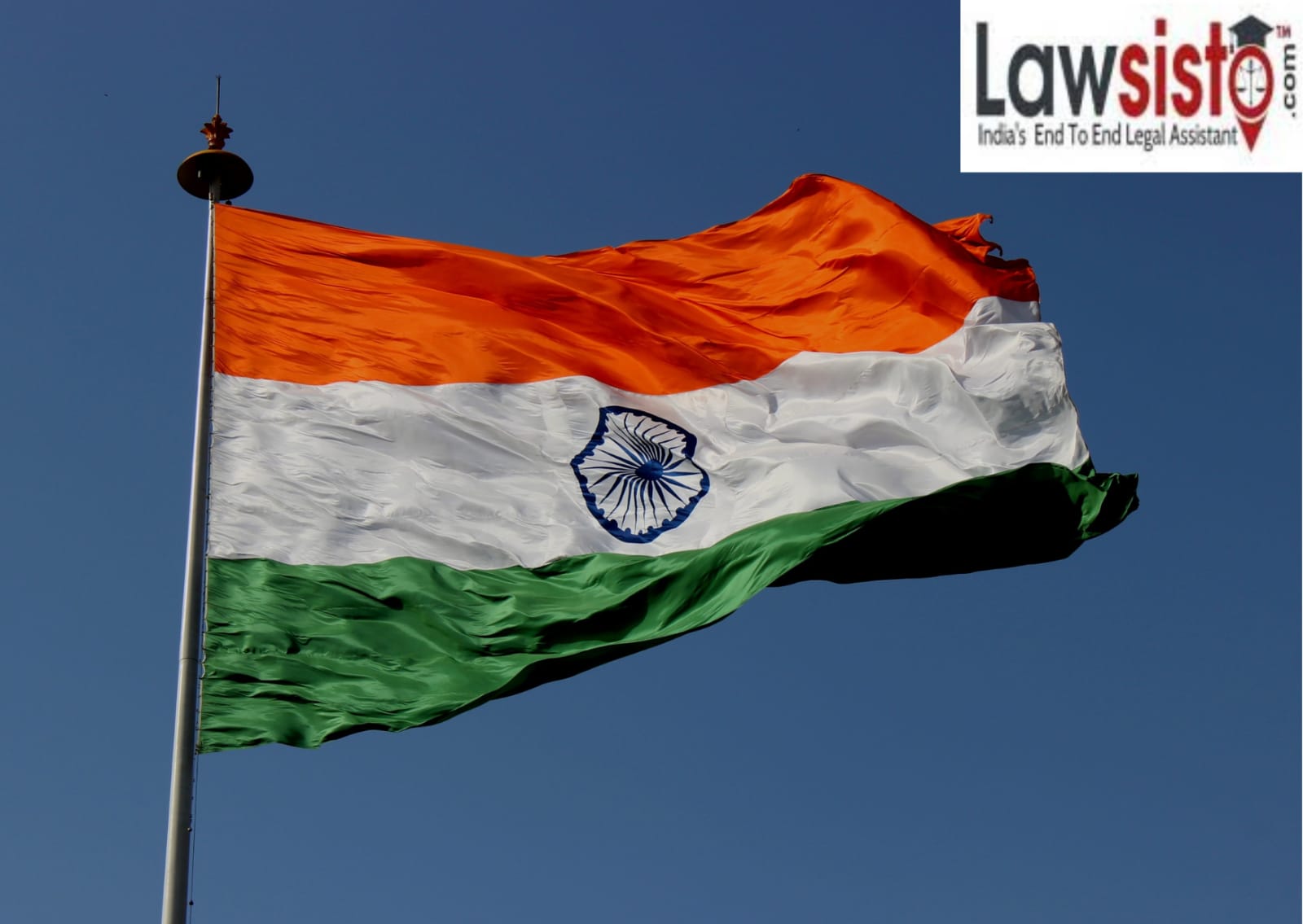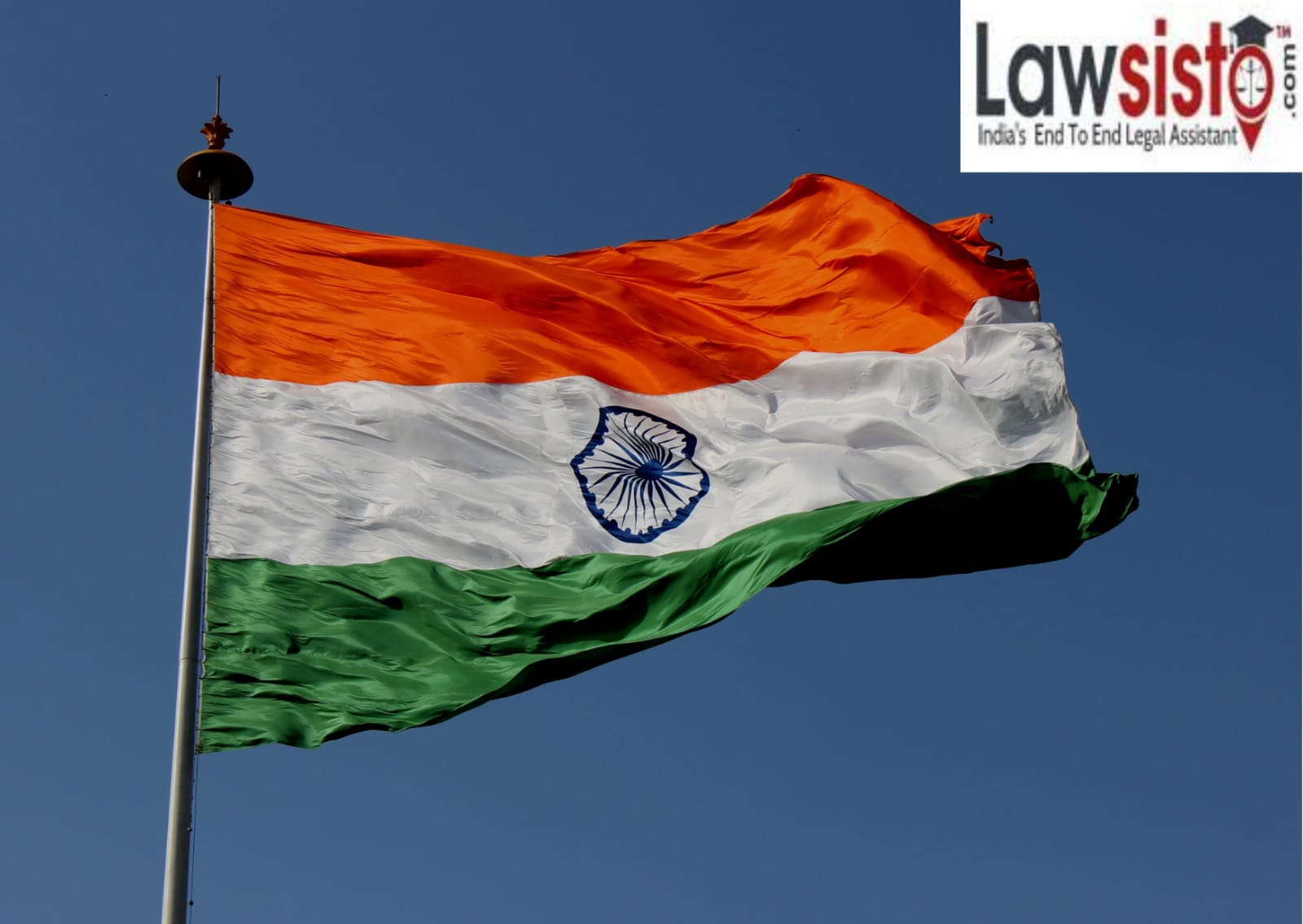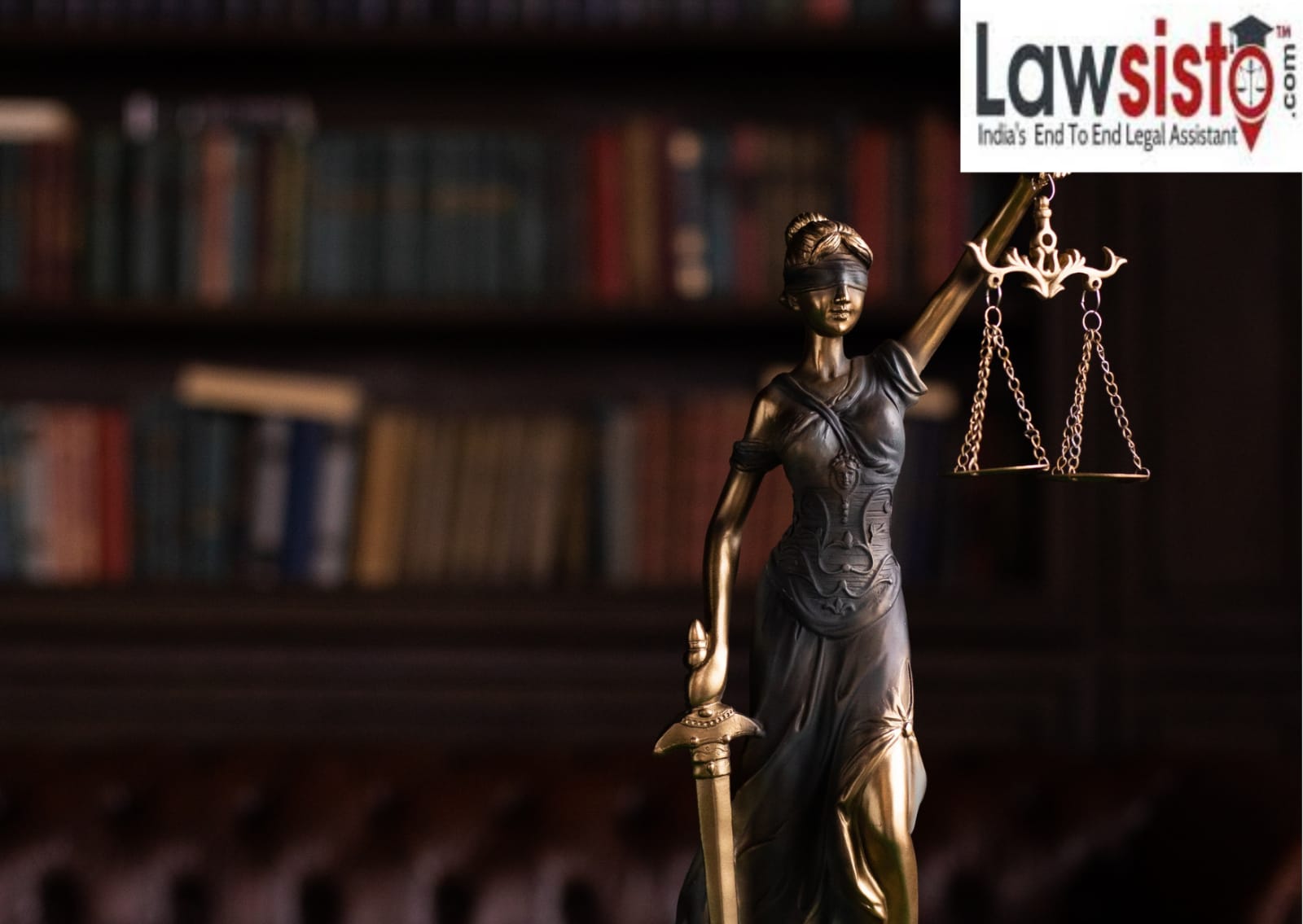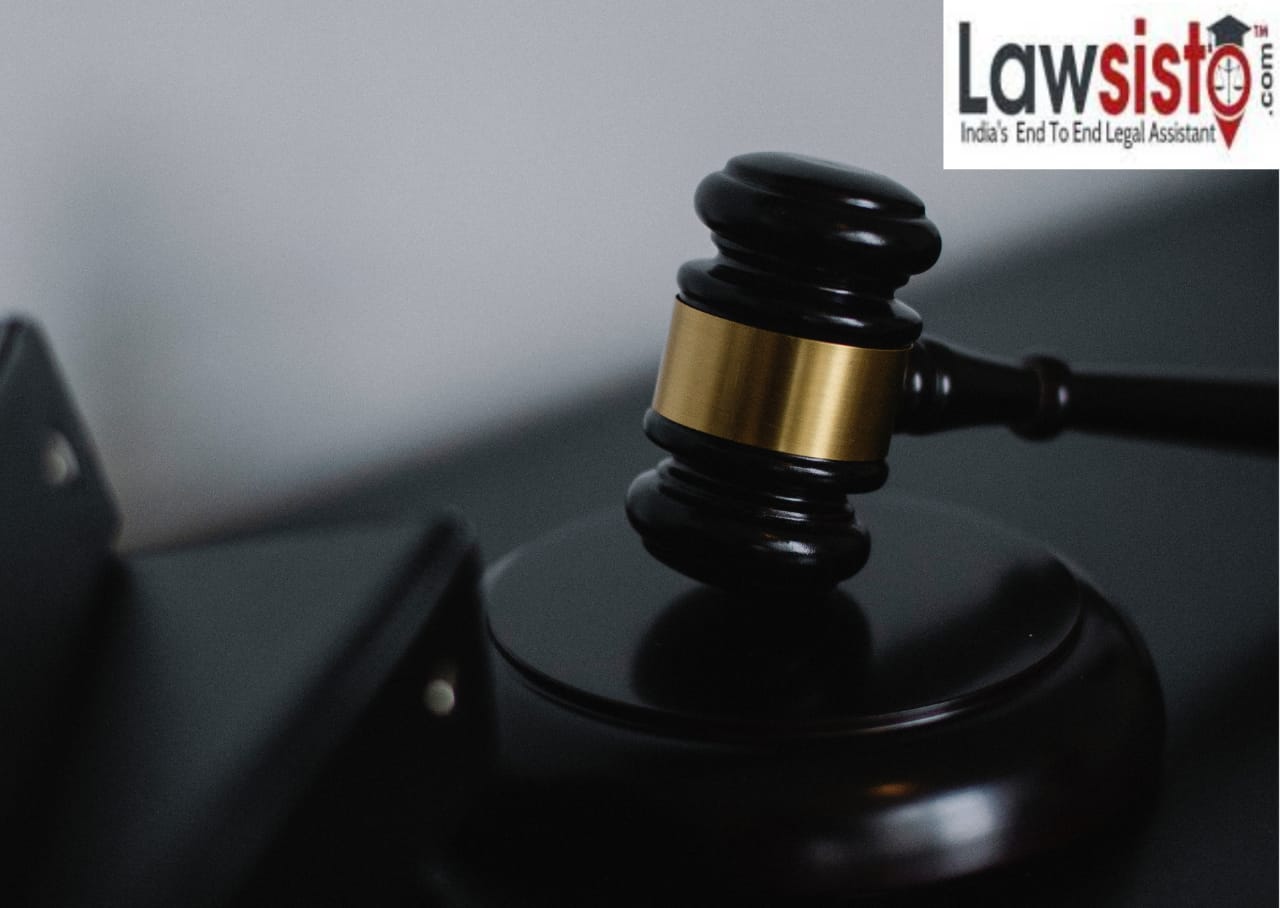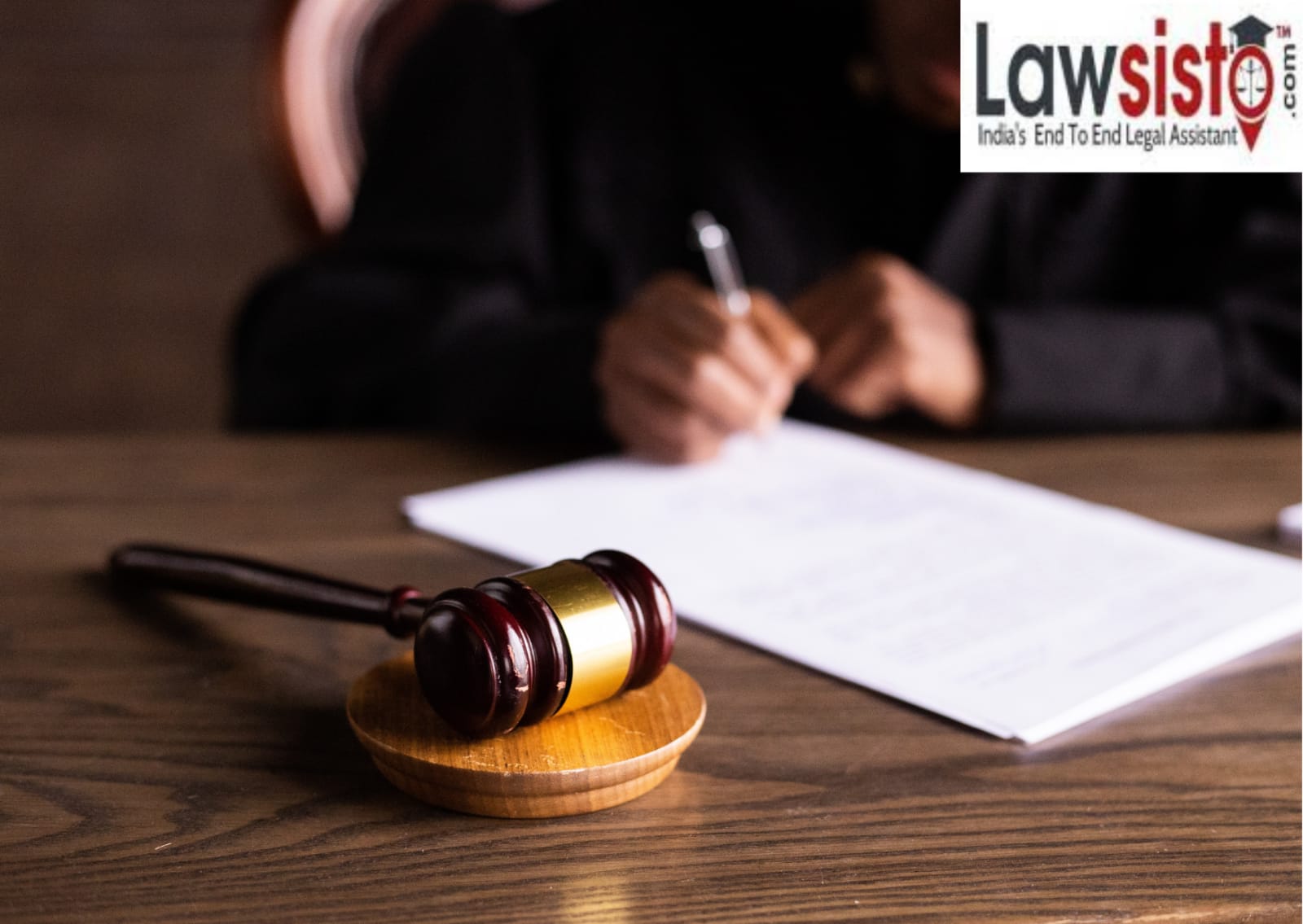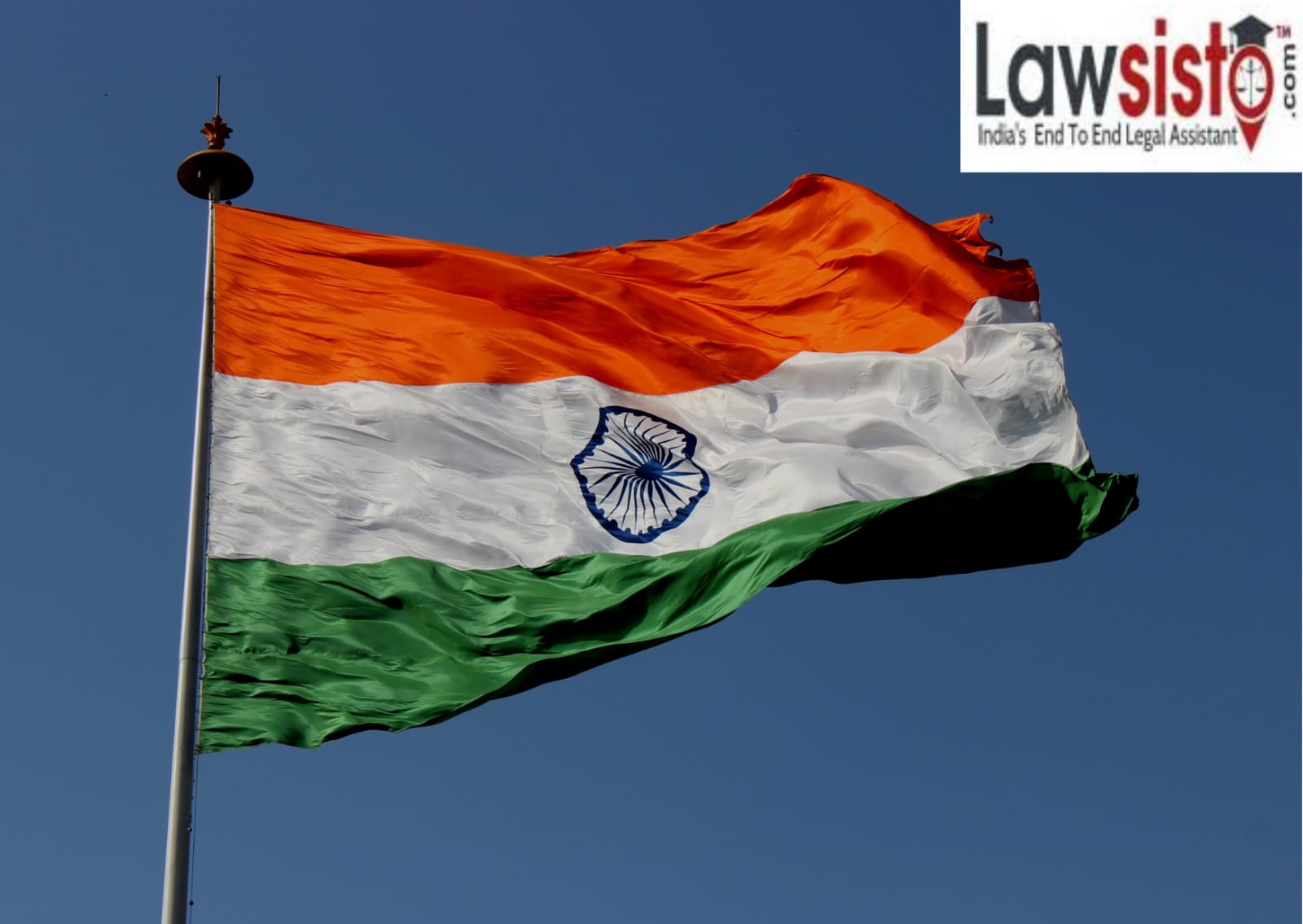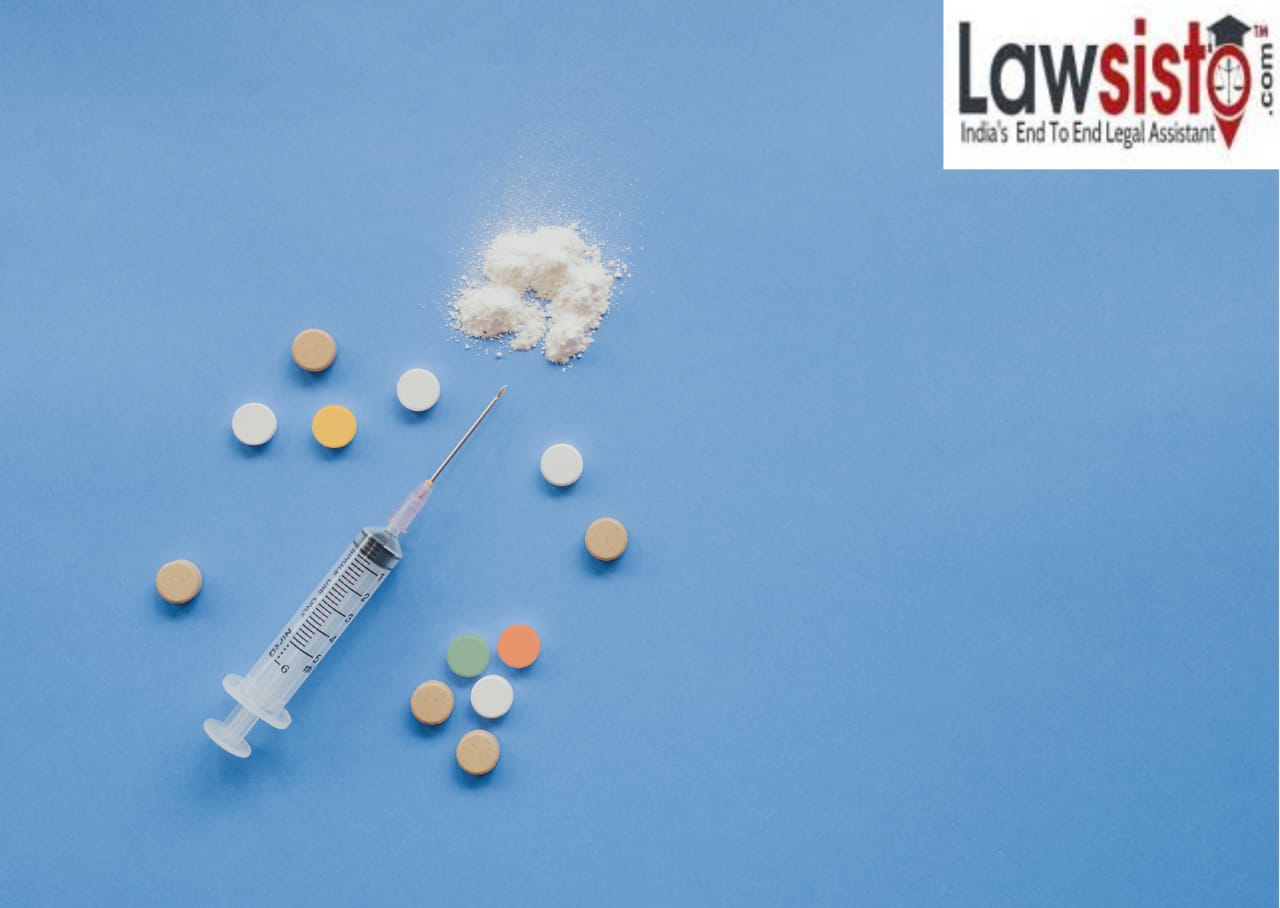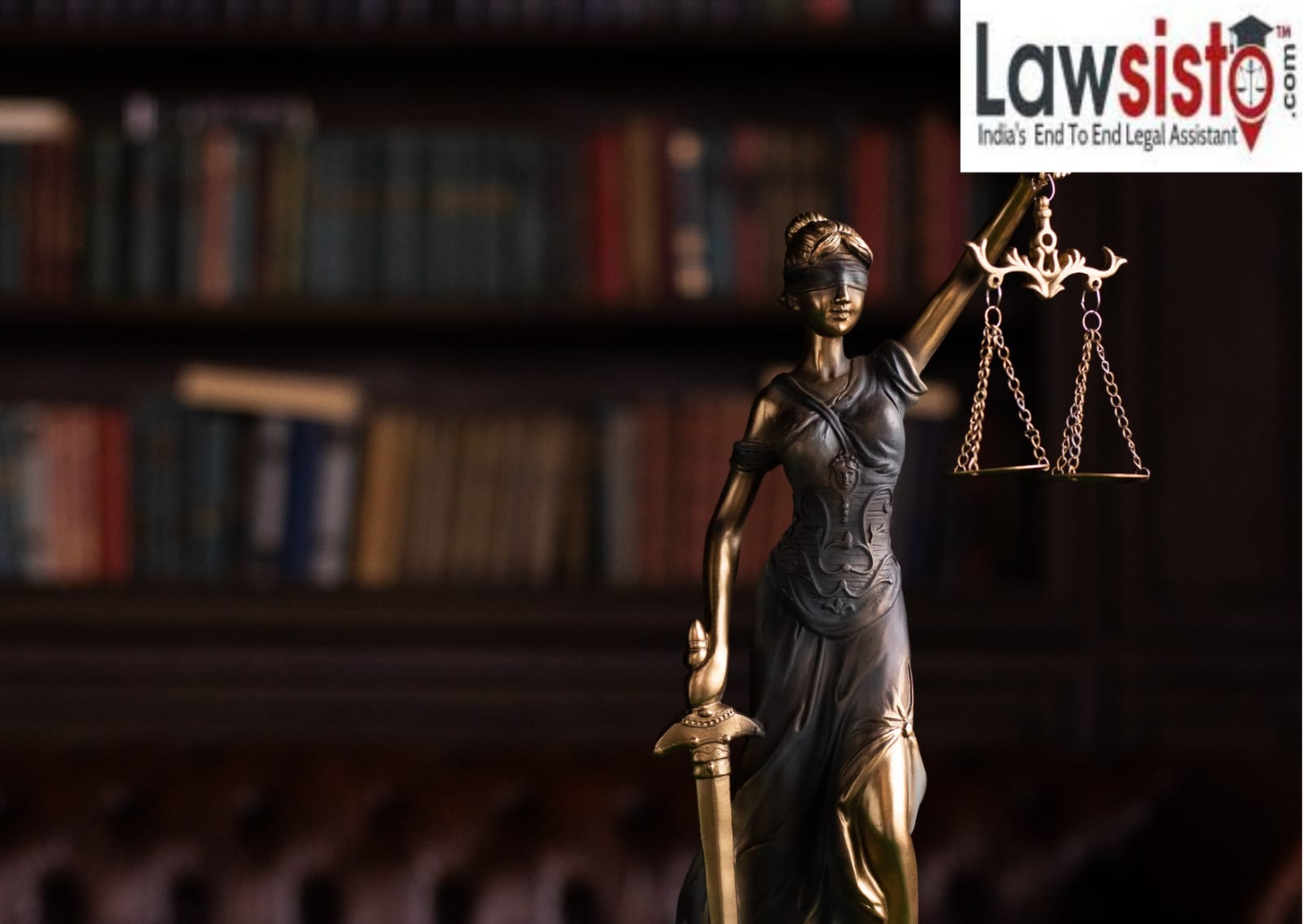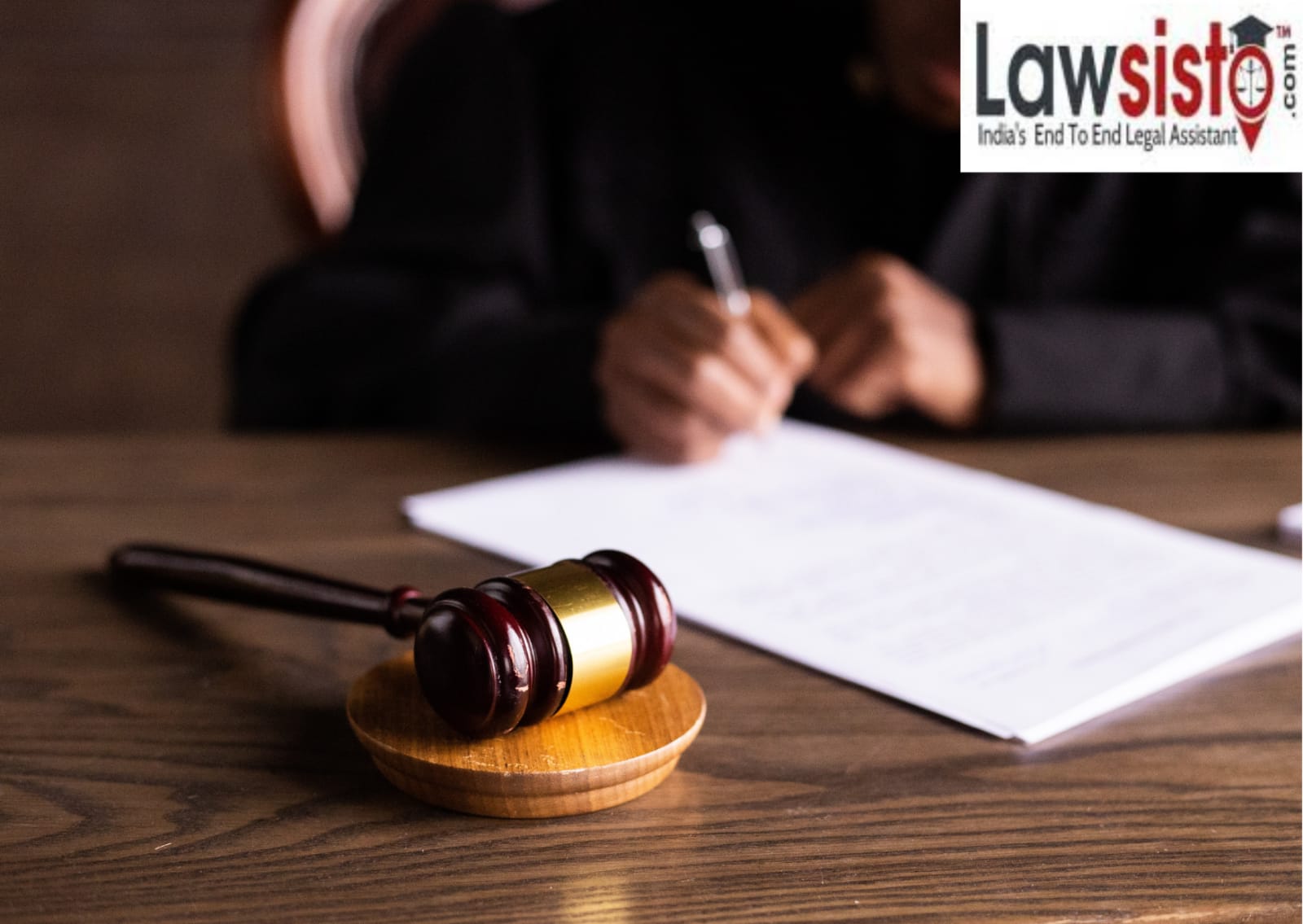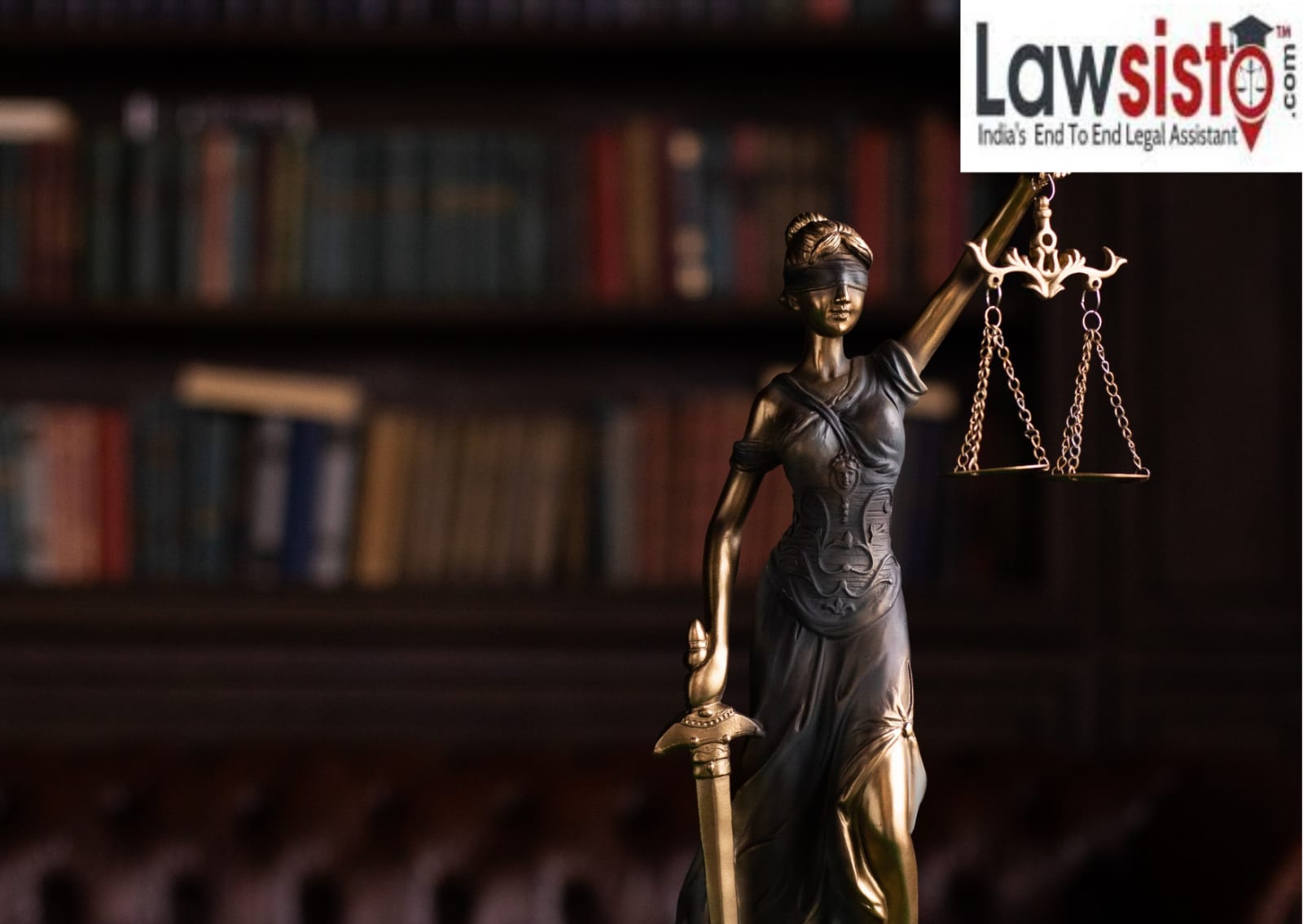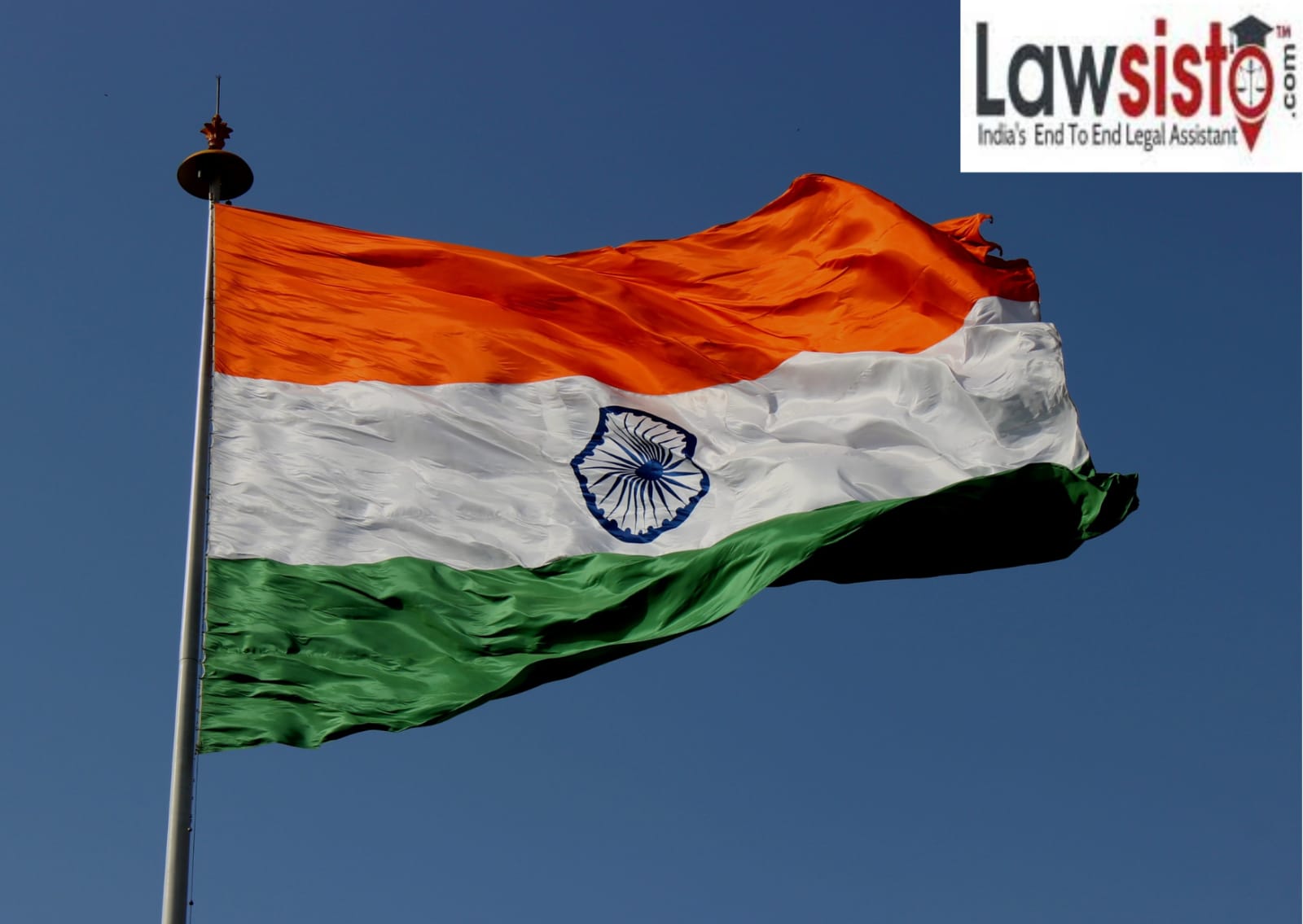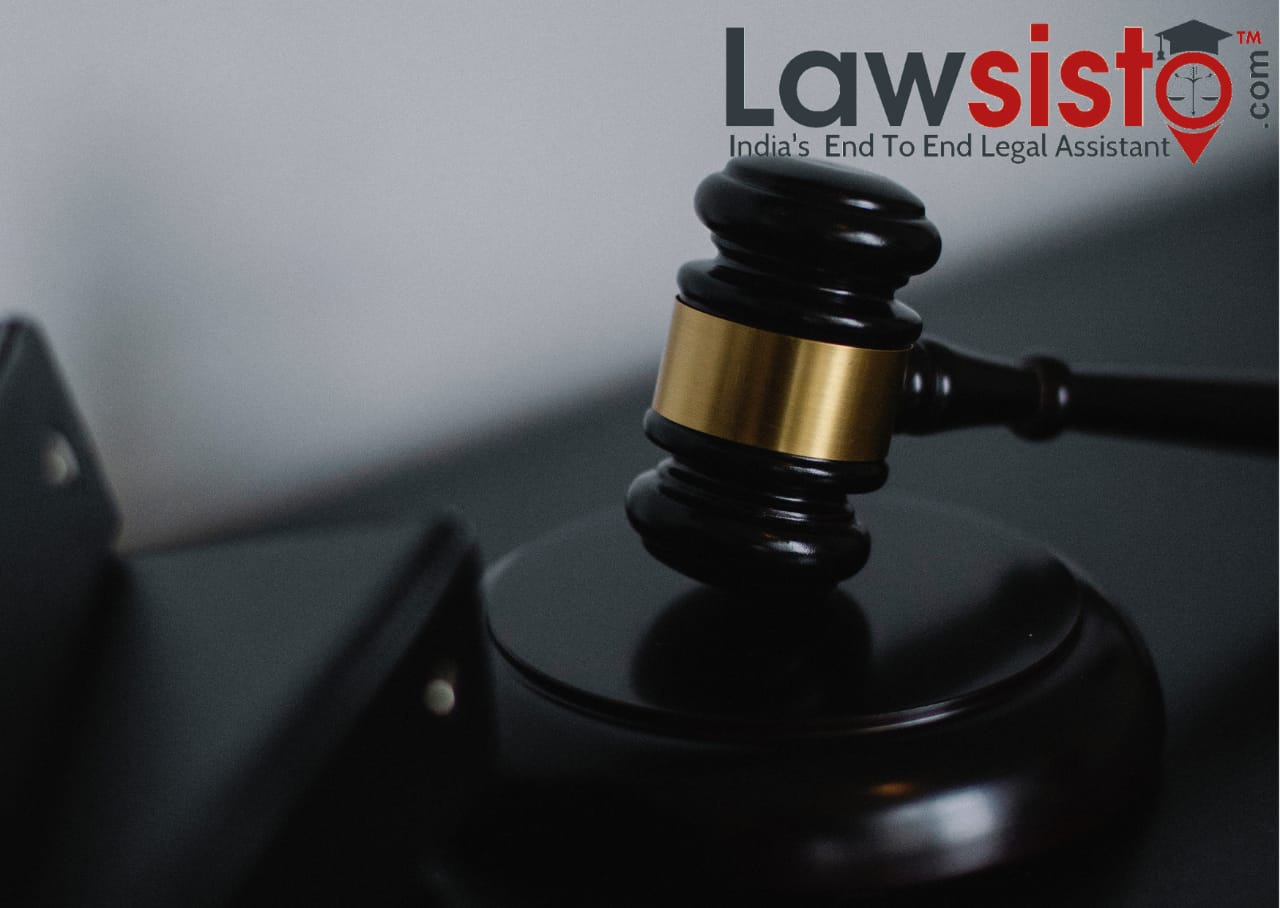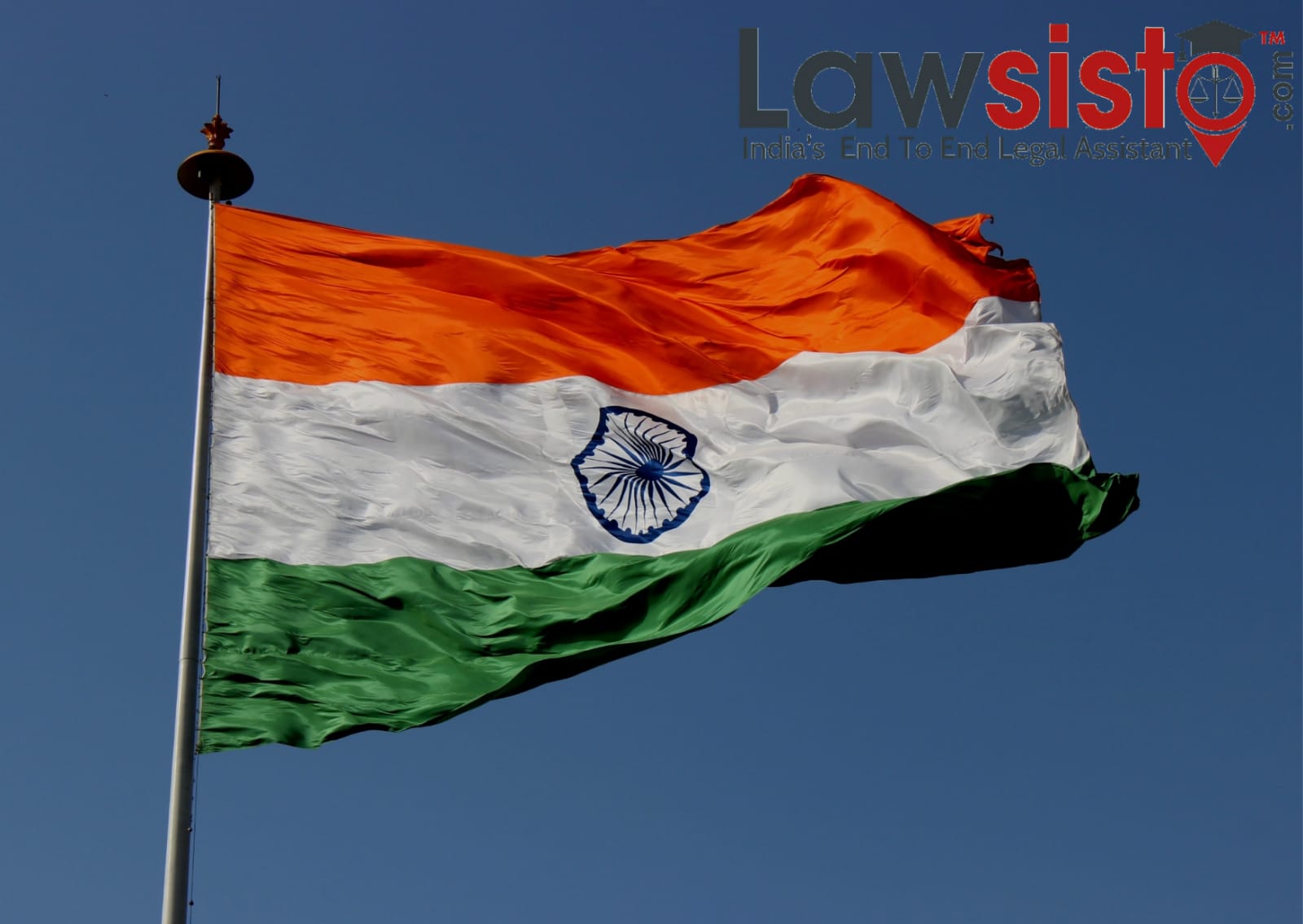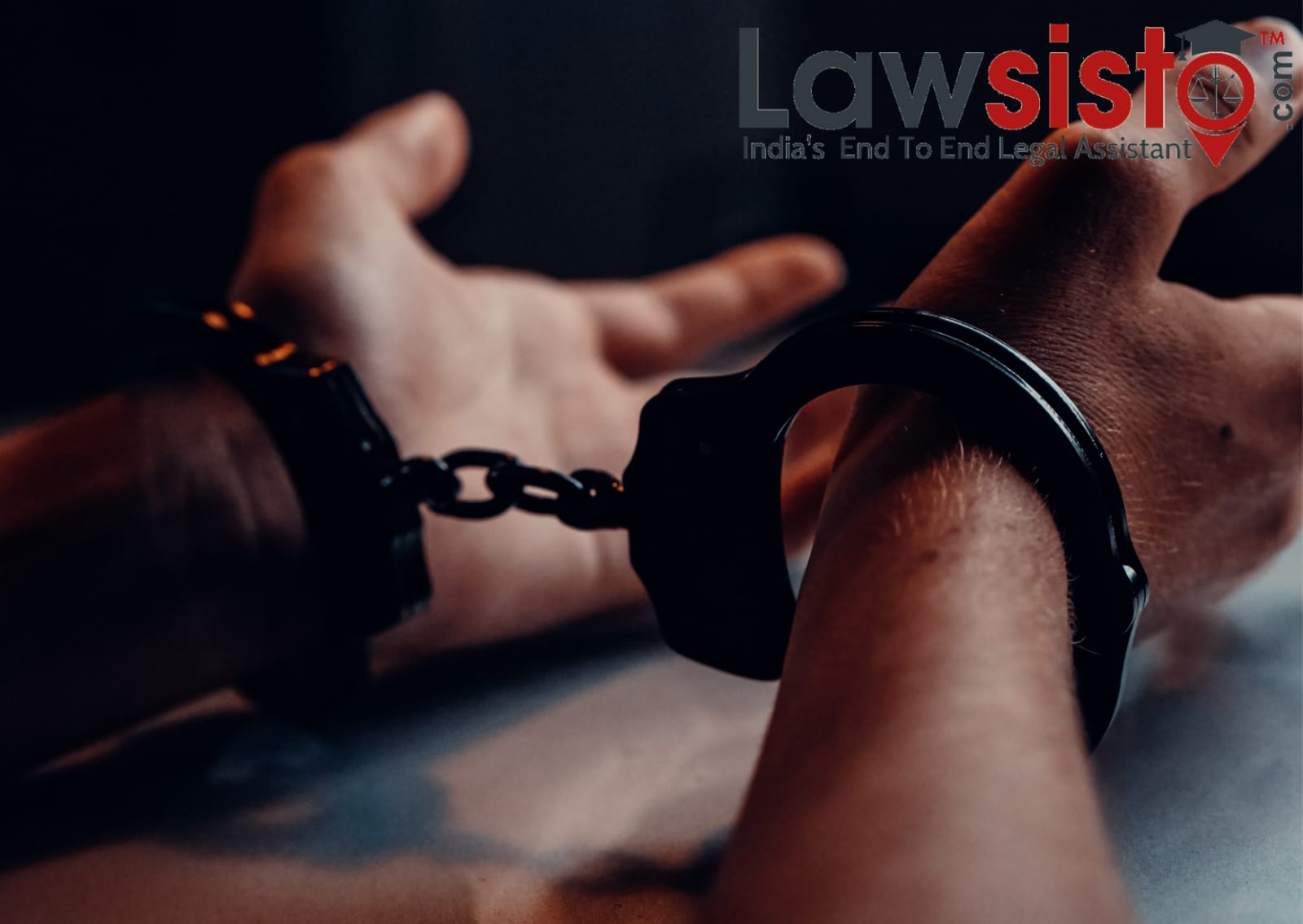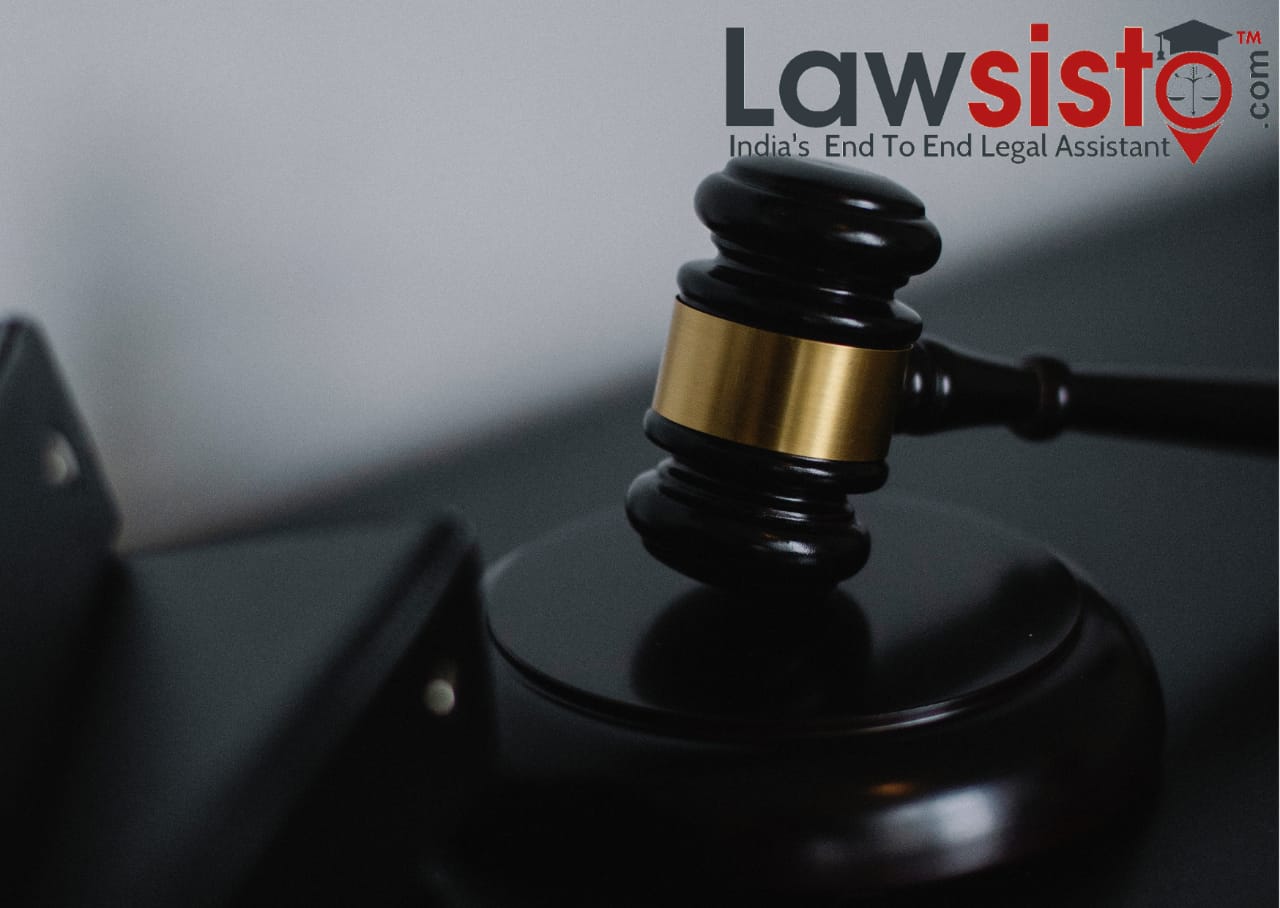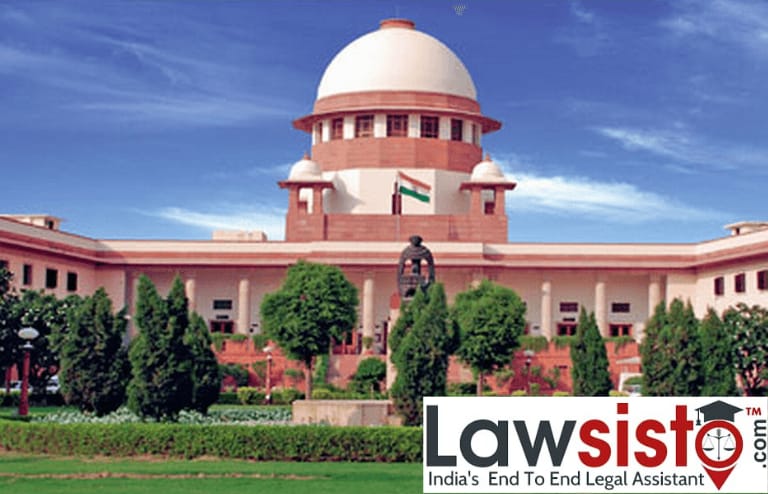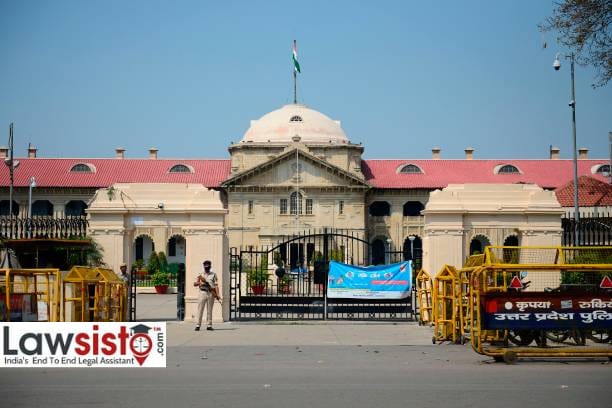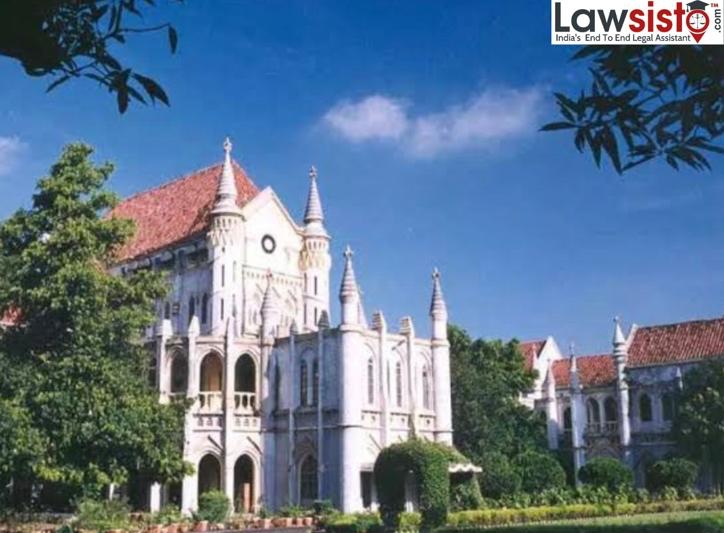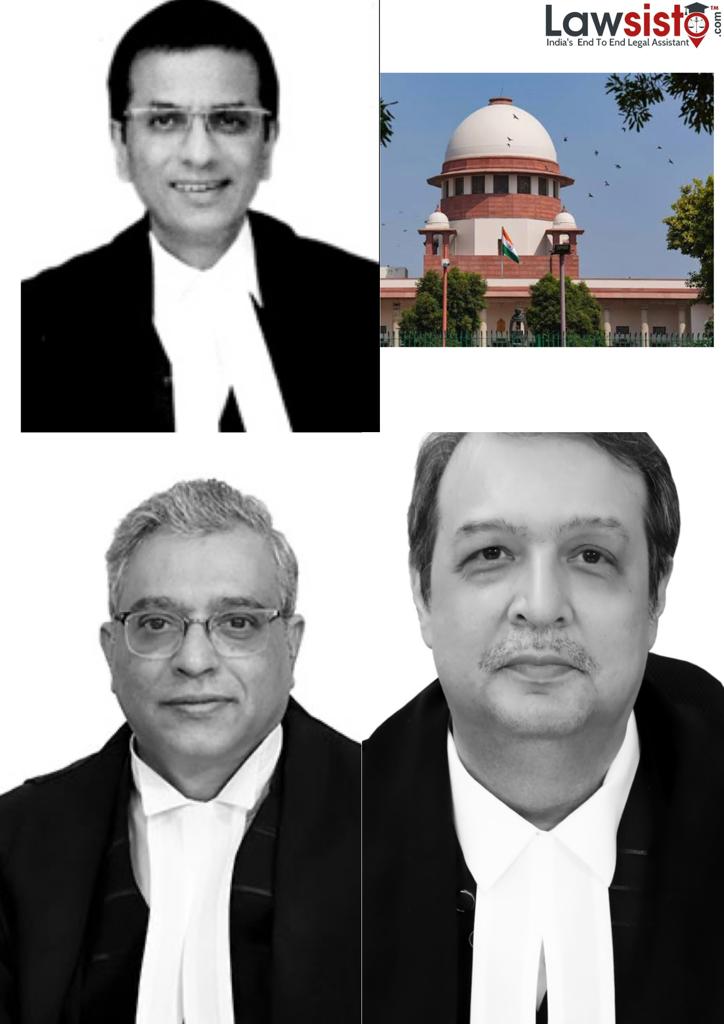Latest News
Winding up Rules Amended

In this post, the author seeks to analyze this judgment and also the impact it will have on the parties involved in an insolvency process.
The most Antagonistic issues after the sanctioning of the Insolvency and Bankruptcy Code, 2016 ('IBC') has been concerning the exchange of forthcoming 'wrapping up' procedures to the National Company Law Tribunal (‘NCLT’). Section 434 of the companies Act, 2013 (‘Act’) delineates the mechanism of transferring such proceedings from the district court or high court to the NCLT. Here, this section came into power in 2016 and has gone through various alterations, the latest being the inclusion of the fifth proviso to sec 434(1)(c) of the Act, through the IBC (Second Amendment) Act, 2018. A short time ago, in the case of Kaledonia Jute and Fibres Pvt. Ltd. v. Axis Nirman and Industries Ltd., a three-judge bench of the Supreme Court served an absolute judgment concerning the application of the fifth proviso of section 434(1)(c).
Facts:
Girdhar Trading Co. (the second respondent) approached the Allahabad high court under section 433(e) of the companies Act, 1956 by filing a petition against Axis Nirman which couldn’t repay its debts. The petition was admitted and therefore the high court ordered the winding up of the company and appointed a liquidator for taking up the assets and book of accounts of the company further. Axis Nirman applied for a take-back of the order. To prove its bona fides, it paid the whole amount due to Girdhar Trading, alongside the costs as well. Consequently, the high court stayed the operation of the earlier winding up the order but directed the liquidator to be in custody over the assets. Amidst this, Kaledonia Ltd, a financial creditor of Axis Nirman, moved an application under section 7 of the IBC claiming that the company has did not pay Rs.32 lakhs due to it. Further, Kaledonia moved an application before the Allahabad supreme court for transferring the completing petition of Axis Nirman to the NCLT, Allahabad. The transfer appeal was dismissed on the sole ground that a winding-up order had just been passed, after the following requirement under the Companies (Court) Rules, 1959. It is against this order that an appeal was filed before the Supreme Court.
Issues before the Supreme Court:
The issues framed for the matter before the Supreme Court were:
- Firstly, whether the pending winding-up proceedings against Axis Nirman can be transferred from the high court to the NCLT; and
- Secondly, at whose instance such proceedings could be transferred.
Judgment:
Before digging into the issues, the Court thought about the framework of section 434 of the Act. The Court expressed that segment 434(1)(c) of the Act administers the exchange of forthcoming wrapping up procedures, among different kinds of procedures comparably. The Court additionally expressed that the sub-conditions are comprehensive in character and not thorough in its application since it contains the words "all procedures under the Companies Act, 1956”, accordingly not restricting its application to the procedures referenced inside the sub-section."
When we read sec 434(1)(c) under the purview of winding up, the first provision clearly determines that the trading of such strategies will be made at the stage of the procedure prescribed by the Central Government and sec 434 (2) of the Act empowers the Central Government to forms rules and procedures which mandate such transfers. The Companies (Transfer of pending proceedings) Rules, 2016 was issued under sec 434 (2) of the Act.
The transfer of winding up proceedings and other kinds of proceedings are mandated by these rules mentioned in section 434(1)(c) of the Act. The proceedings with the transfer of pending winding up will be commenced under Rule 5 on the ground of inability to pay debts. As per rule 5, pending winding-up proceedings can be transferred from the high court to the NCLT, only if the petition has not been served on the respondent under rule 26 of the Companies (Court) Rules, 1959. In the case of Forech India v. Edelweiss Assets Reconstruction, the Supreme Court clearly stated that the petition under rules 26 and 27 of the Companies (Court) Rules, 1959 referred to an equivalent made in the pre-admission scenario. Thus, it had been clear that a pending winding-up proceeding before a high court couldn't be transferred to the NCLT if a pre-admission petition was already served to the respondent.
However, the fifth proviso to section 434(1)(c) permitted a transfer of winding up proceedings to the NCLT(immediately before the IBC Ordinance, 2018) notwithstanding the stage of such proceedings. This stipulation empowers ‘any party or parties’ related with the winding-up proceedings to transfer such proceedings to the NCLT and treat it similar as an application for commencement of corporate insolvency process under the IBC. this alteration in position was also recognized by the Supreme Court in Forech India. However, in the present case, the Supreme Court went a step further and explicitly stated that that the rules stipulated within the Companies (Transfer of Pending Proceedings) Rules, 2016 wouldn't matter to a transfer covered under the fifth proviso to section 434(1)(c). Thus, the sole question remaining before the court was whether Kaledonia’s request for transfer fell under the ambit of the fifth proviso to section 434(1)(c).
To reiterate, Kaledonia was not a petitioning creditor concerning the completing proceedings initiated against Axis Nirman by Girdhar Trading in the Allahabad high court. A separate application was filed under section 7 of the IBC for their claim before the NCLT, Allahabad. Therefore, the court had to contemplate whether it could order a transfer of the winding-up petition at the instance of a non-petitioning creditor.
The Supreme Court barred anyone except a party to the winding-up proceeding to move an application for transfer of the proceedings. The word ‘party’ is anyway not well-defined in either of the Companies Acts, Companies Rules. or any other such allied rules. The court, therefore, adopted a purposive approach and analyzed various provisions of both this and the erstwhile Companies Act to reach its result. According to section 278 of the Companies Act (section 447 of the previous Companies Act, 1956), a winding-up order goes against all the creditors and contributories of the company, as if it's been made on a joint petition. Besides this, the court also noted that under section 292 of the Act (section 460 of the erstwhile Companies Act, 1956), the liquidator is required to contemplate the directions given by the resolution of the creditors. additionally, section 292(4) also empowers a person aggrieved by the decision of the liquidator to approach the NCLT.
After analyzing these provisions, the court concluded that winding-up proceedings are literally proceedings in rem, within which the whole body of creditors may be a party. Thus, the court concluded that the term ‘party’ within the fifth proviso to section 434(1)(c) isn't limited to a petitioning creditor but rather includes the whole body of creditors. The Court acknowledged the conflict of the appellant and allowed the transfer of the winding-up proceedings of Axis Nirman to the NCLT of Allahabad.
This decision is a big step to recognize the rights of a non-participating creditor to apply for a transfer of the winding-up proceedings. It will make sure that a creditor is not deprived of their rights specifically based on their non-participation in the first winding-up proceedings against the debtor. The supreme court also clarified if it turned out a ruckus for both IBC and the Companies Act, it will against the object if parallel proceedings were to take place against a corporate debtor.
Document:
